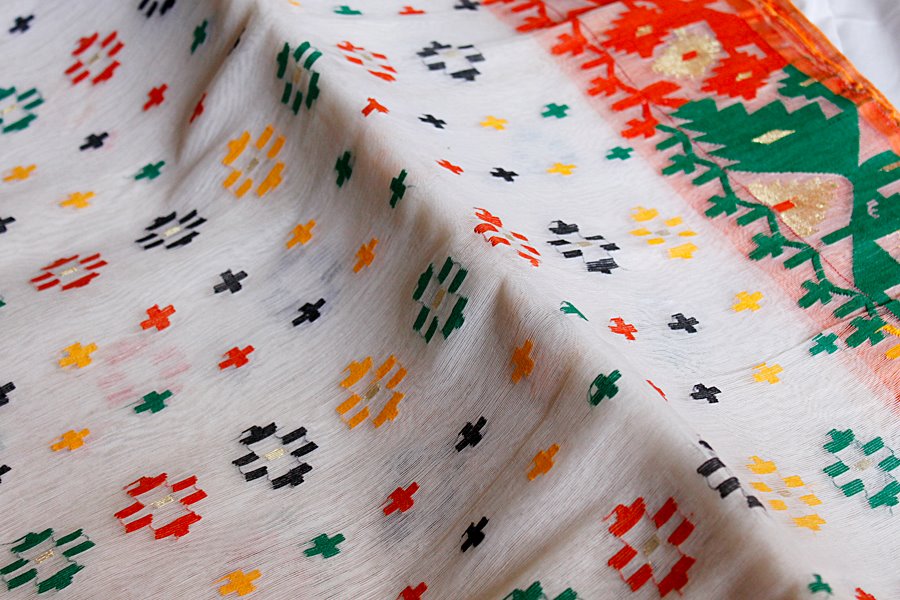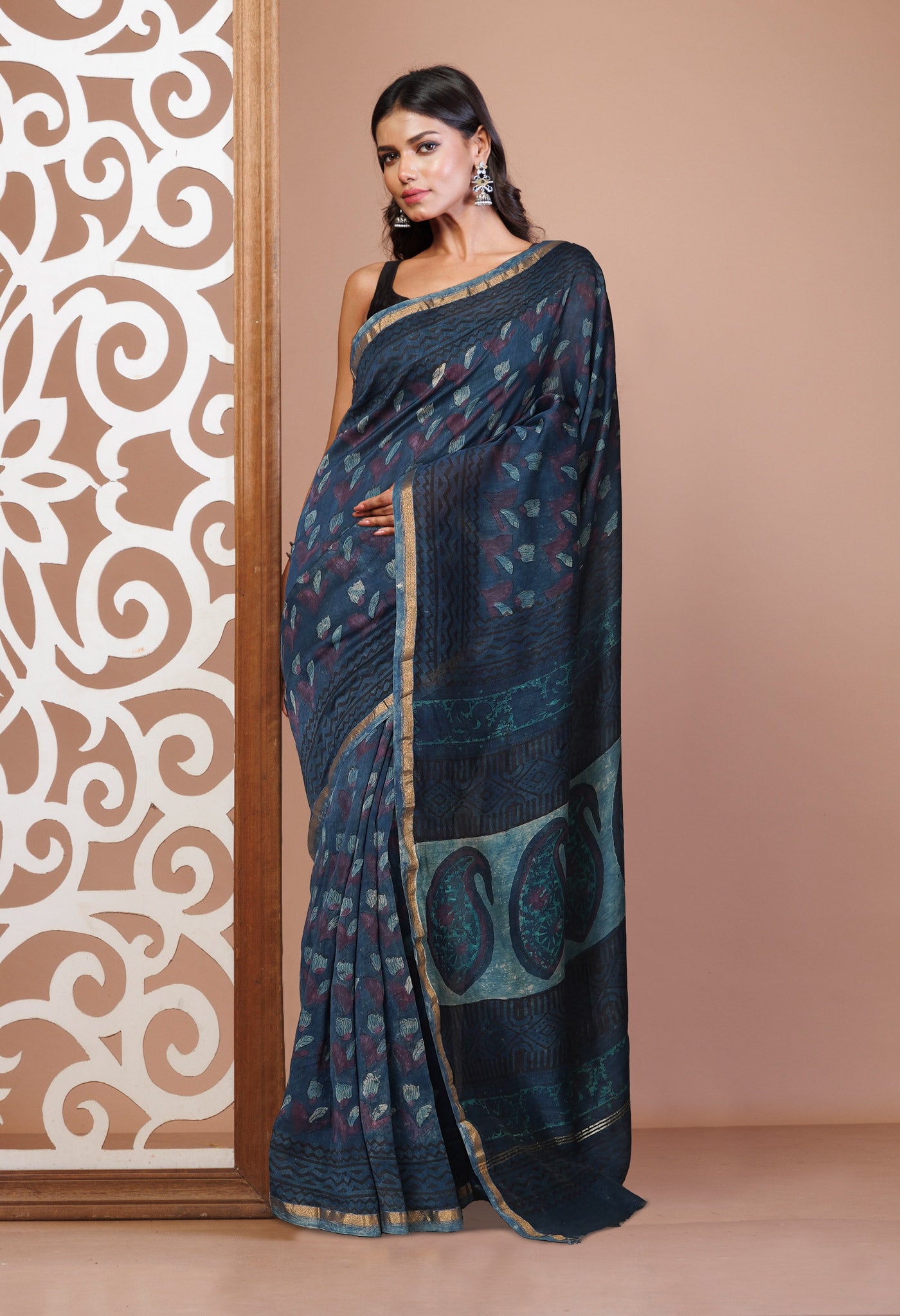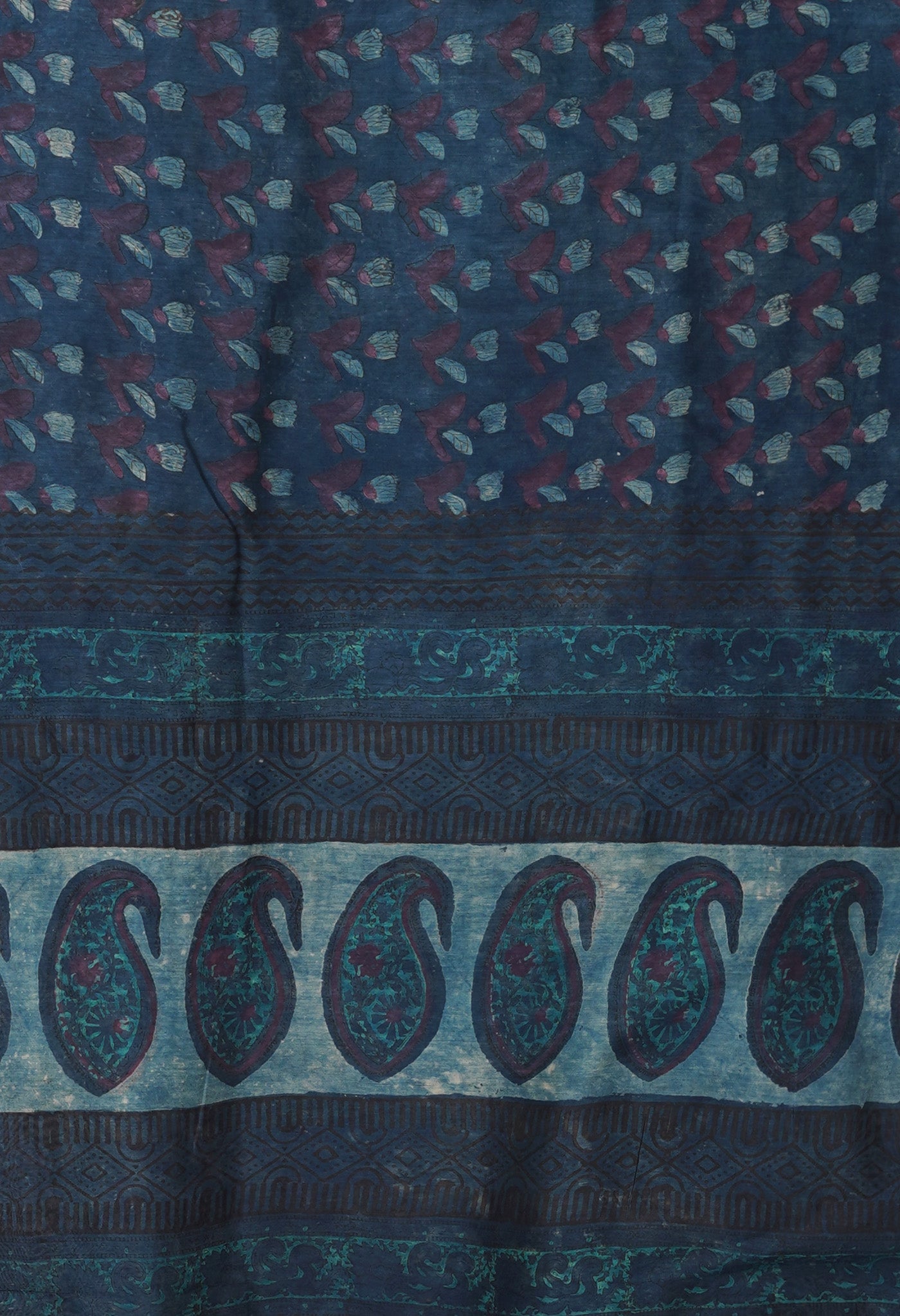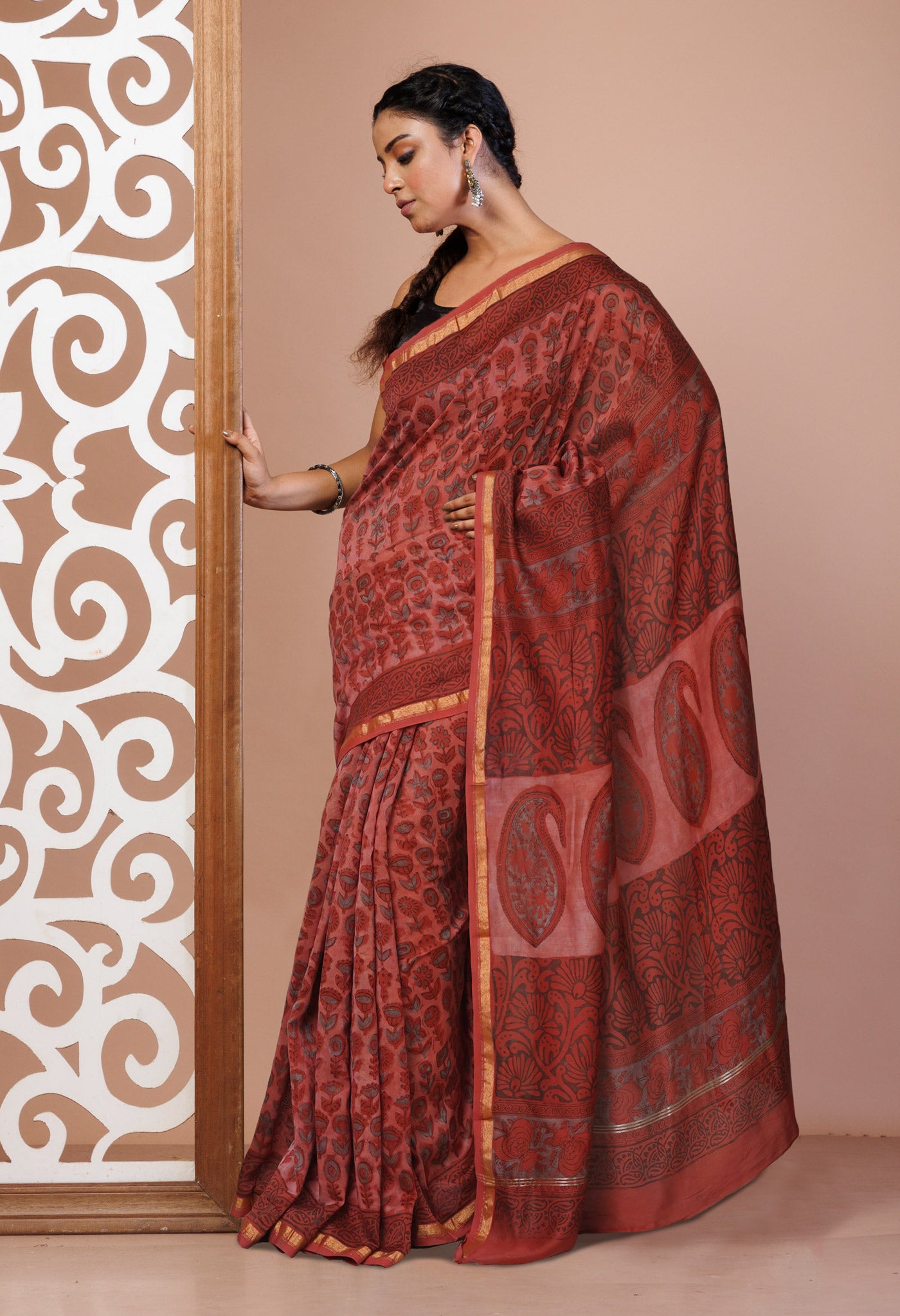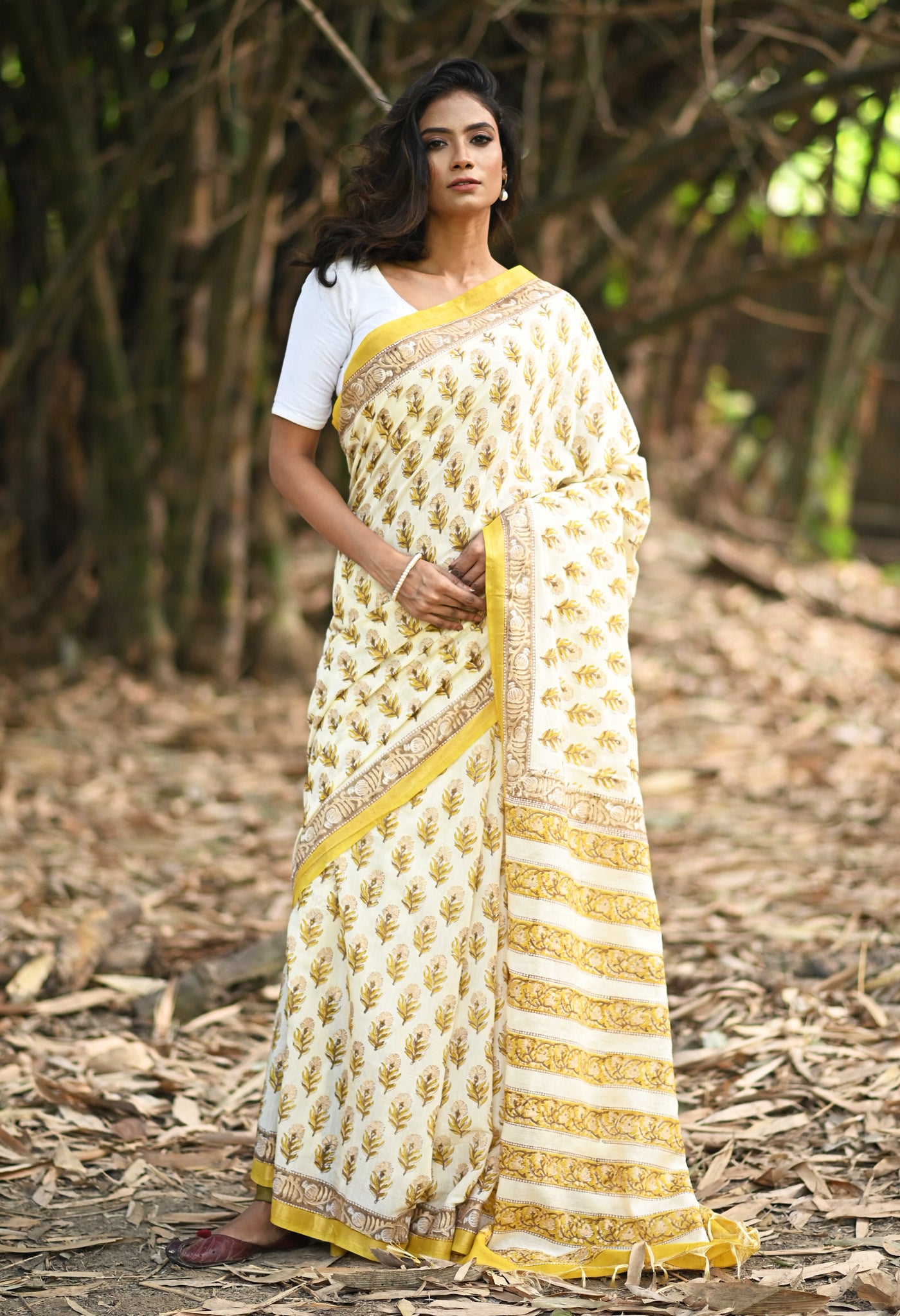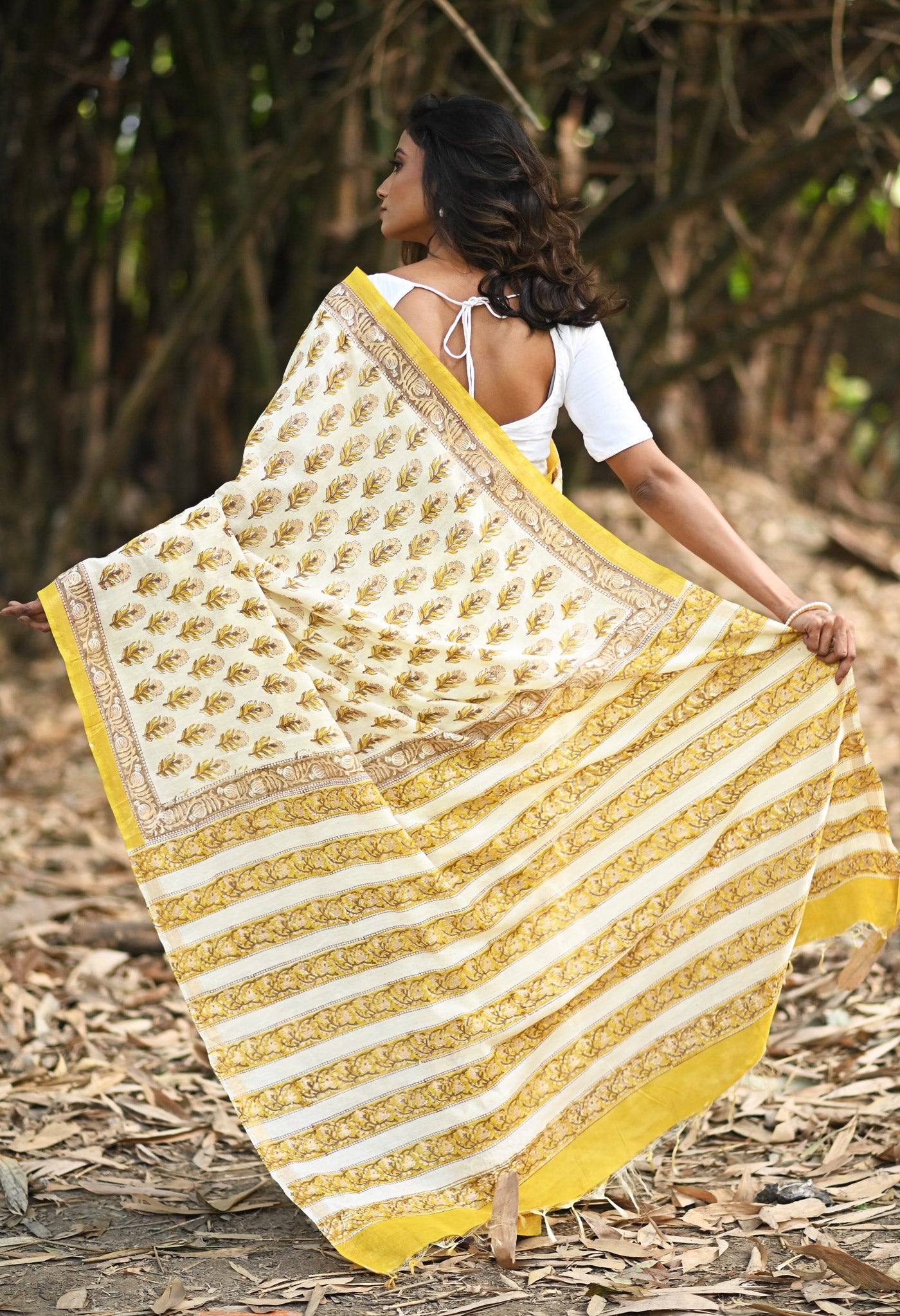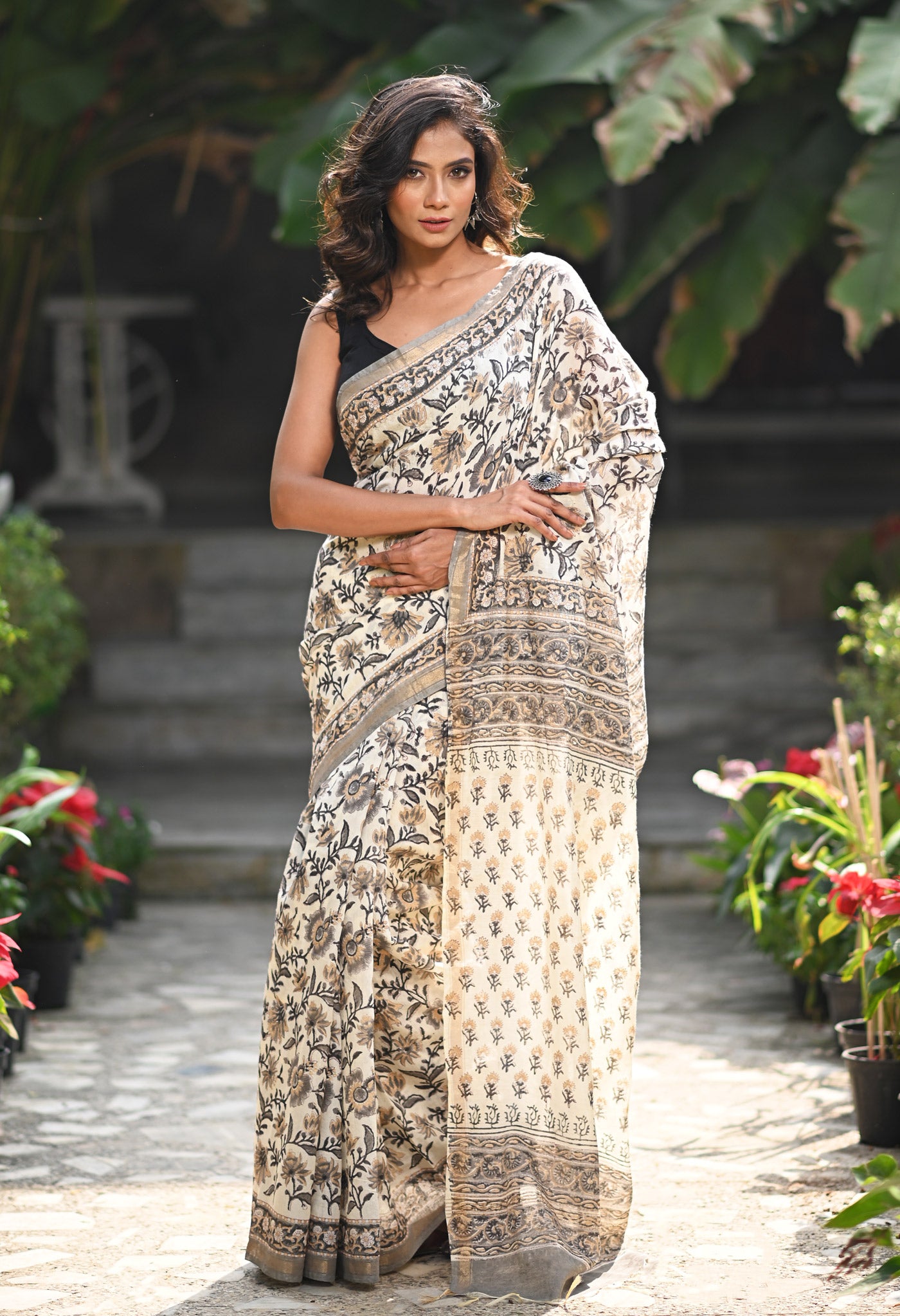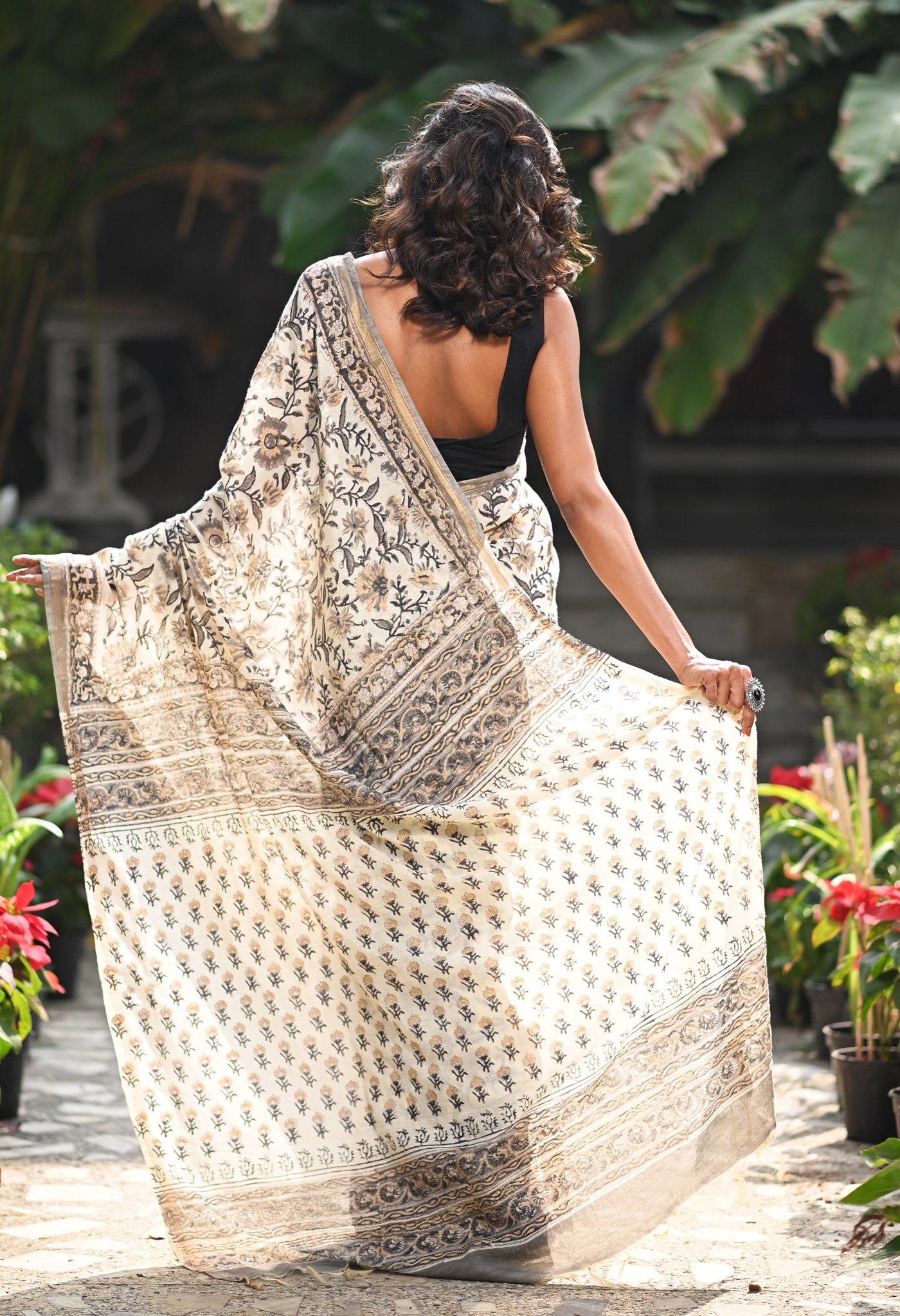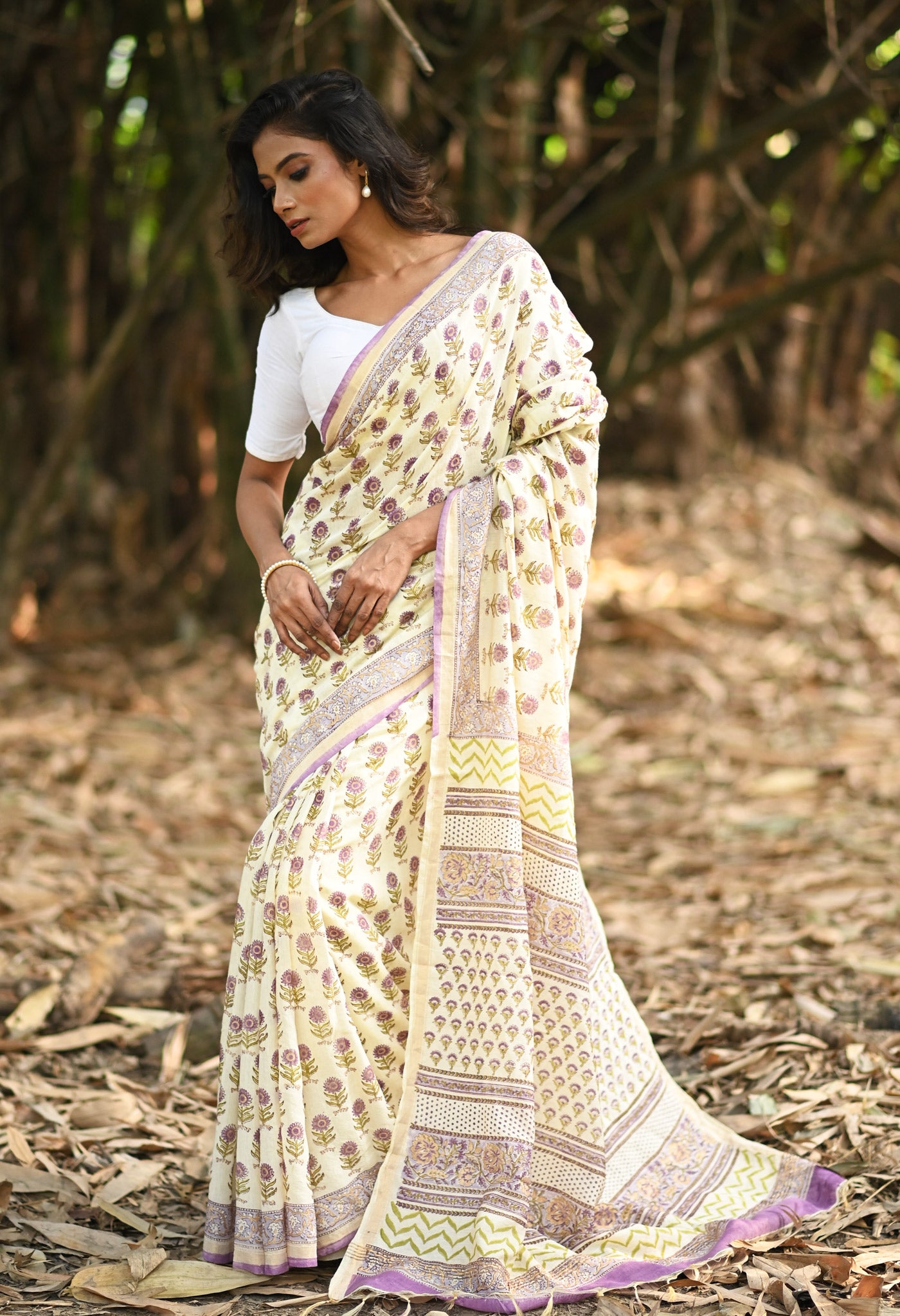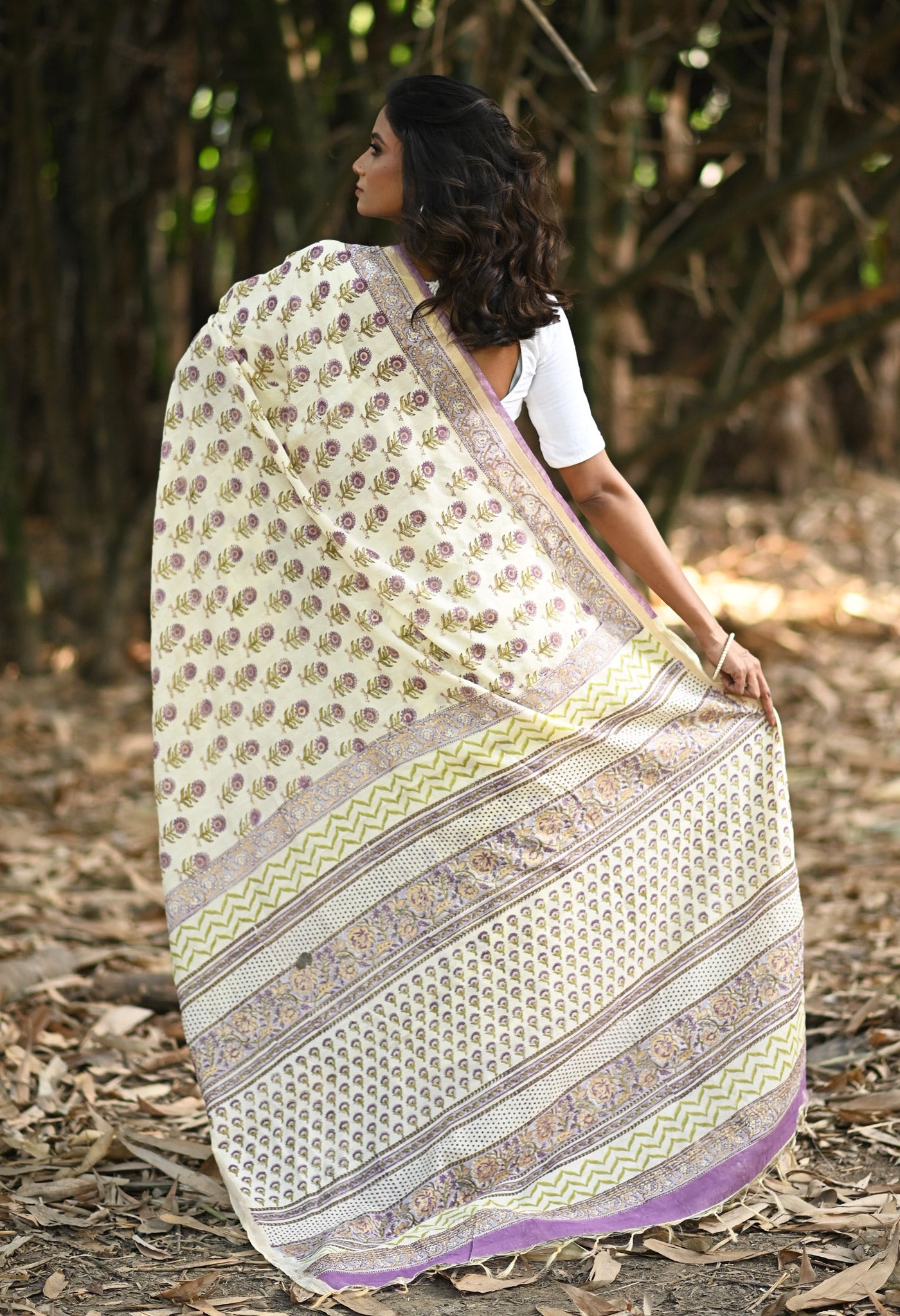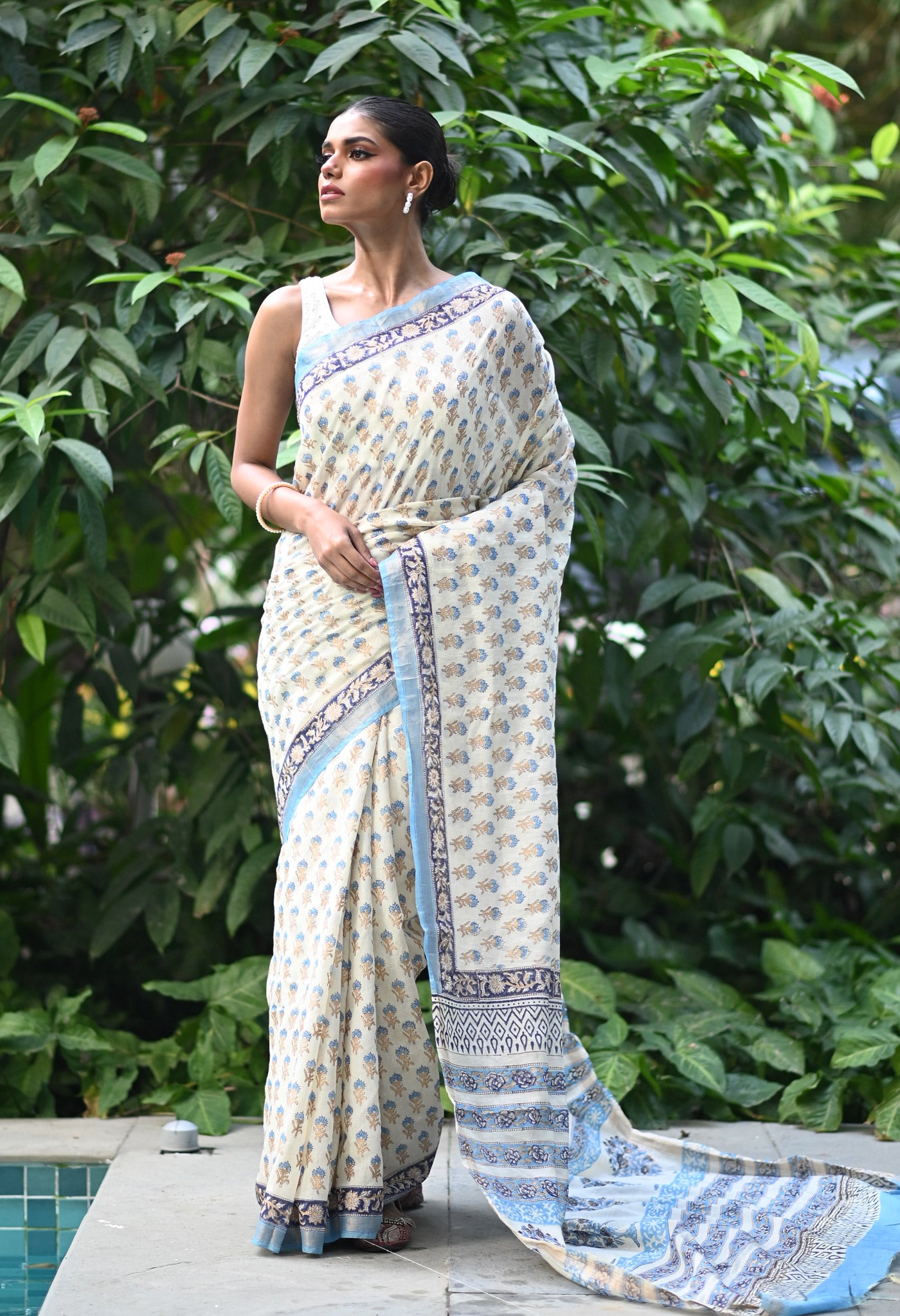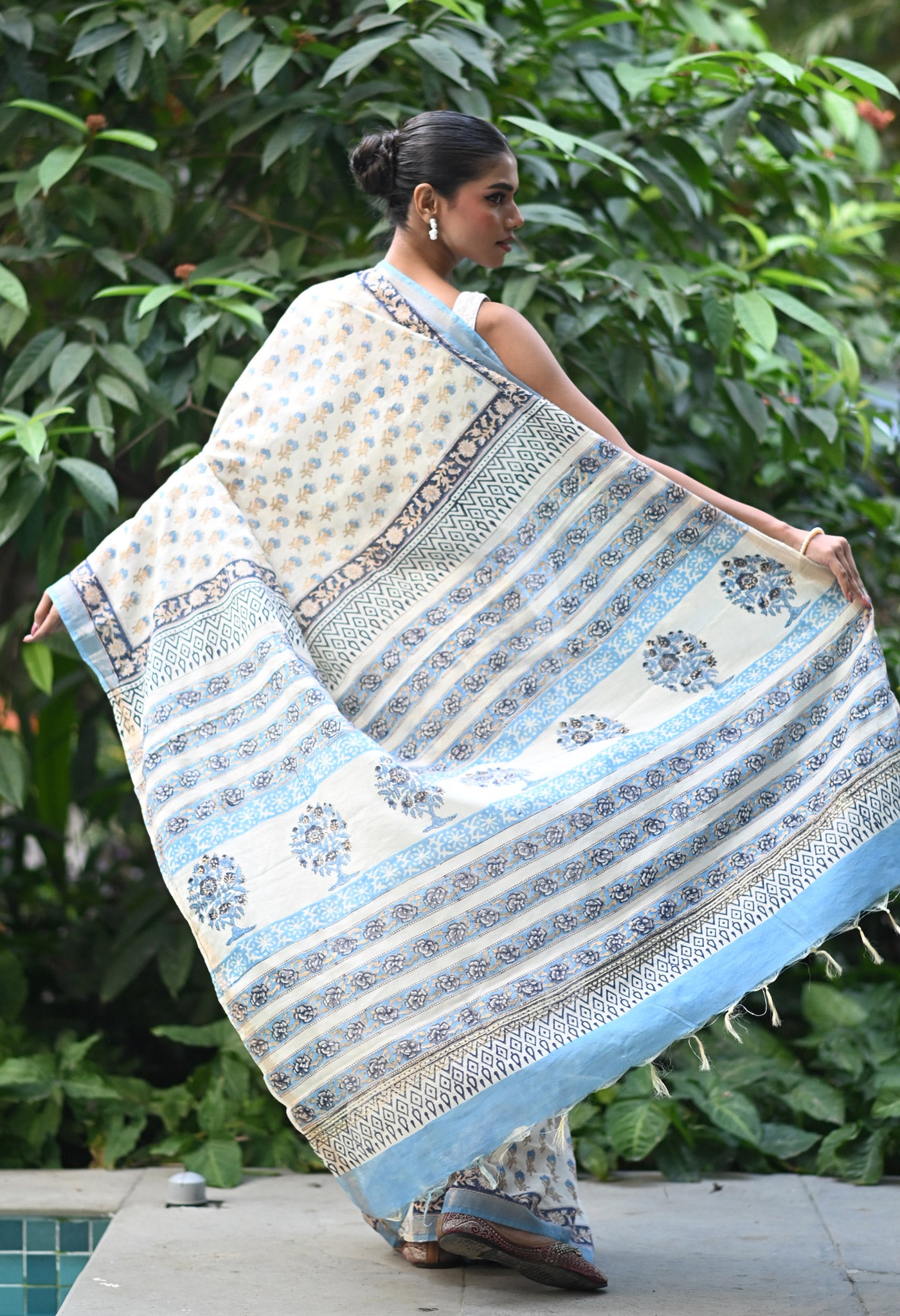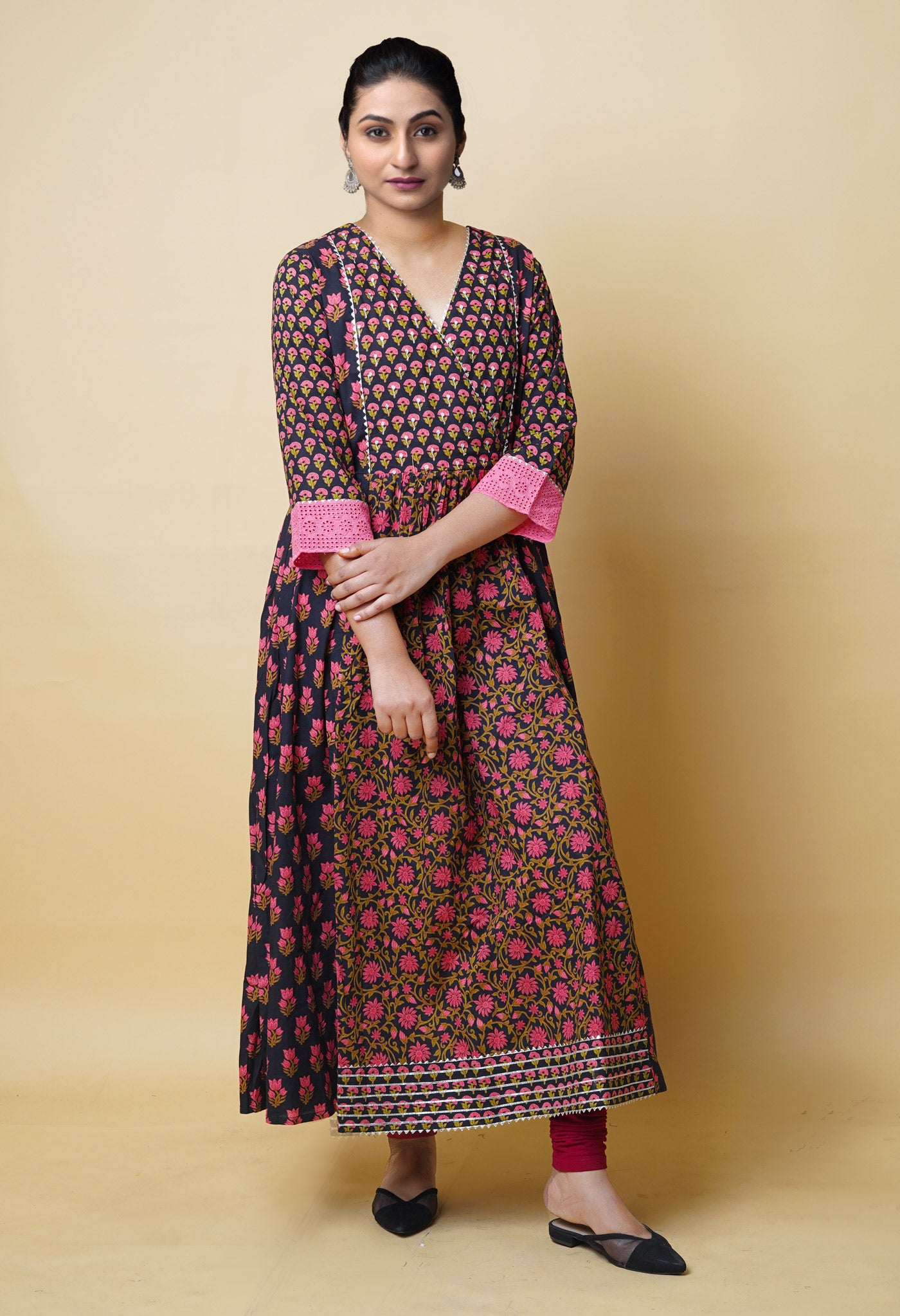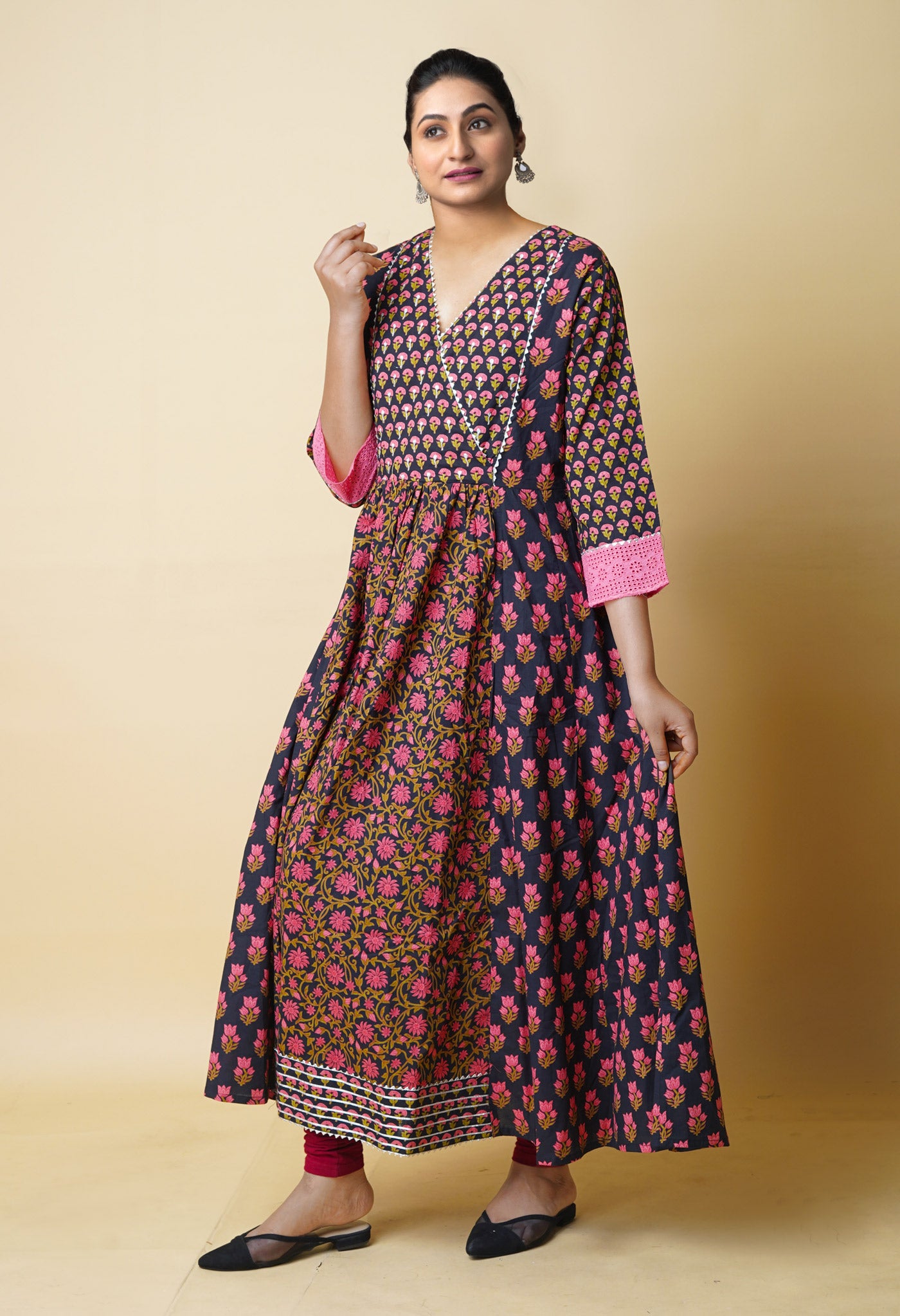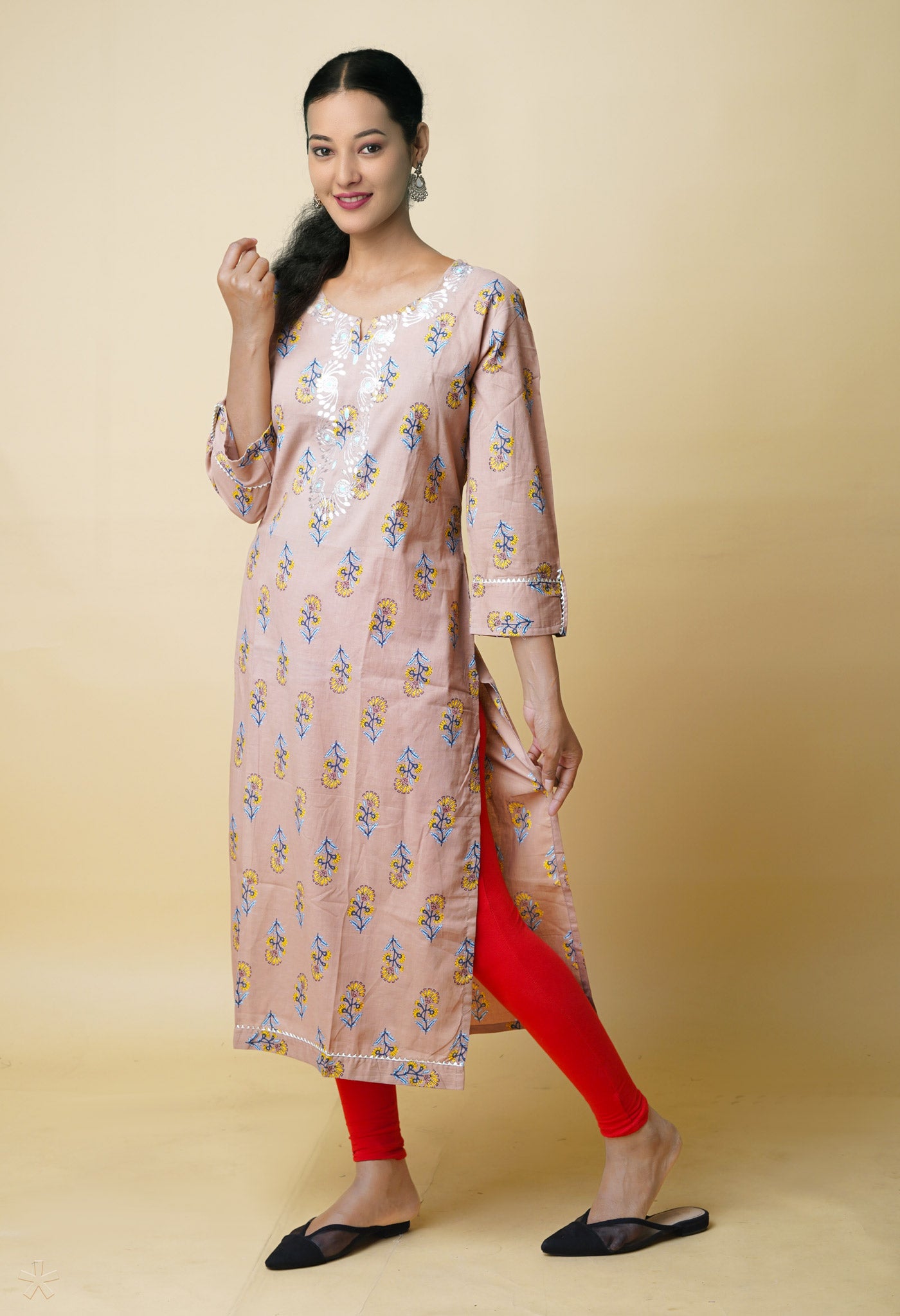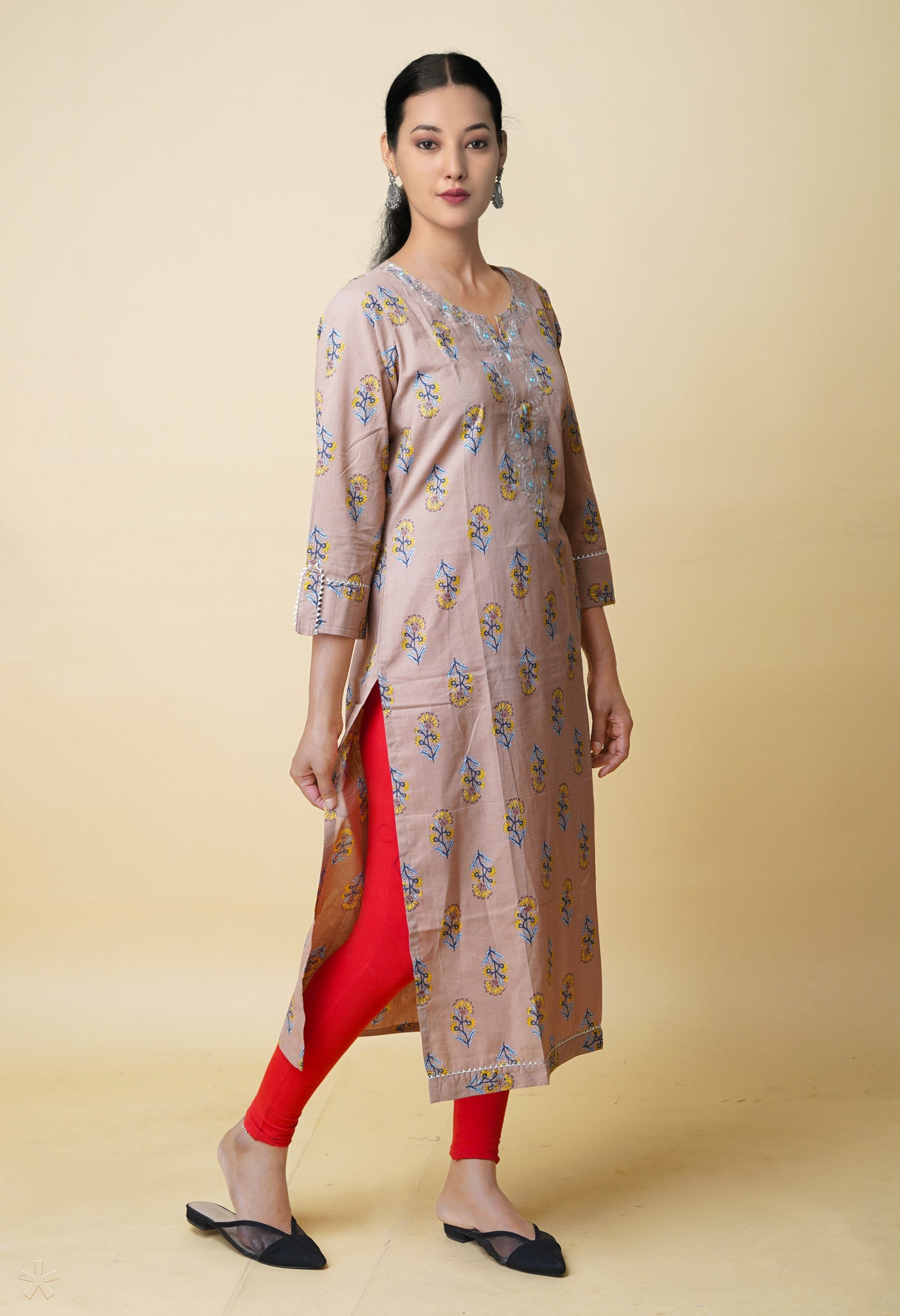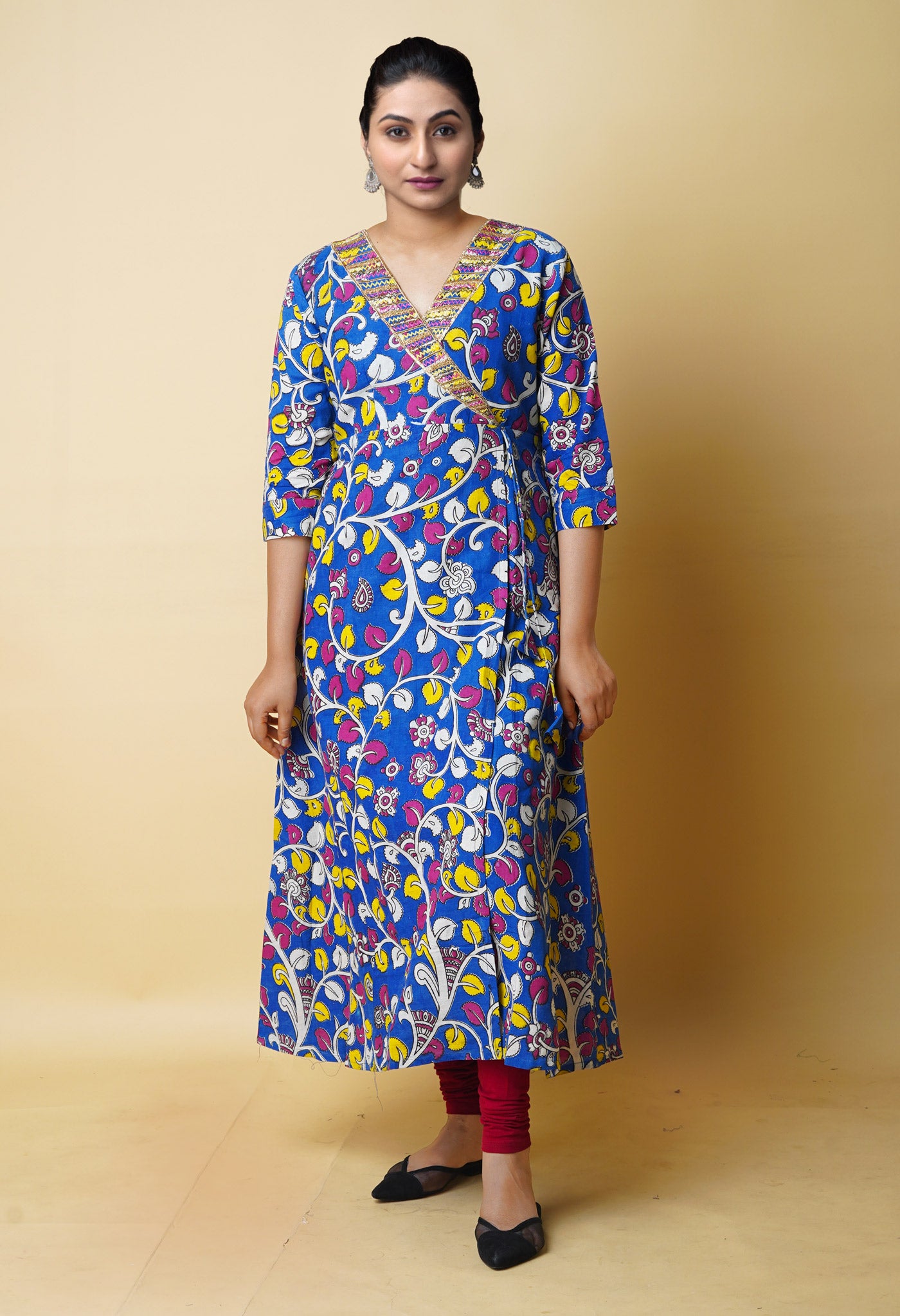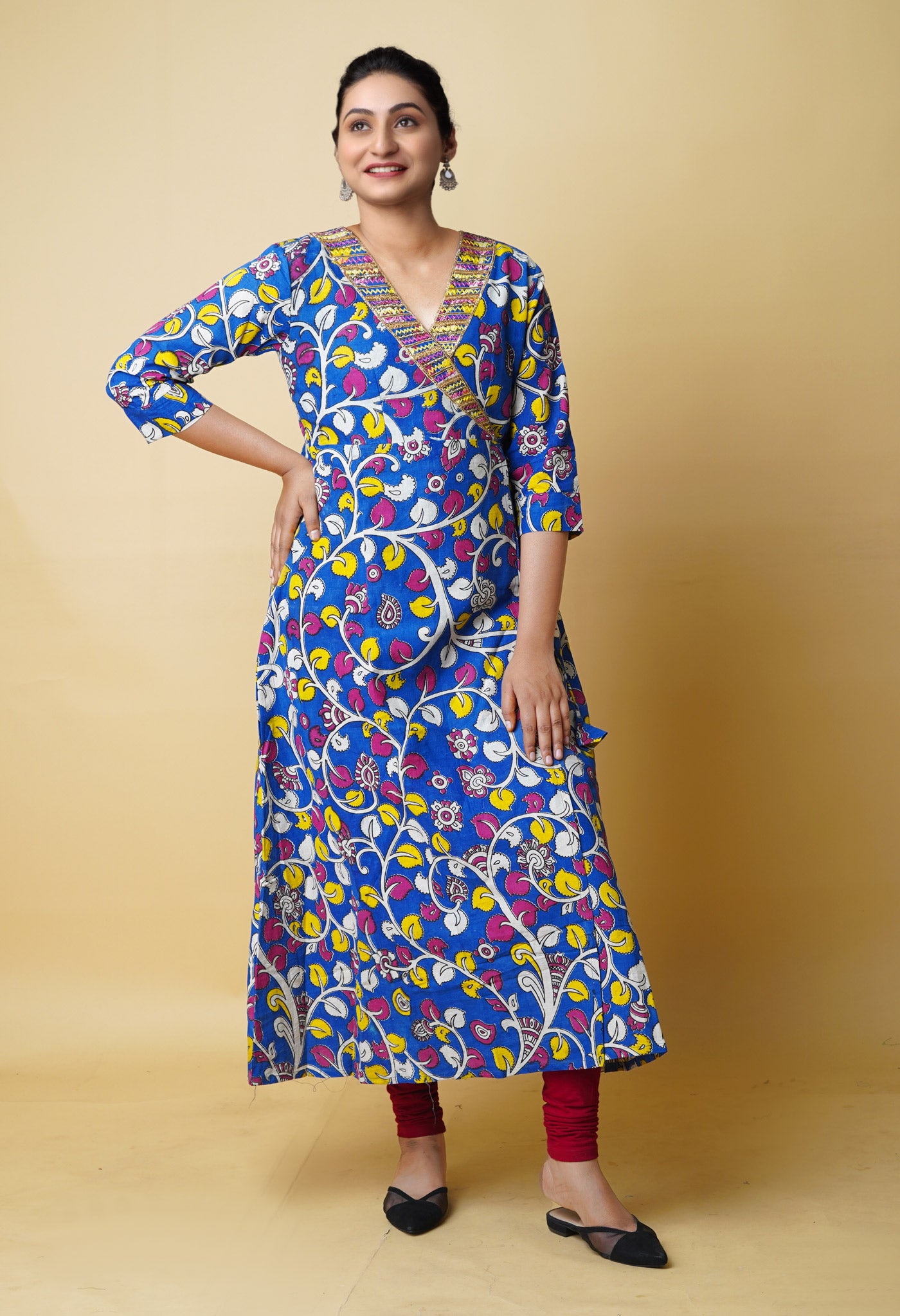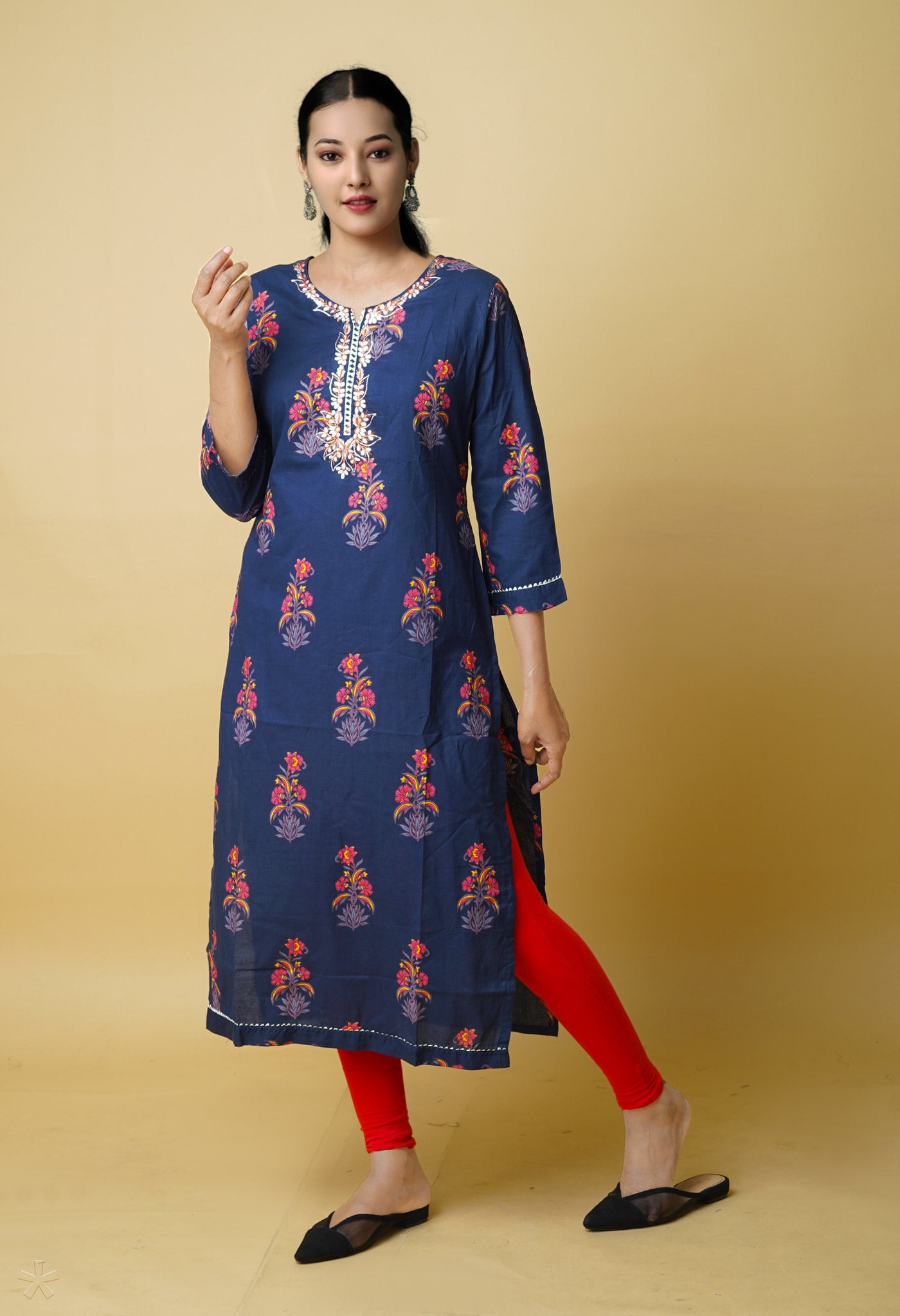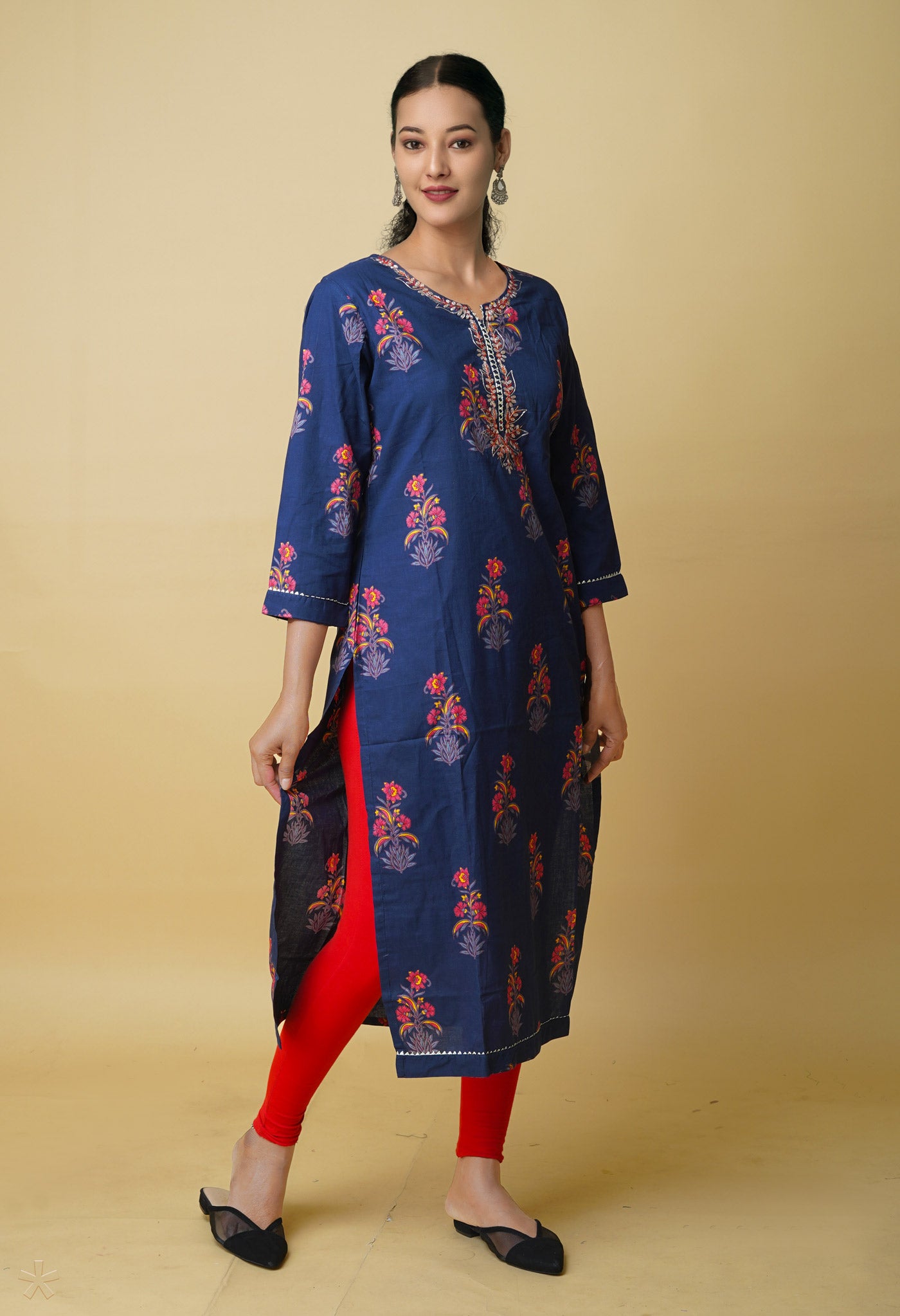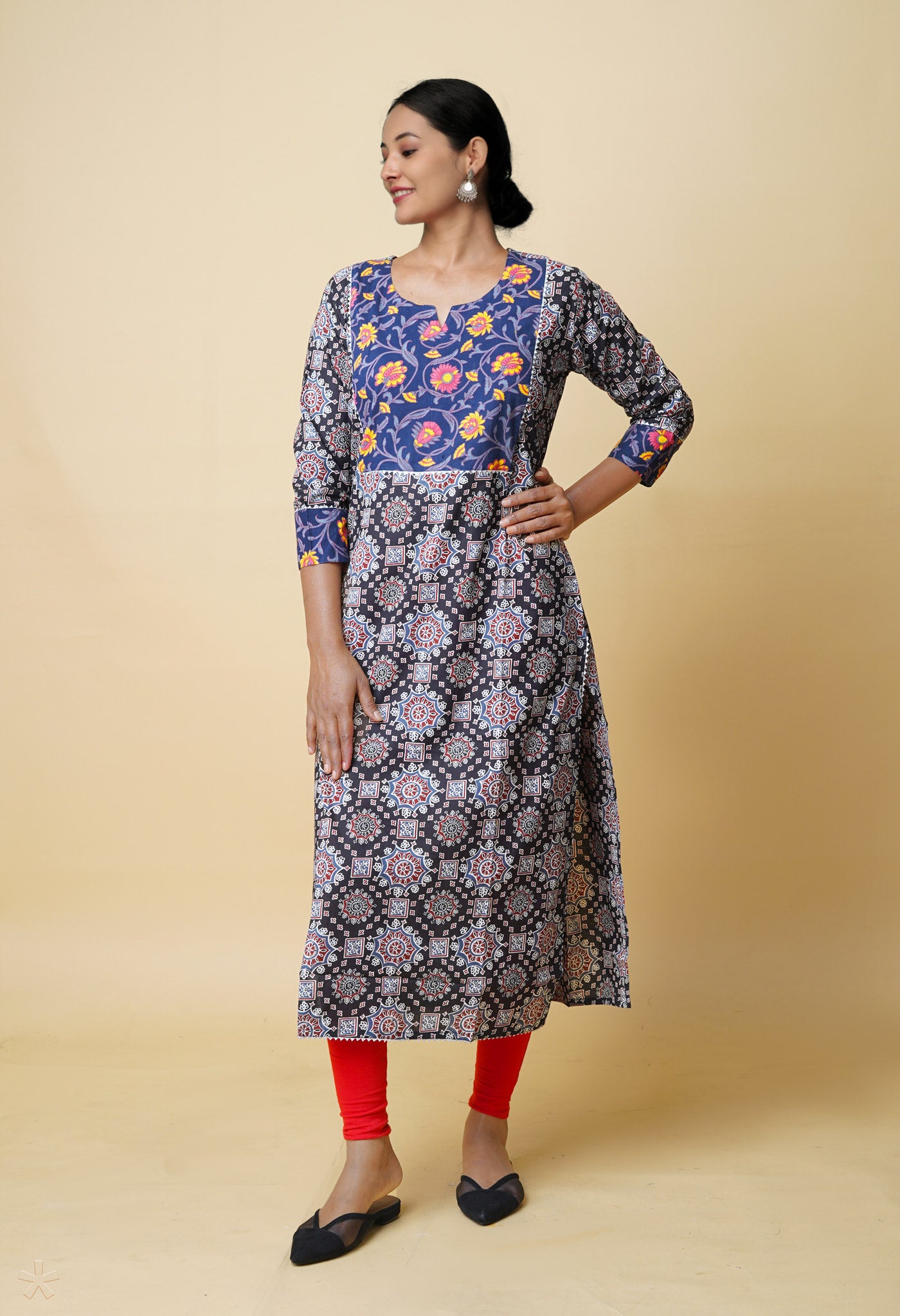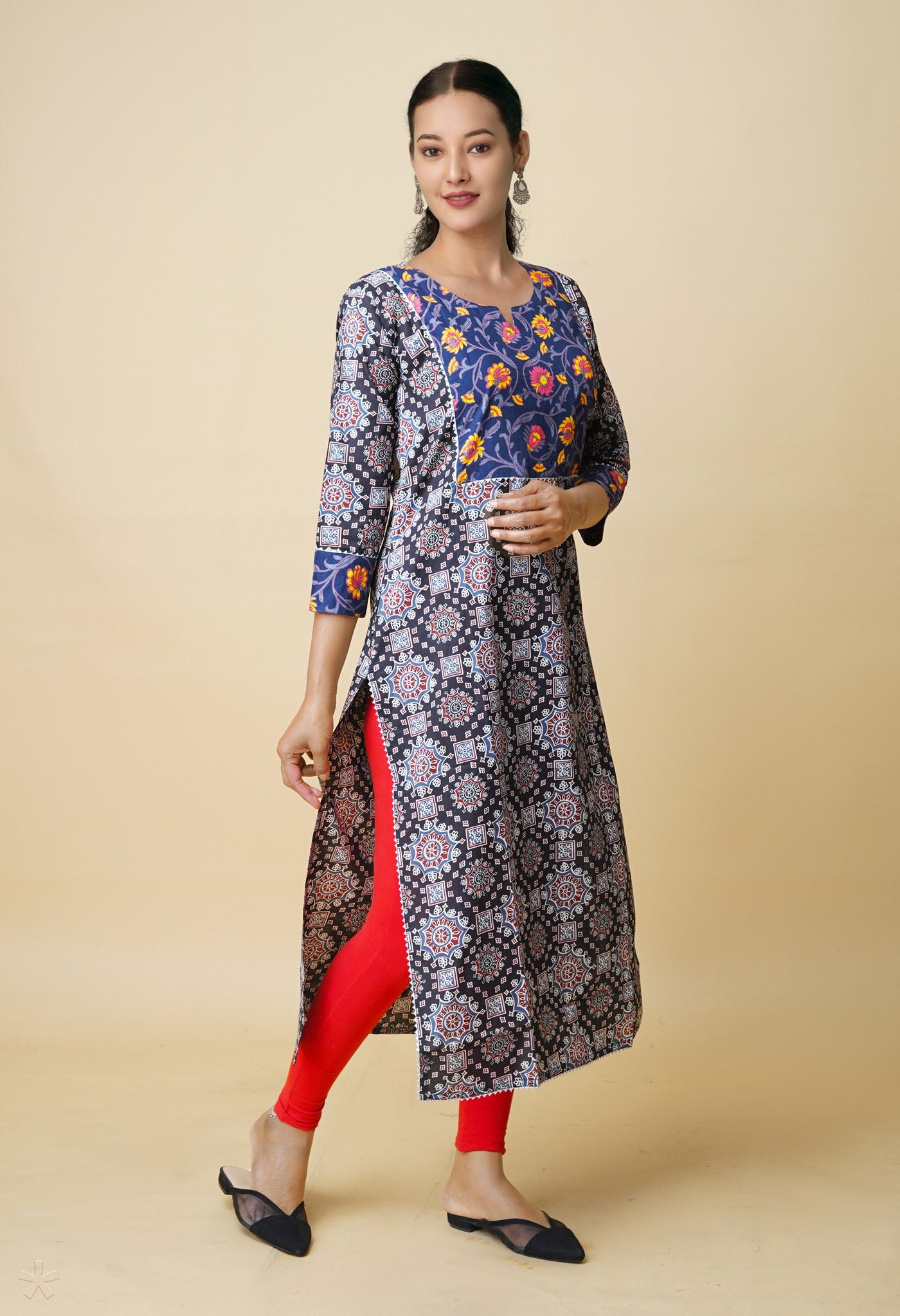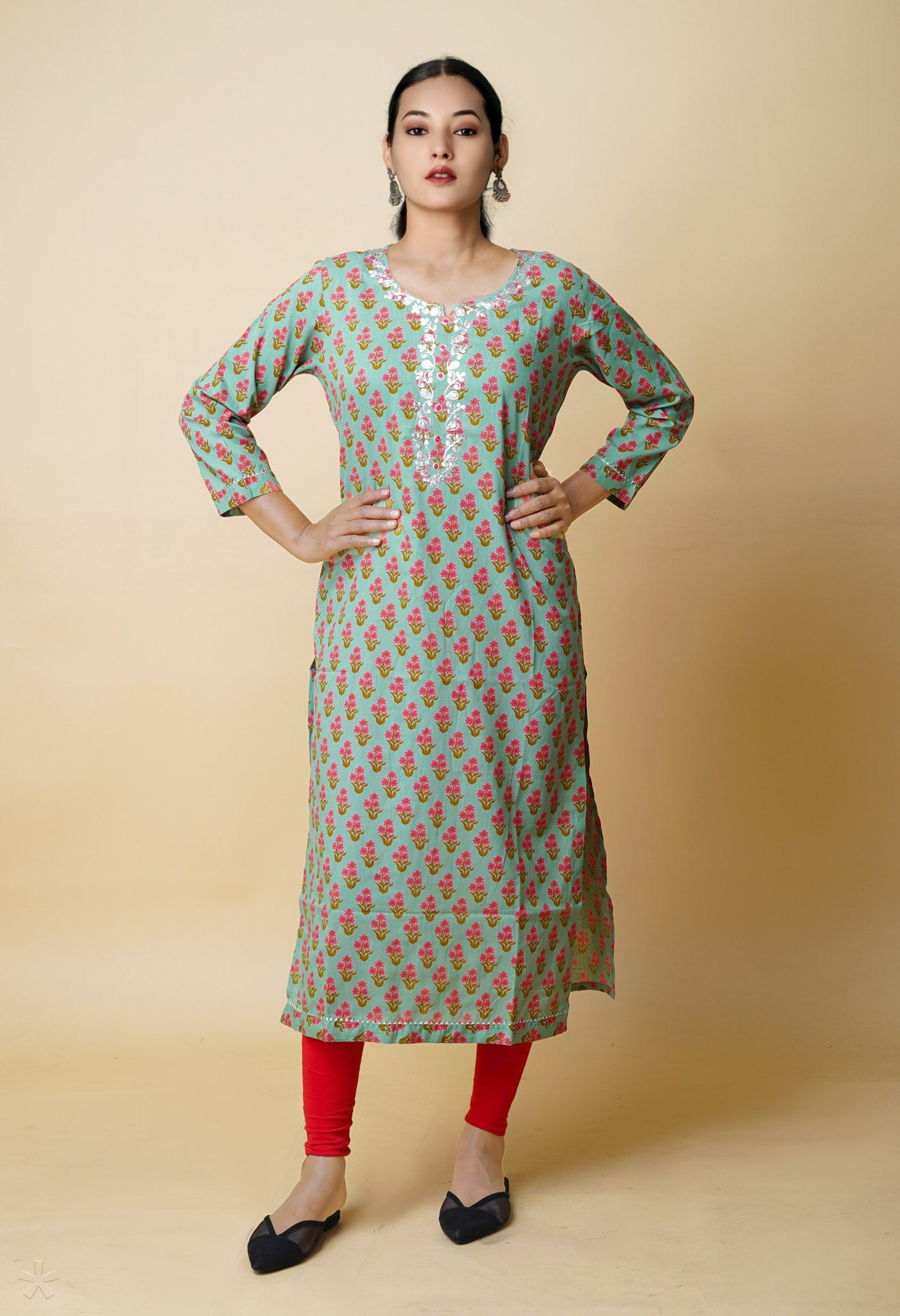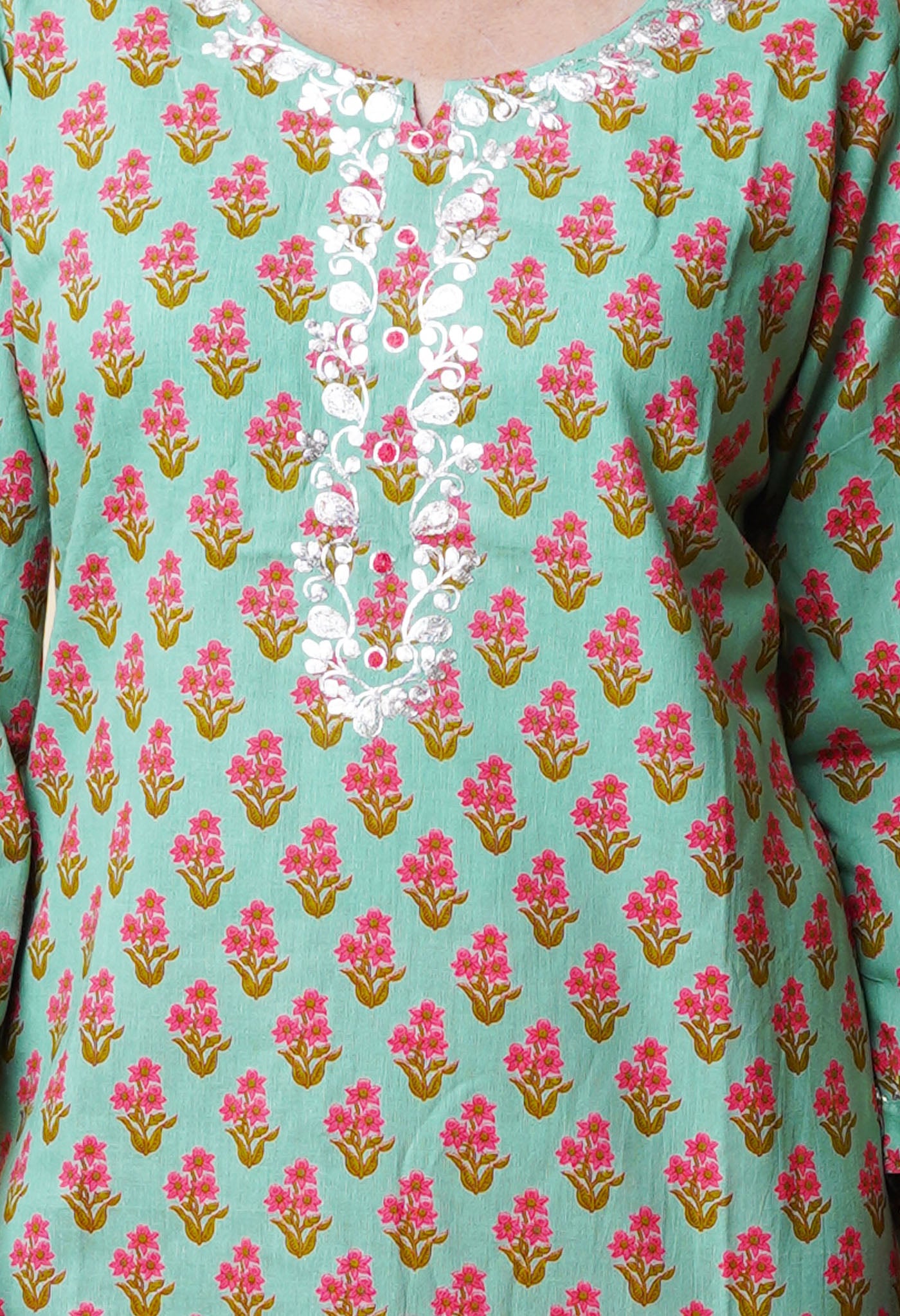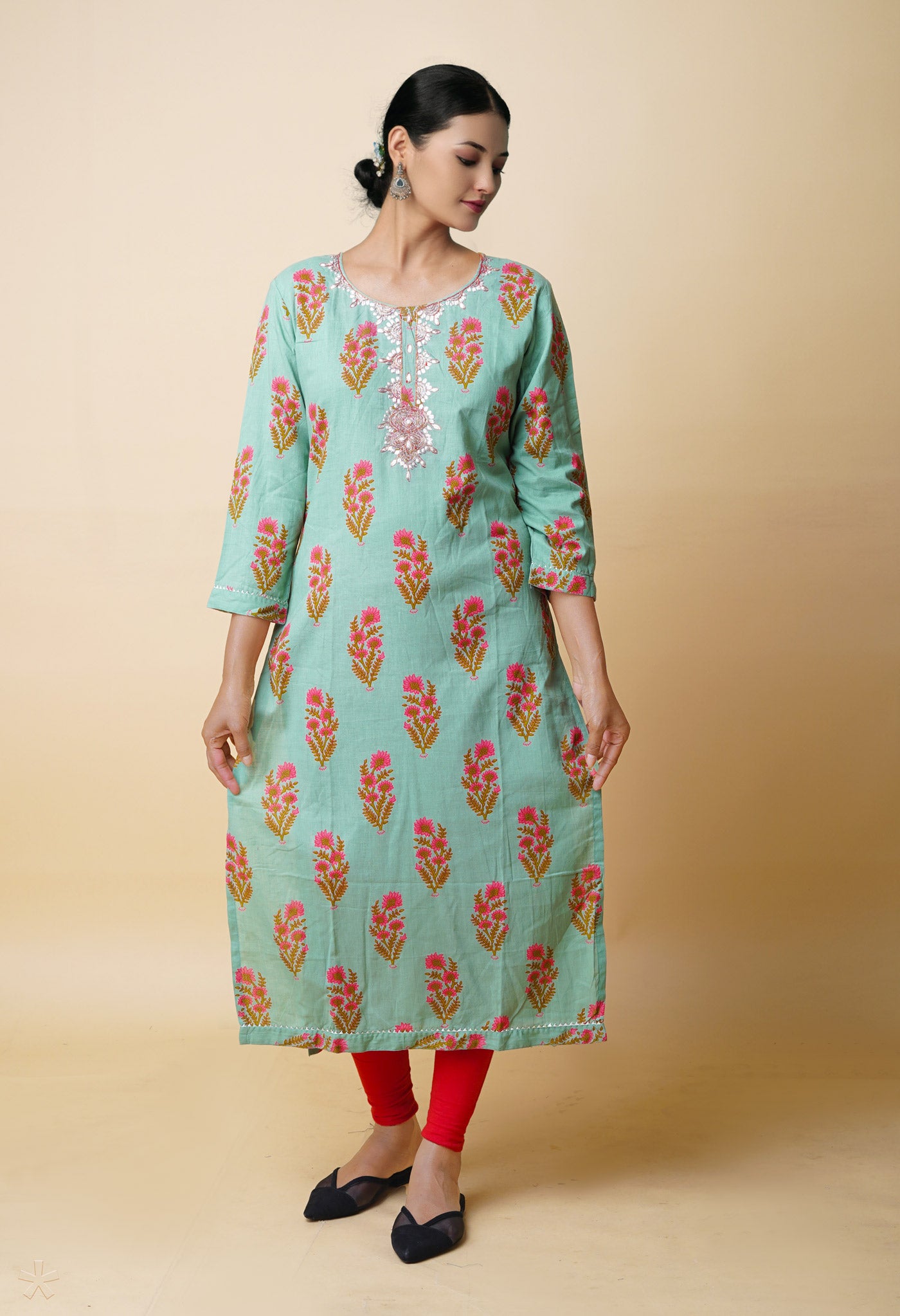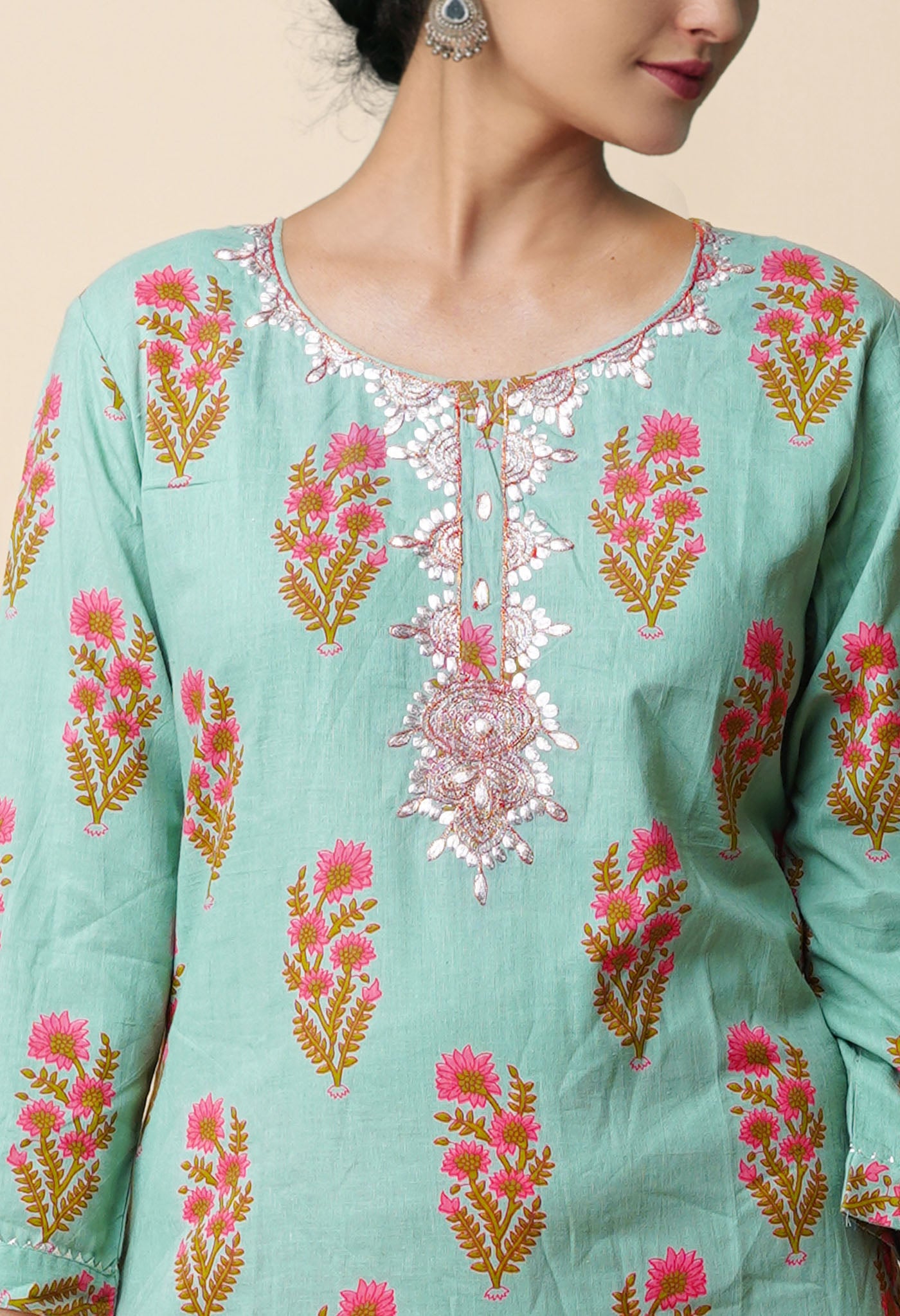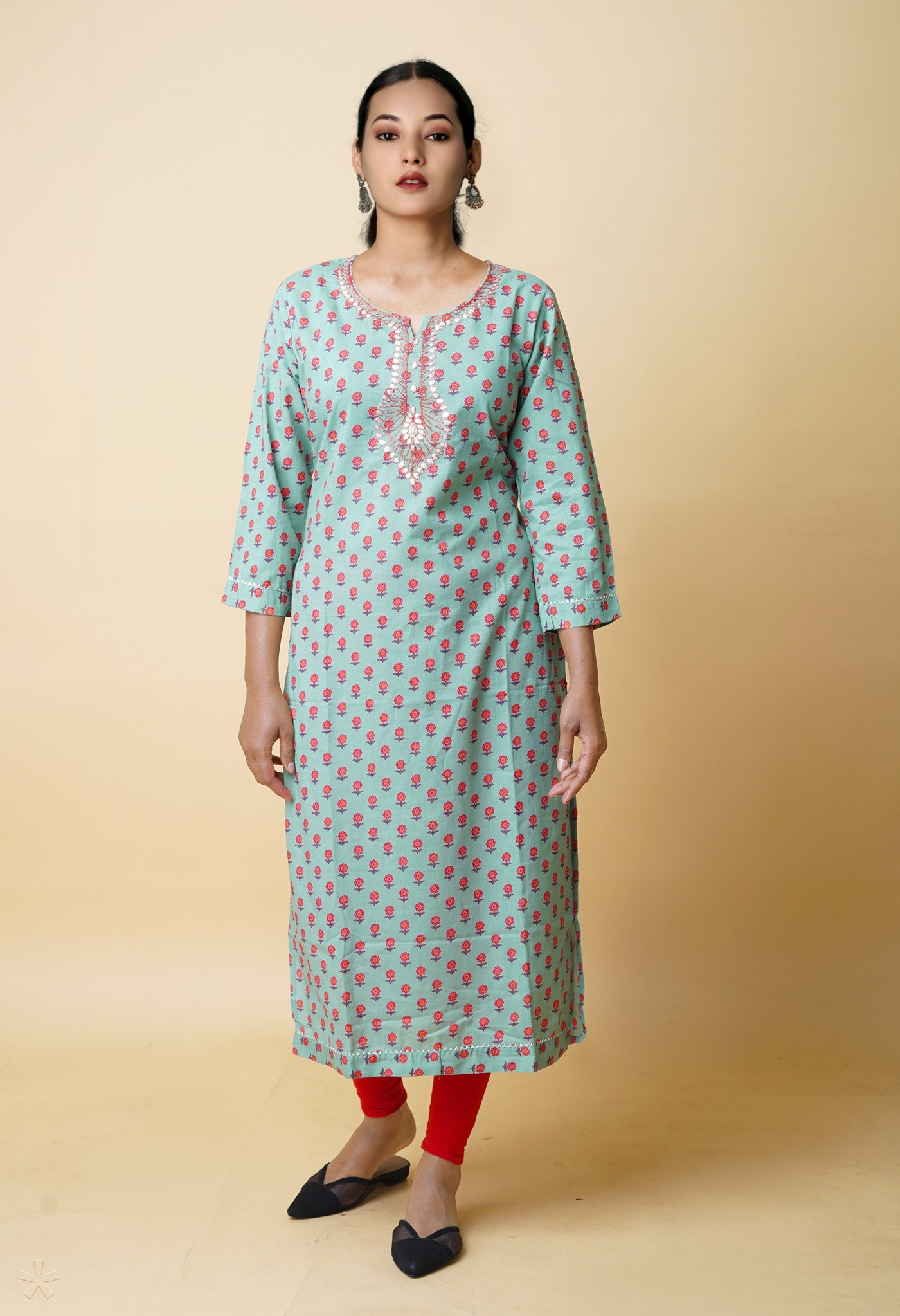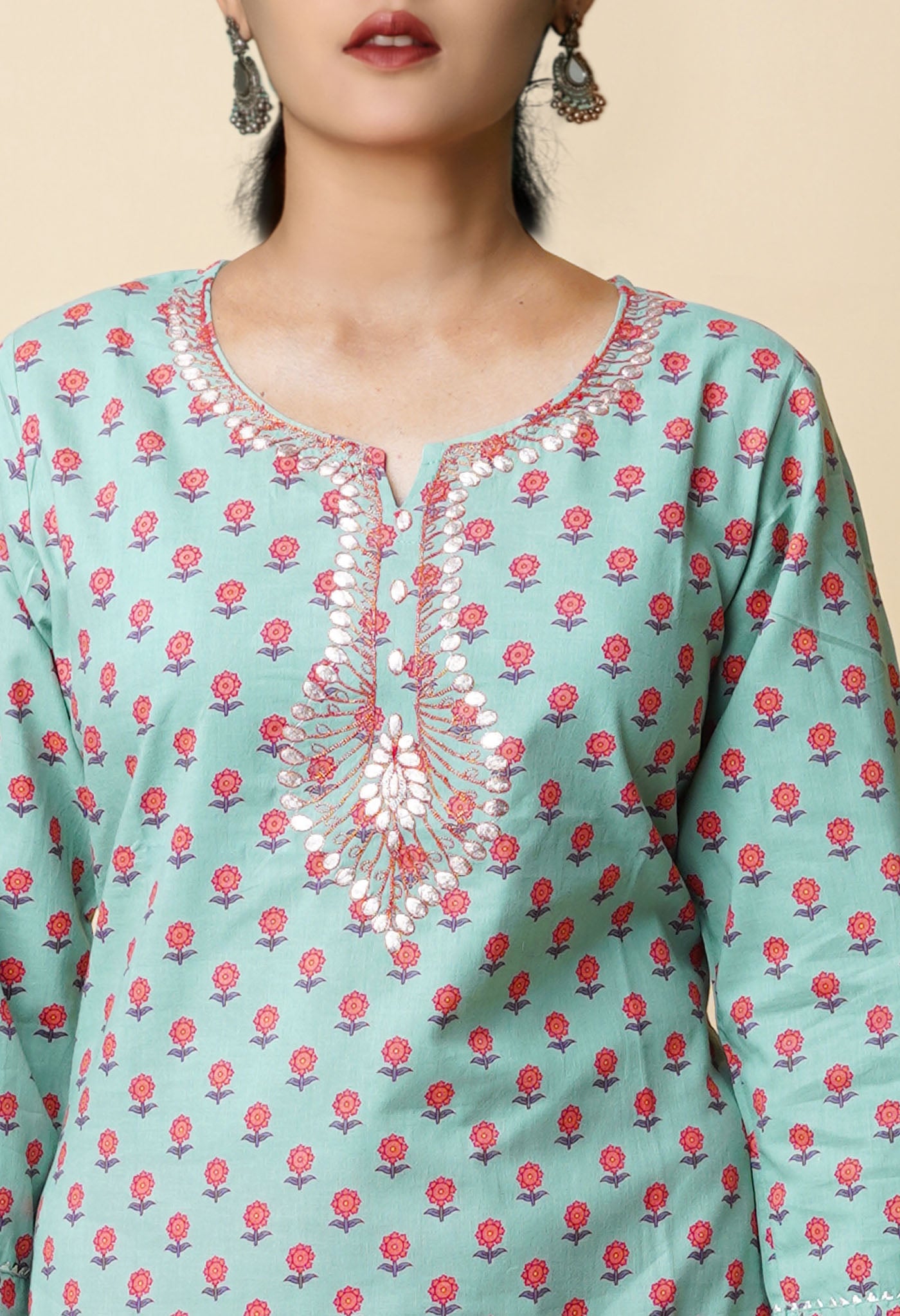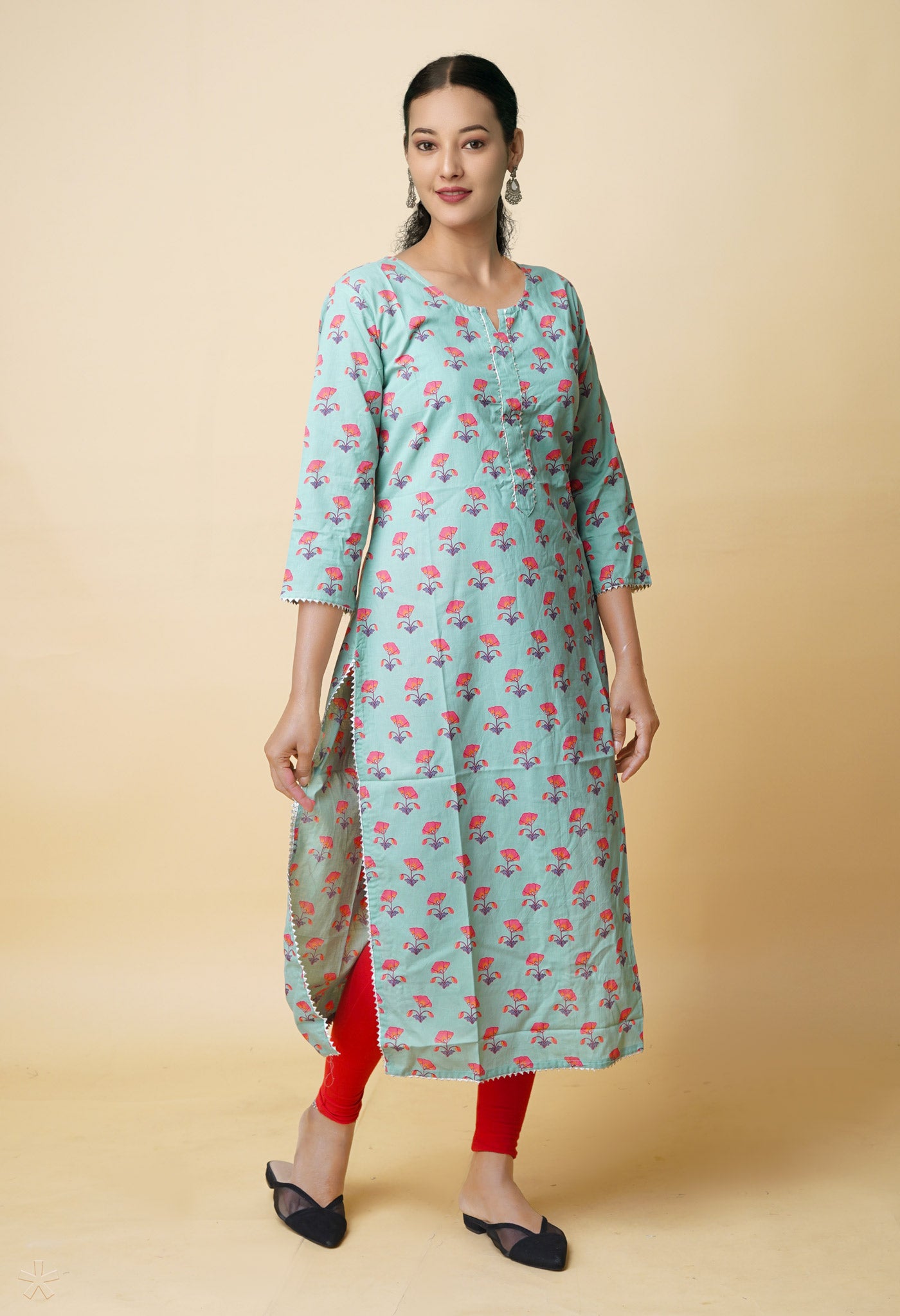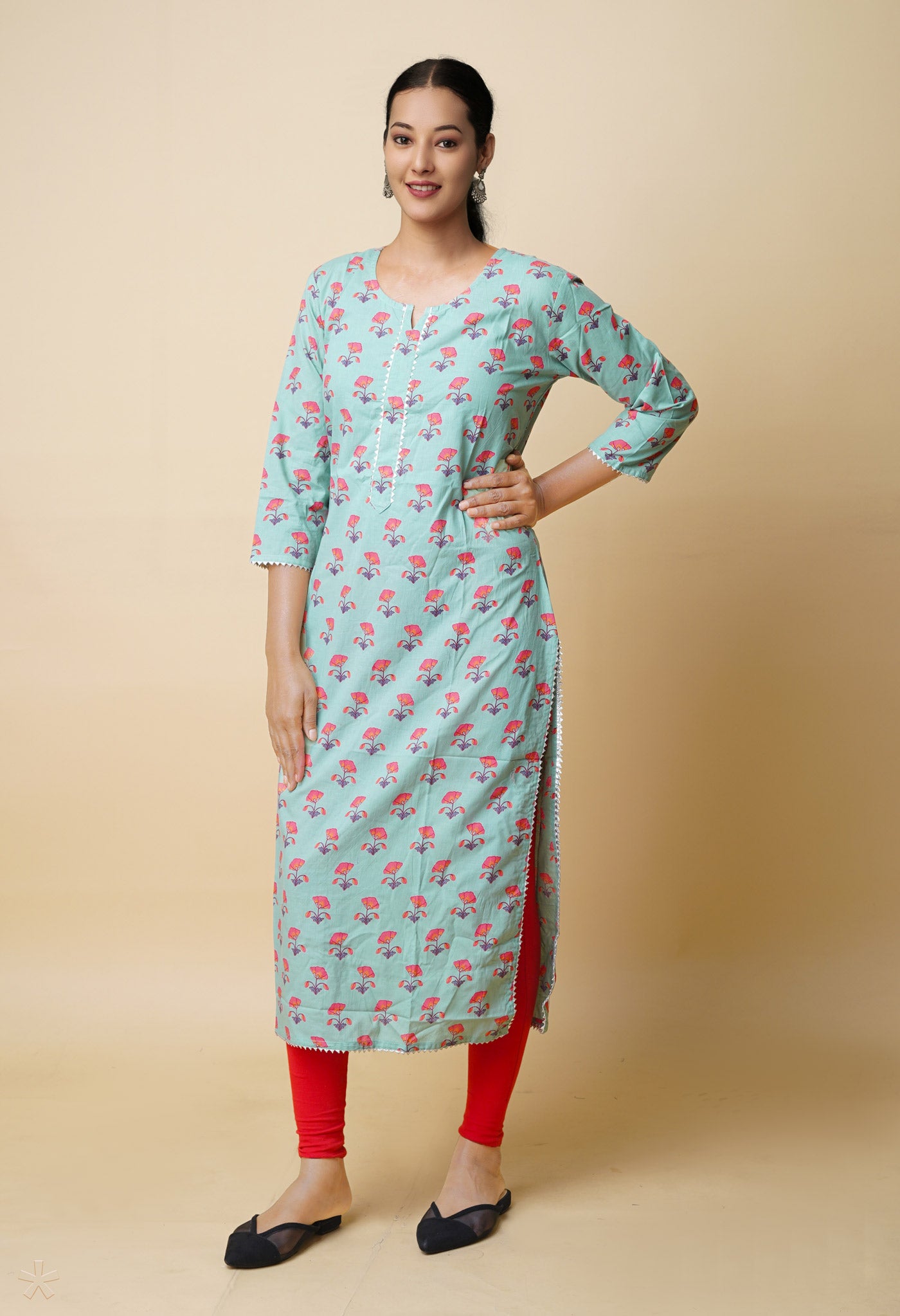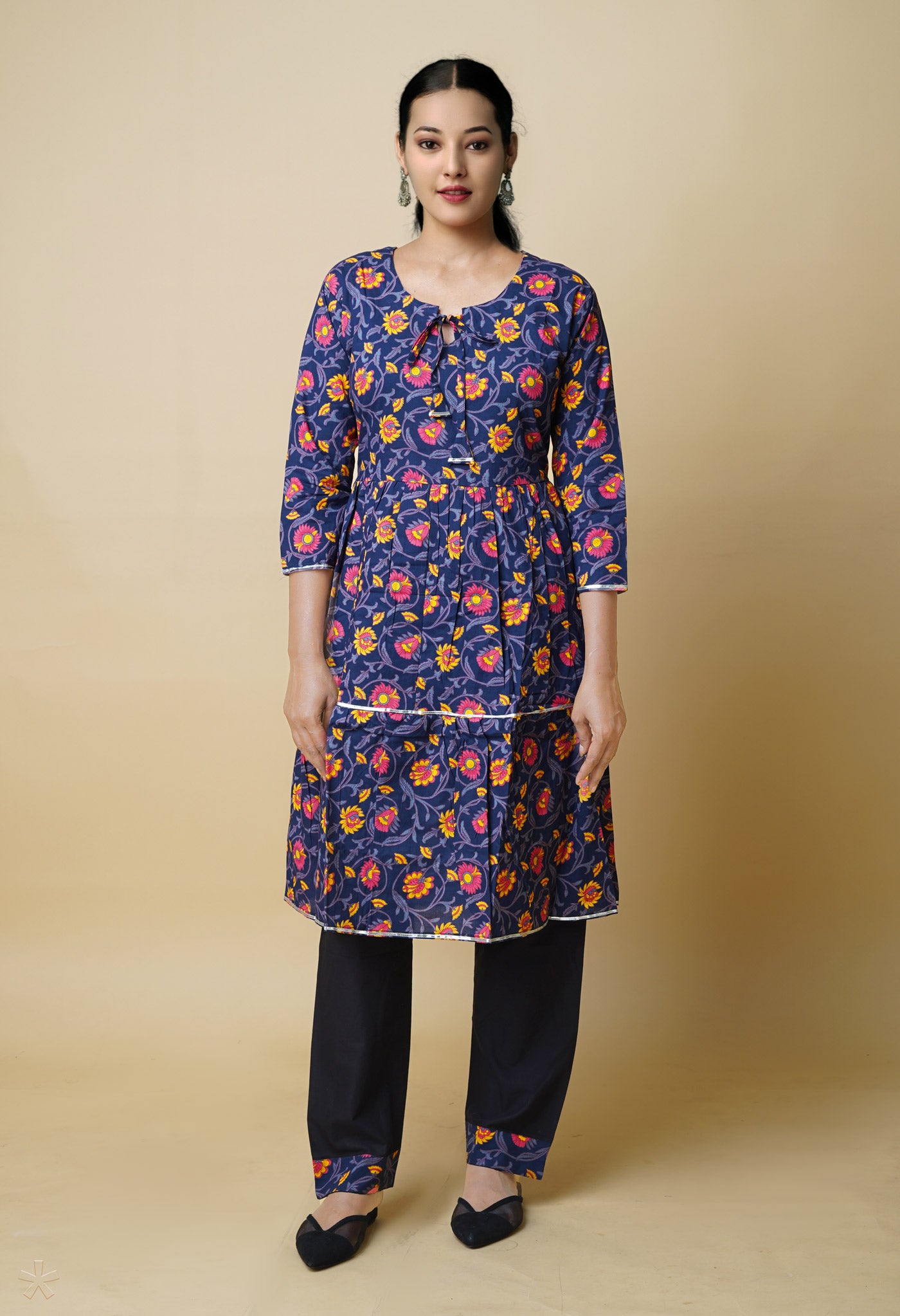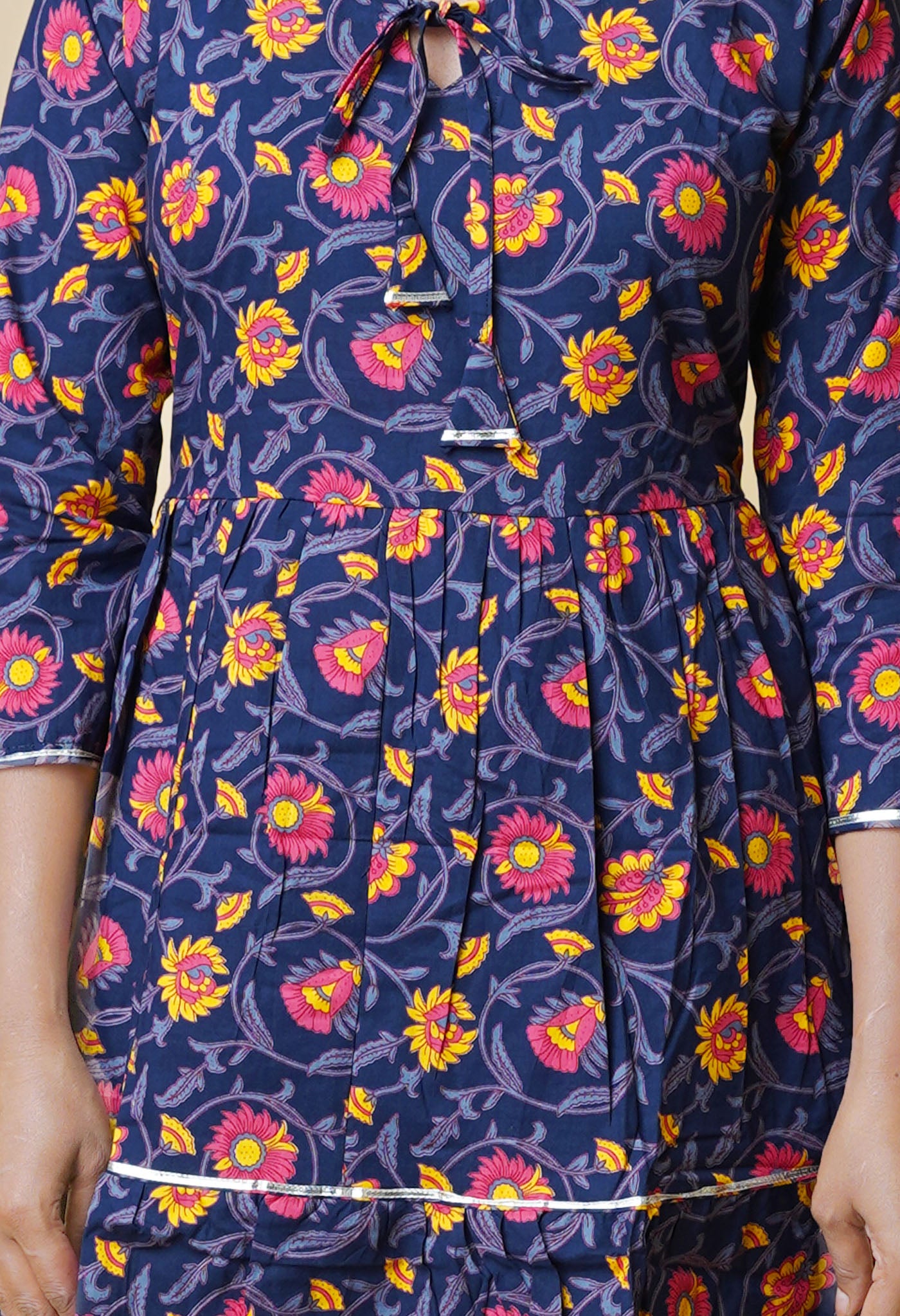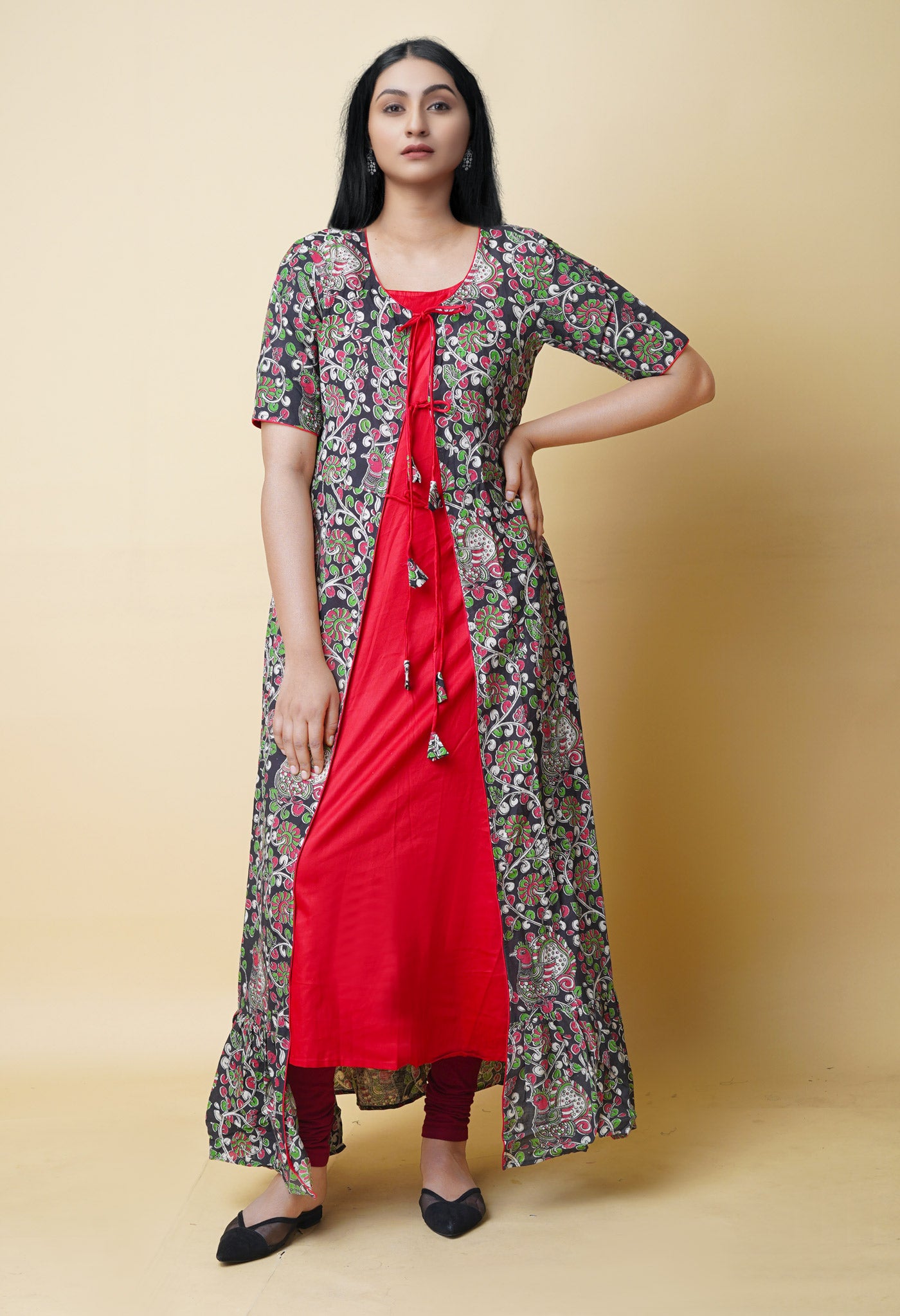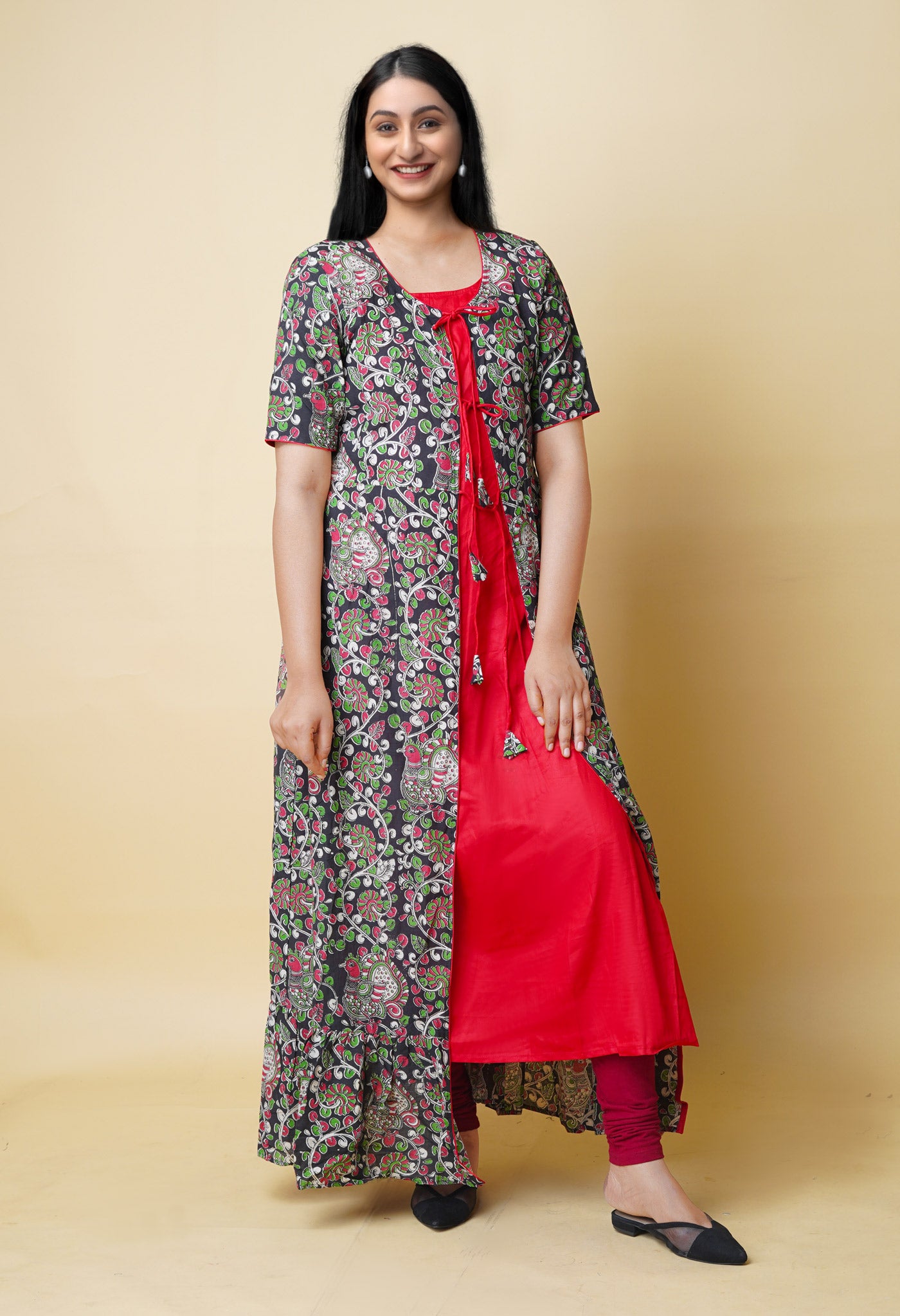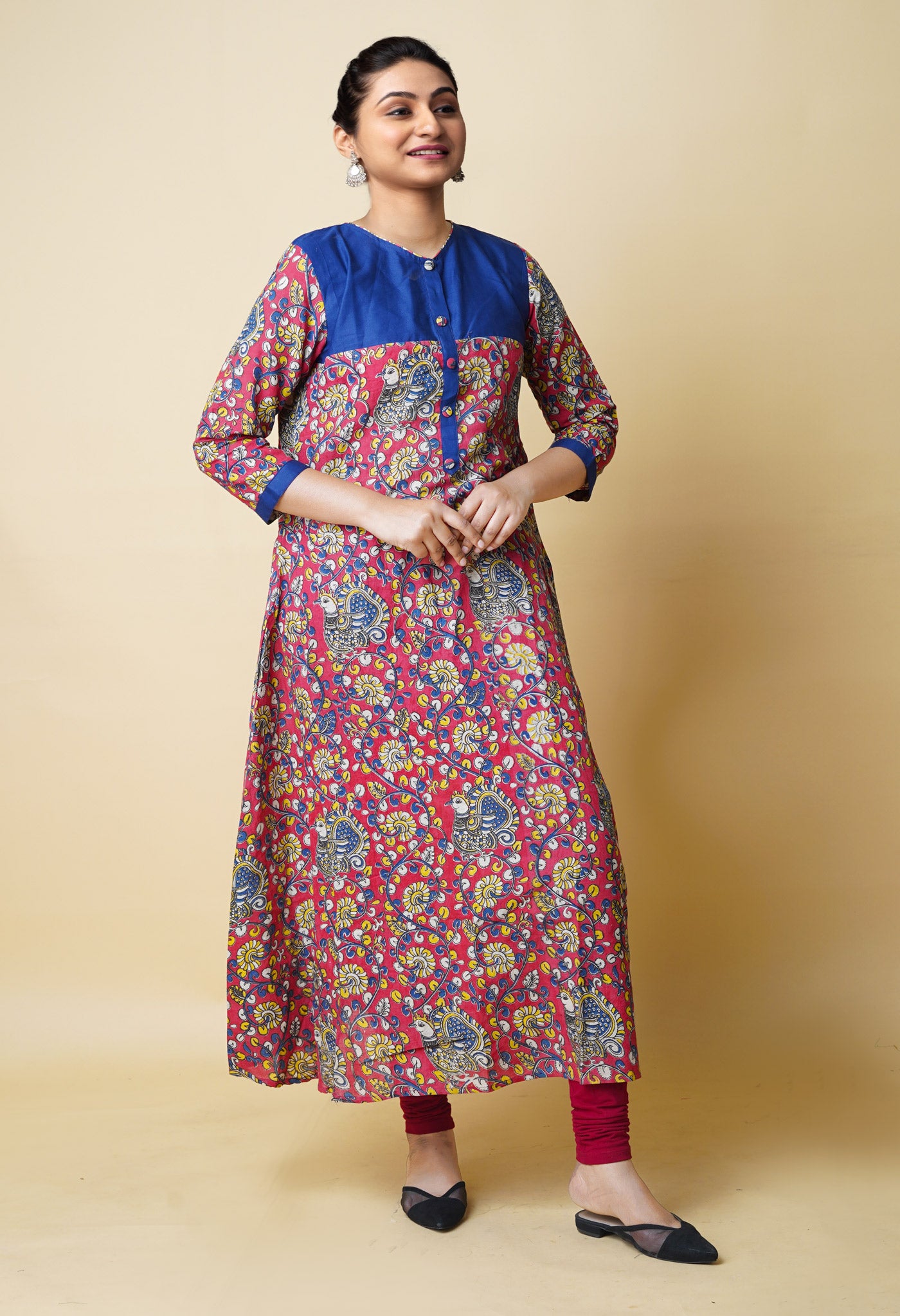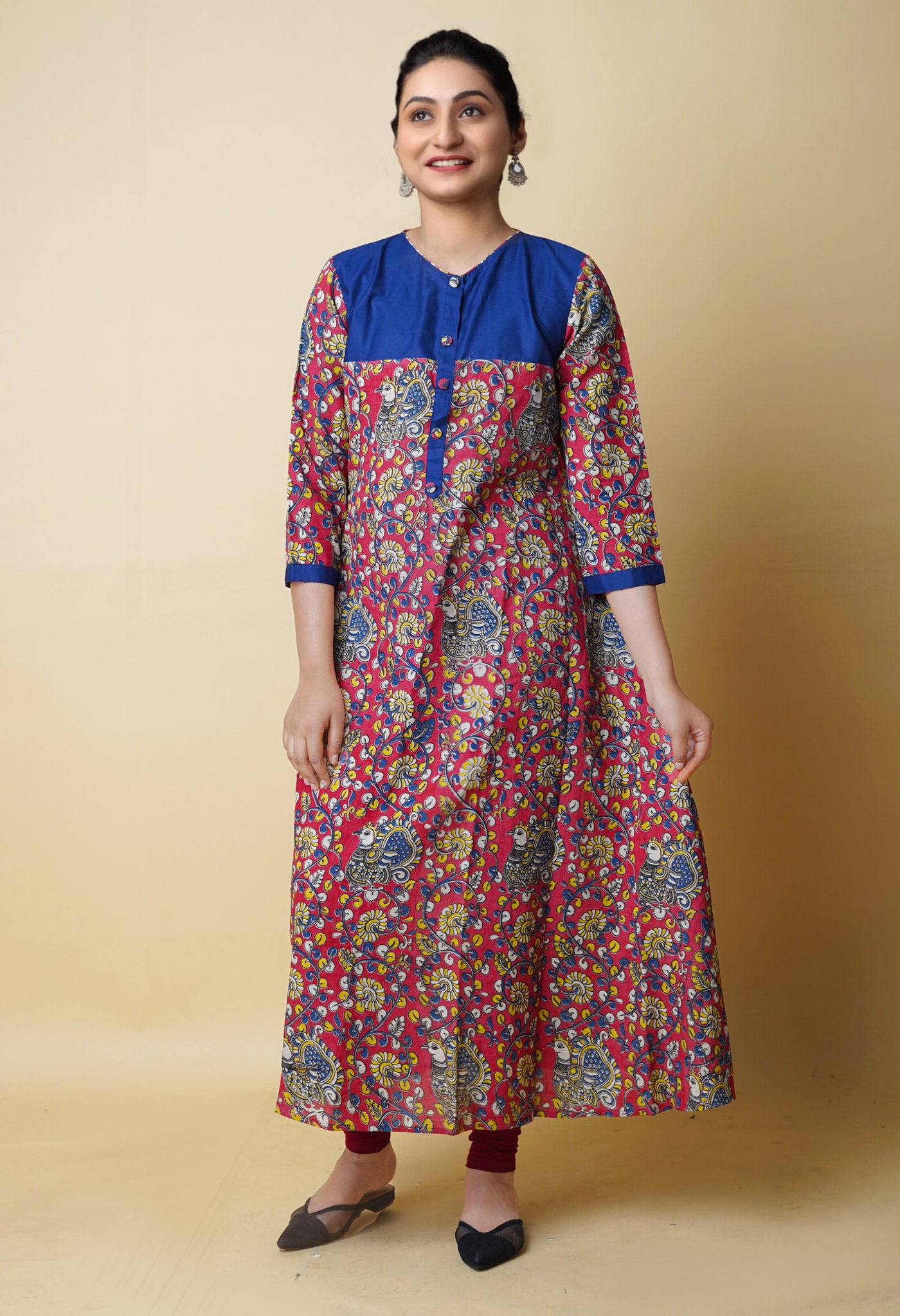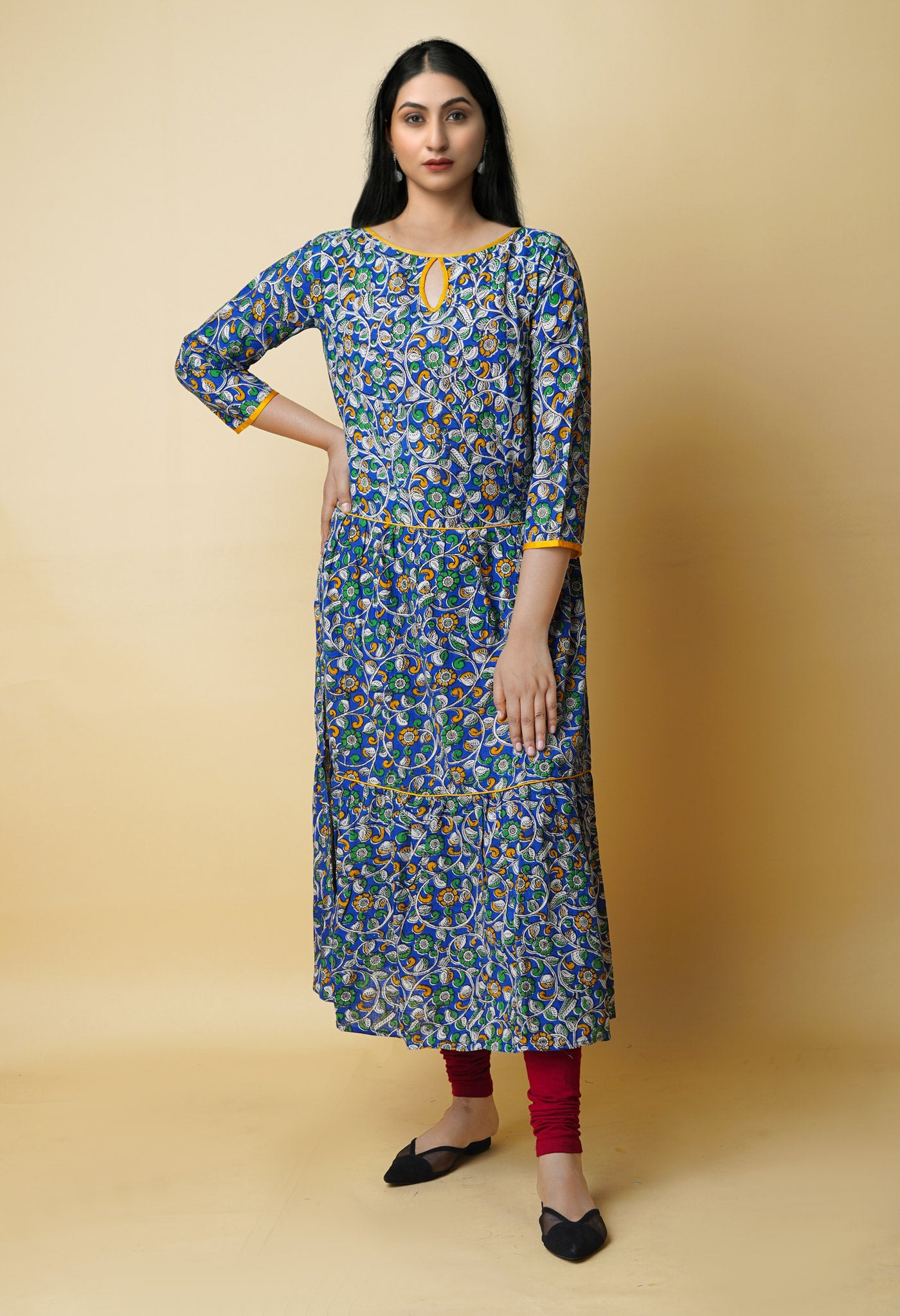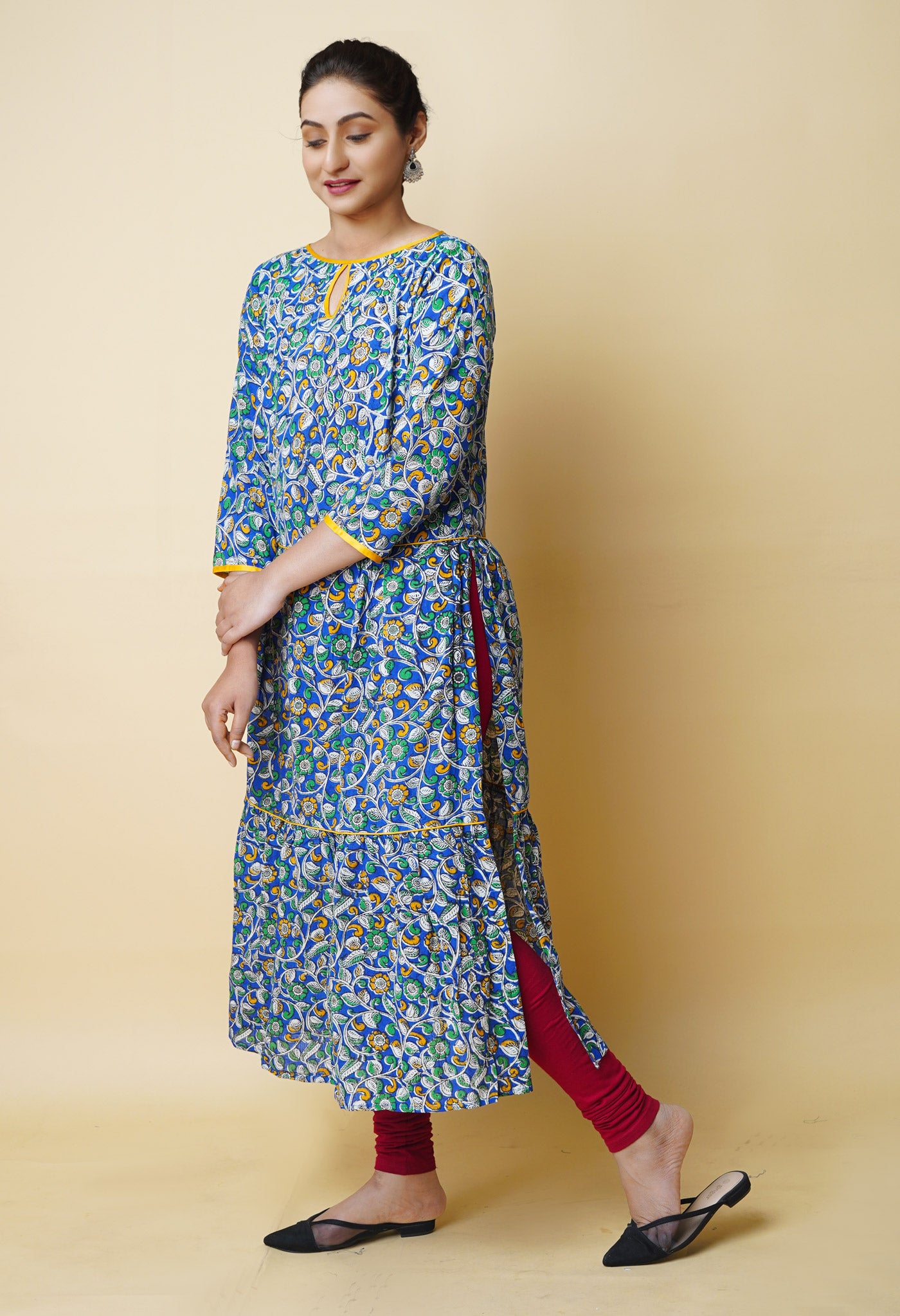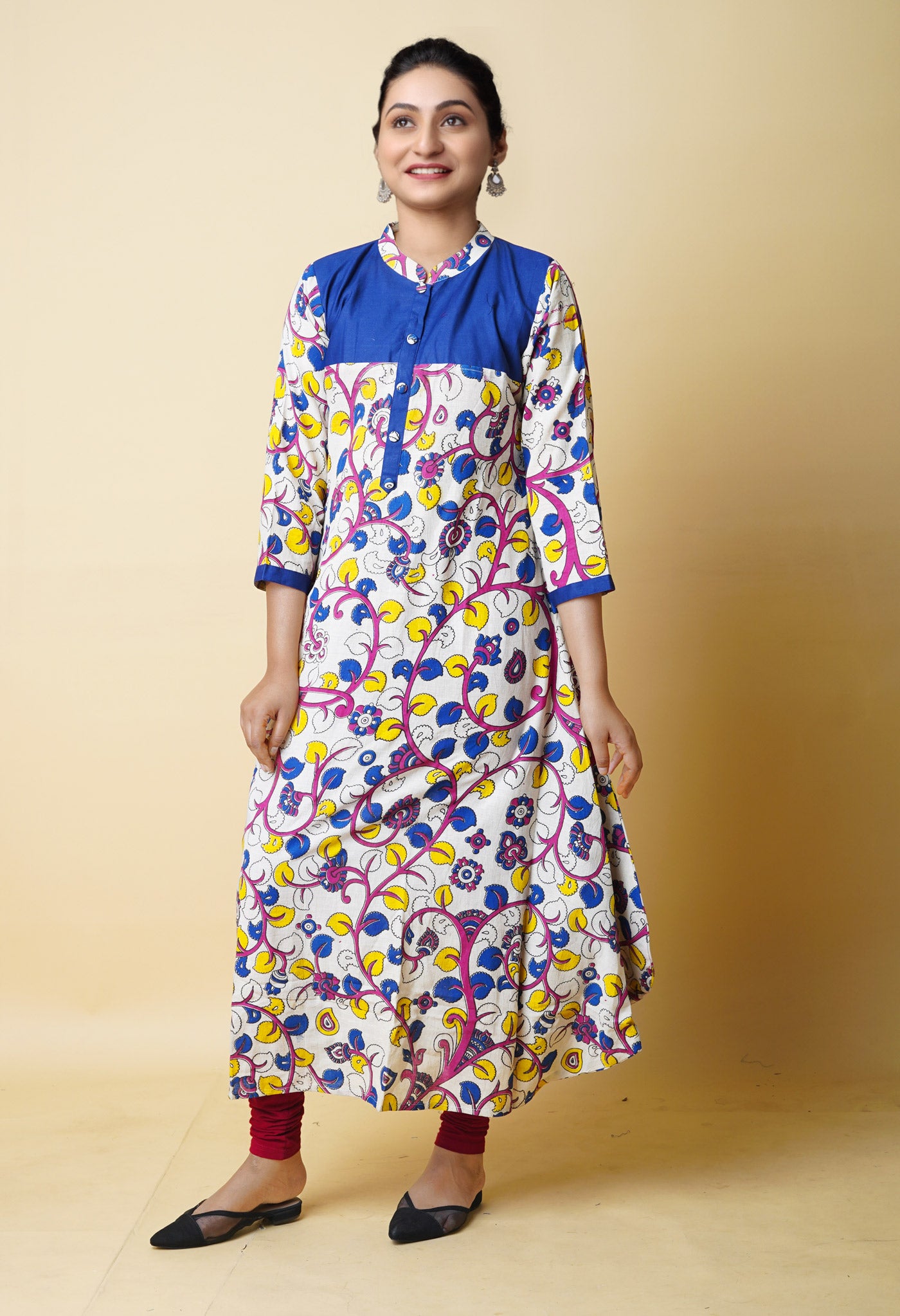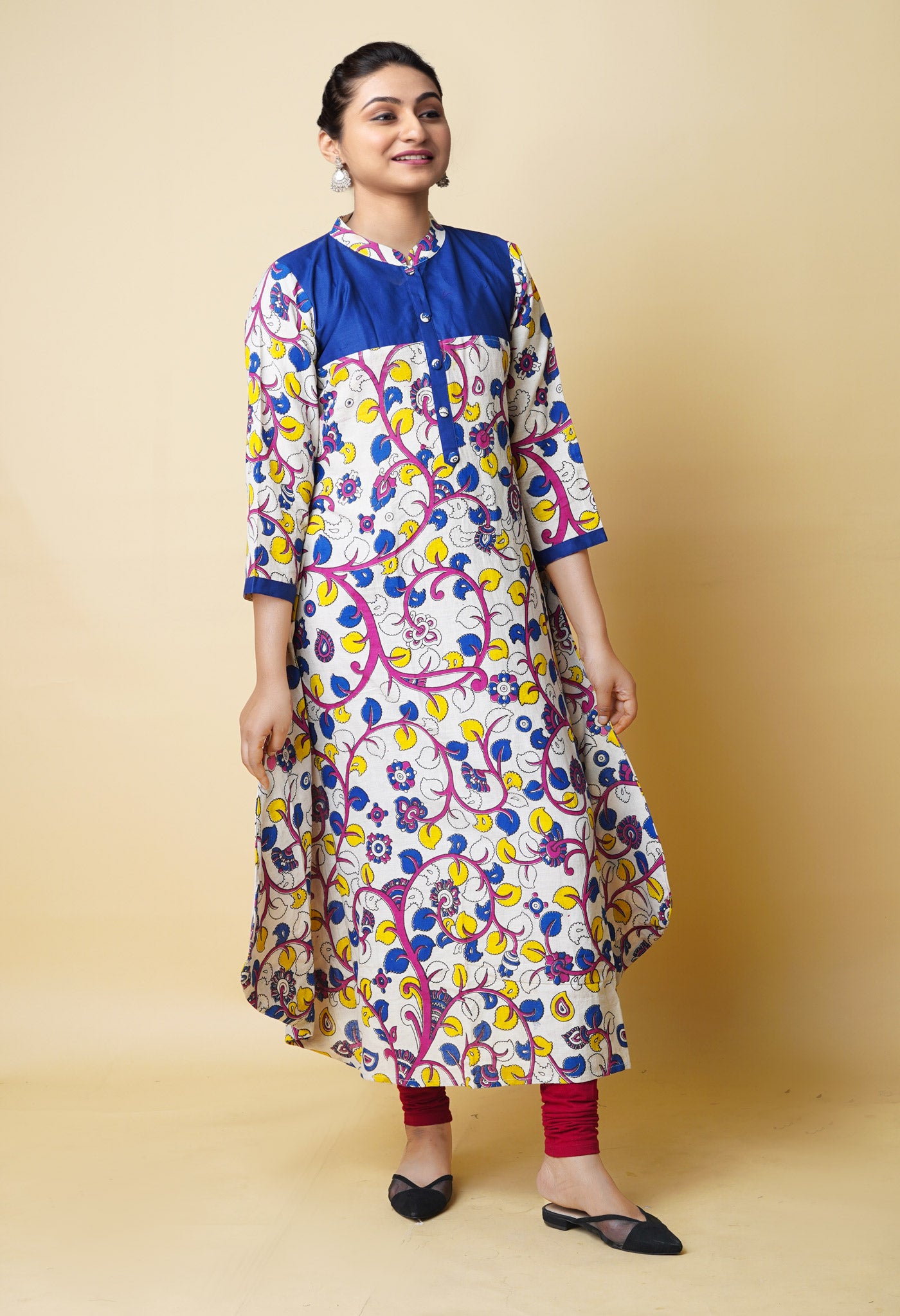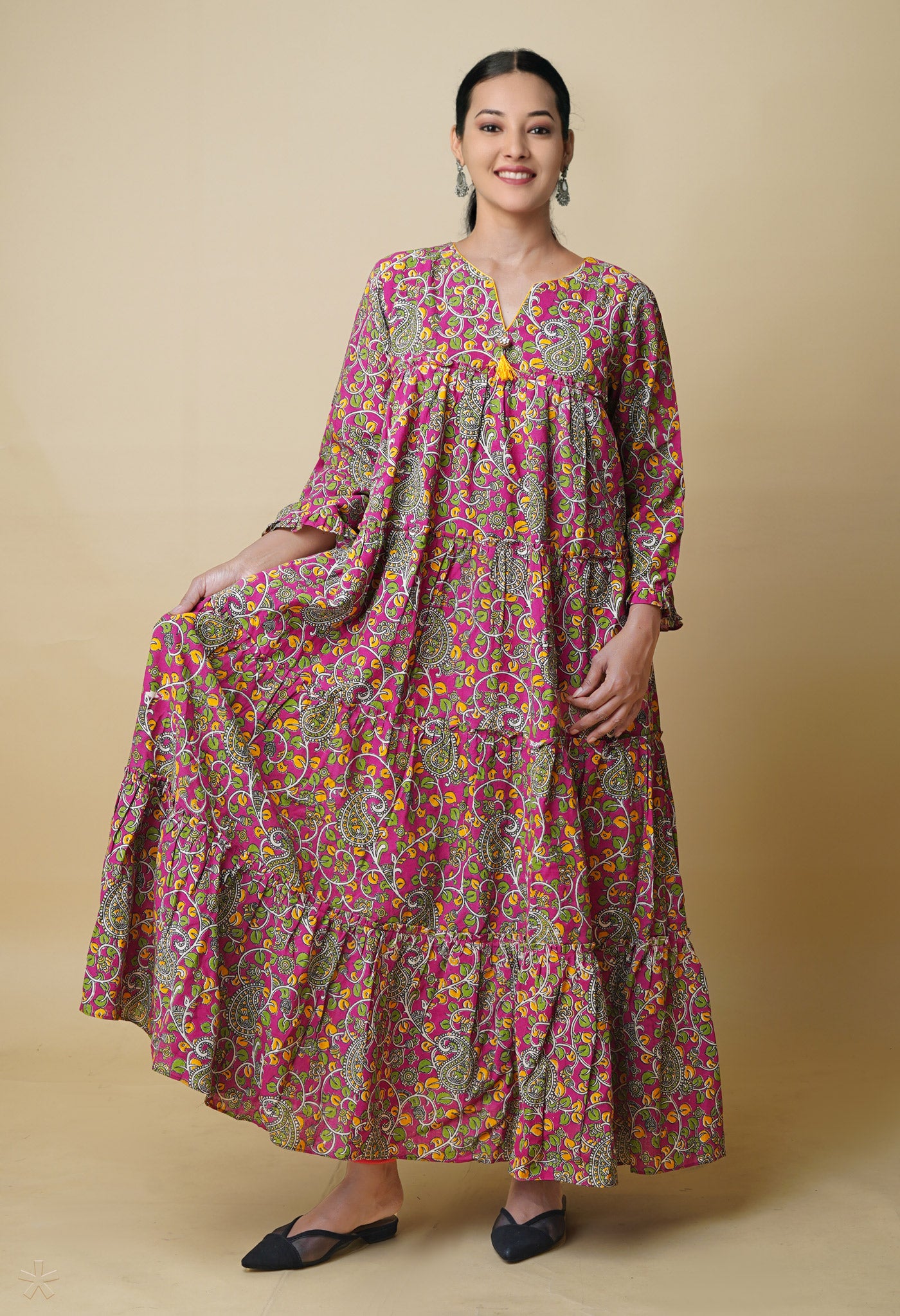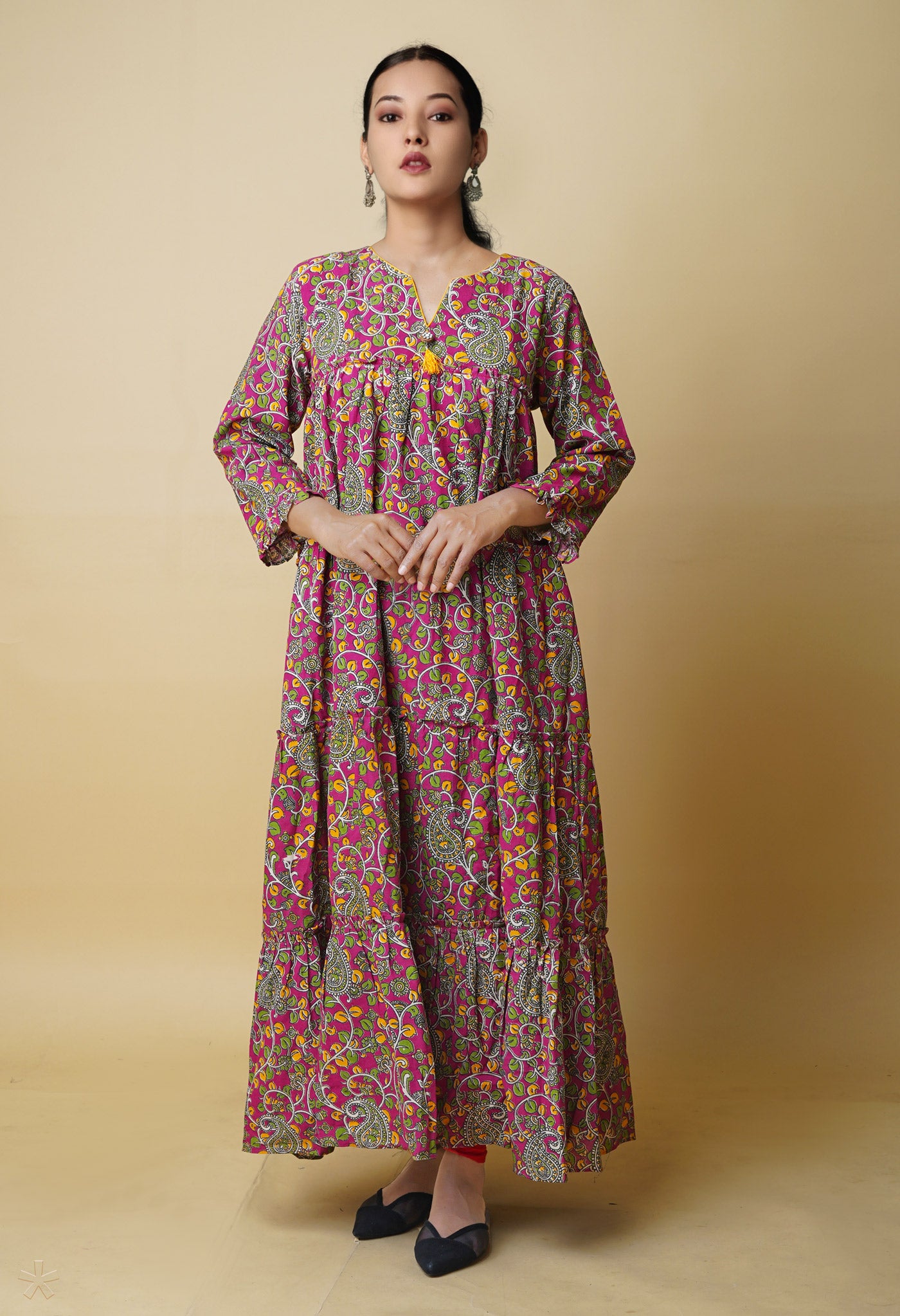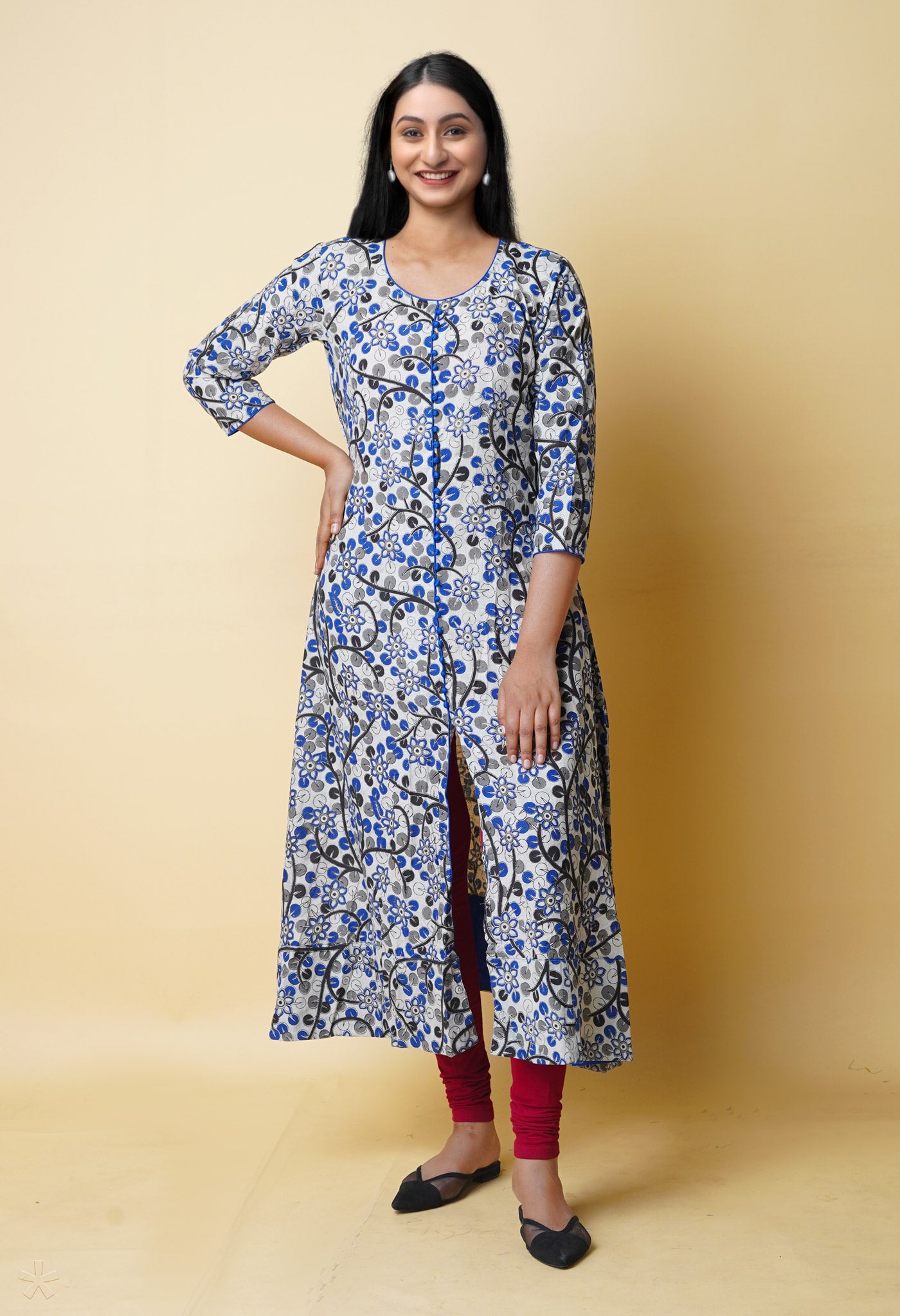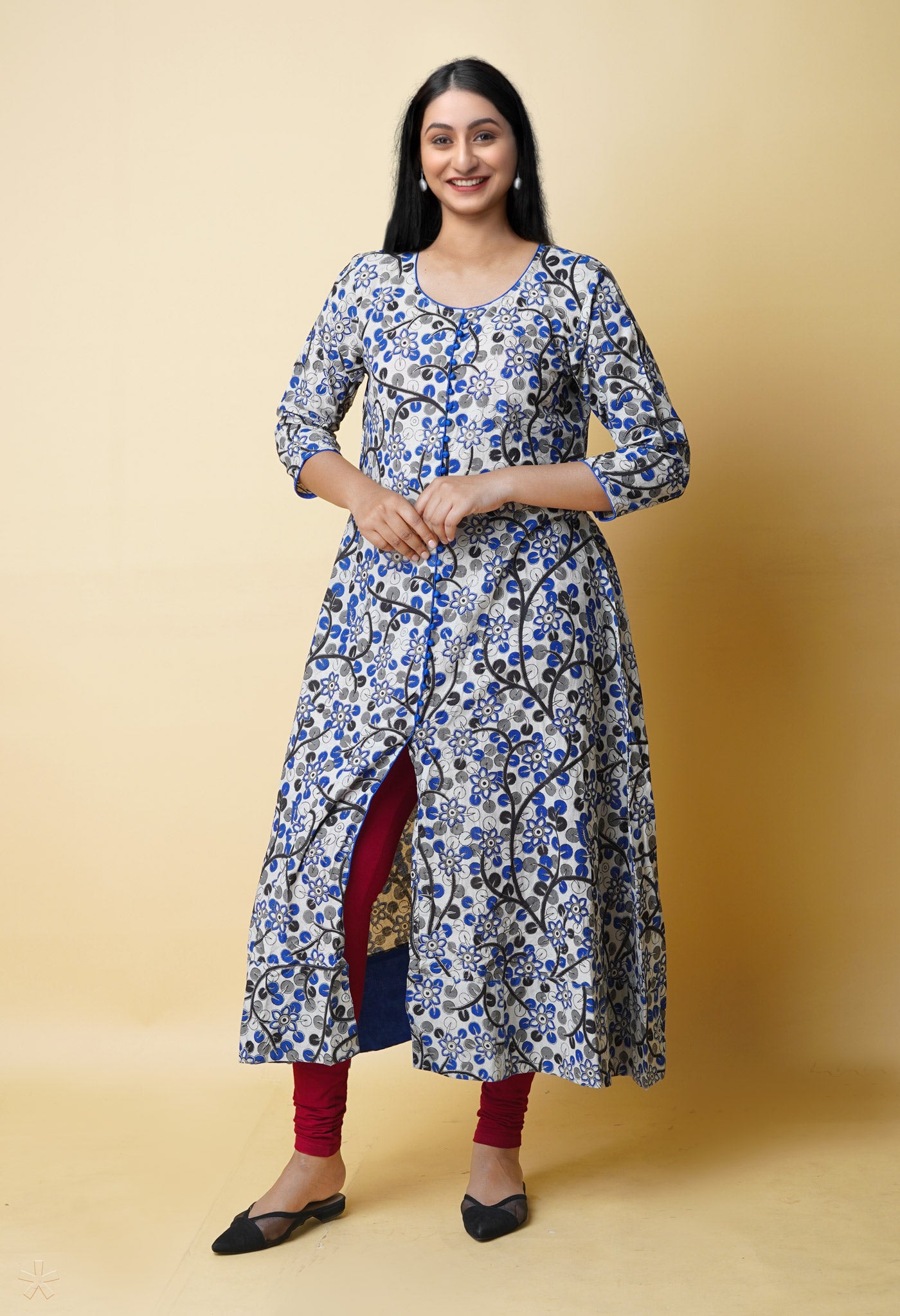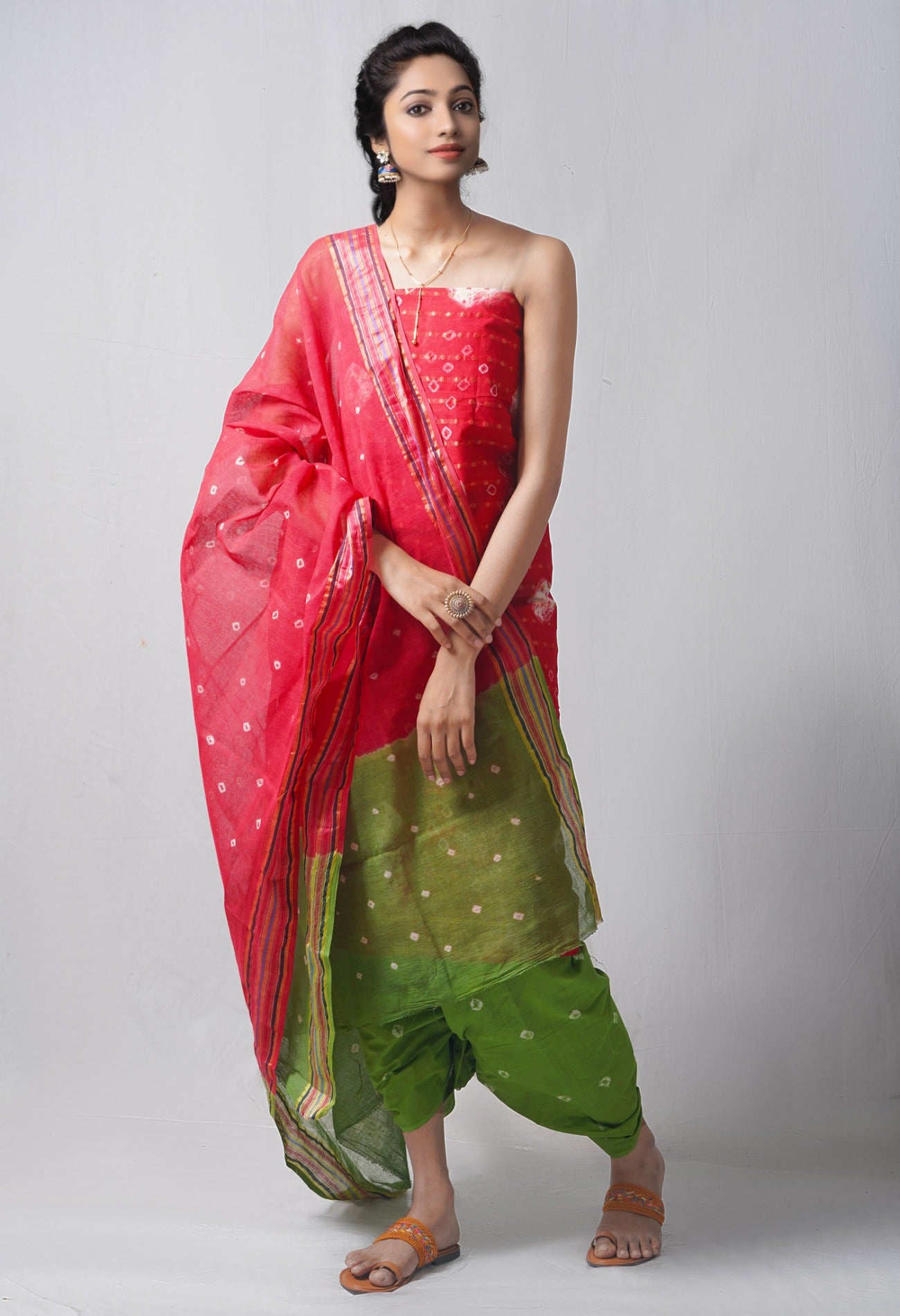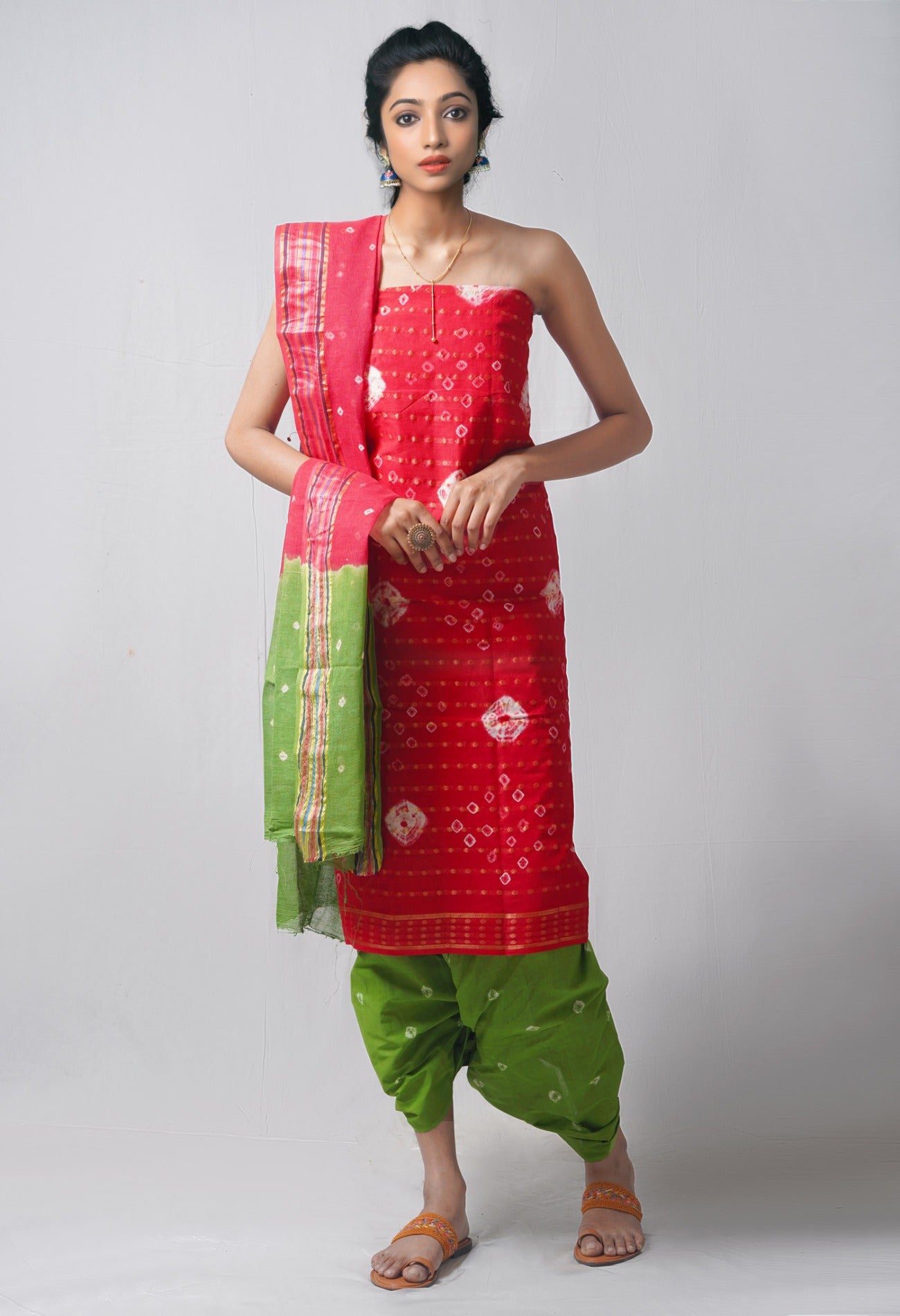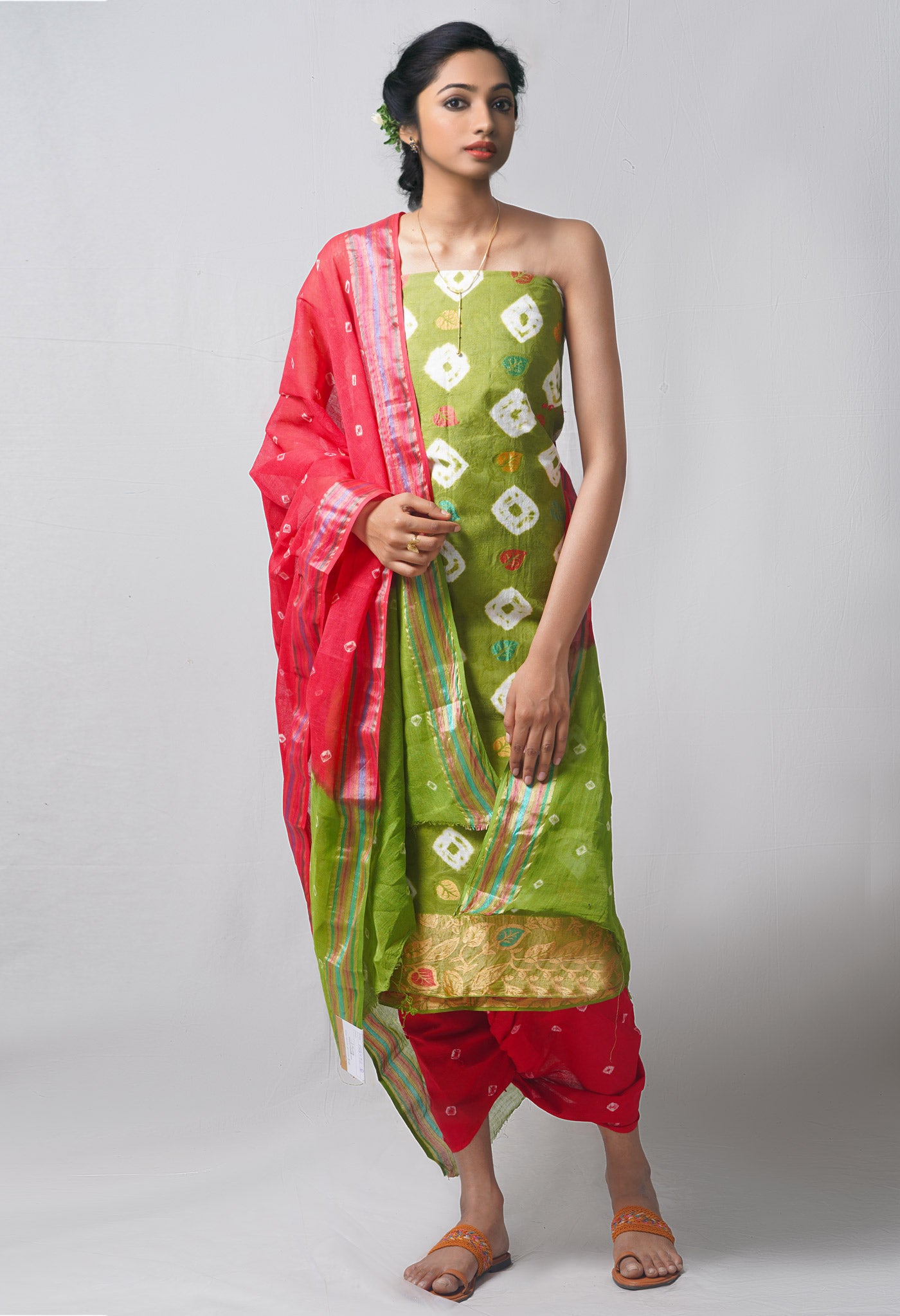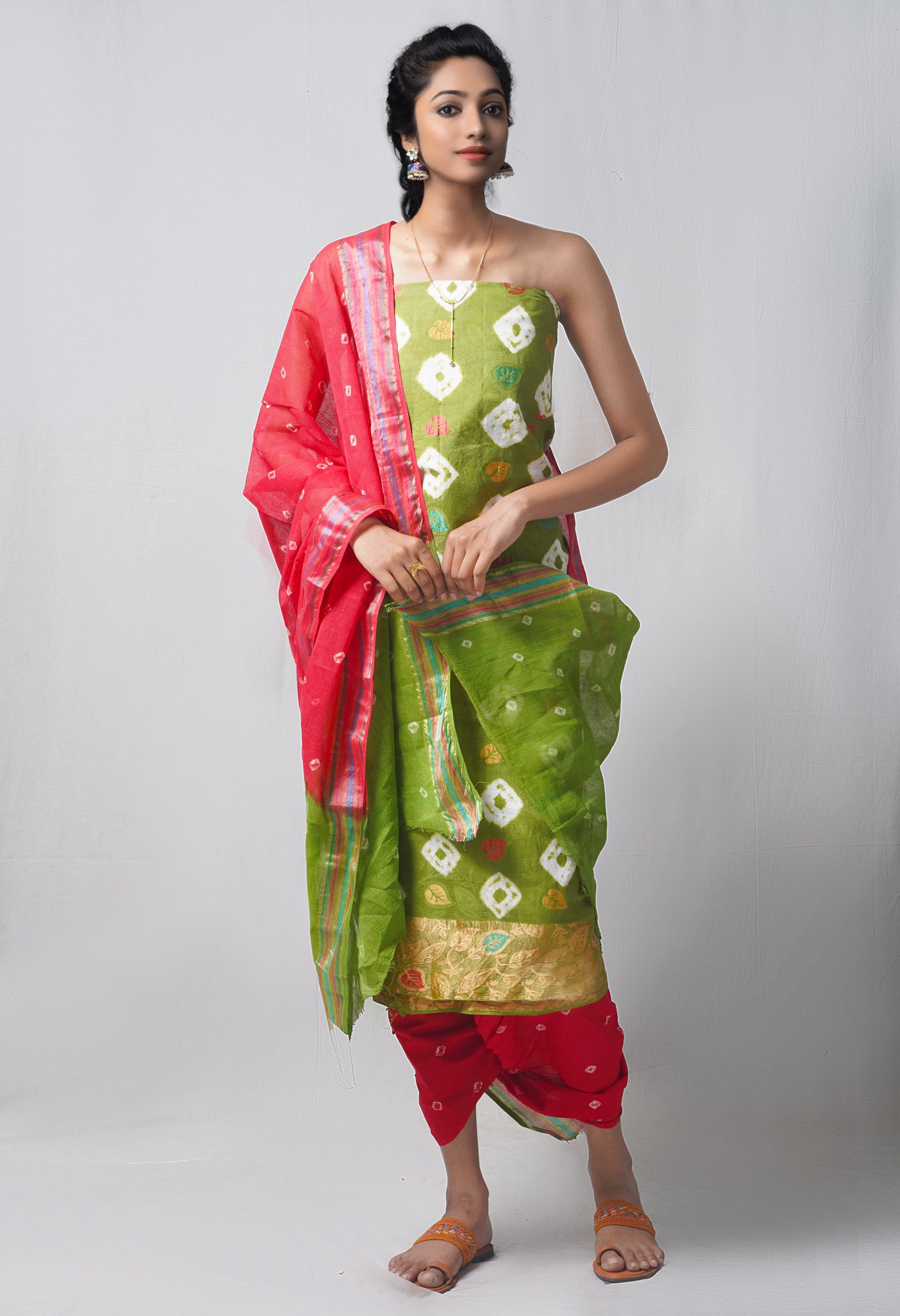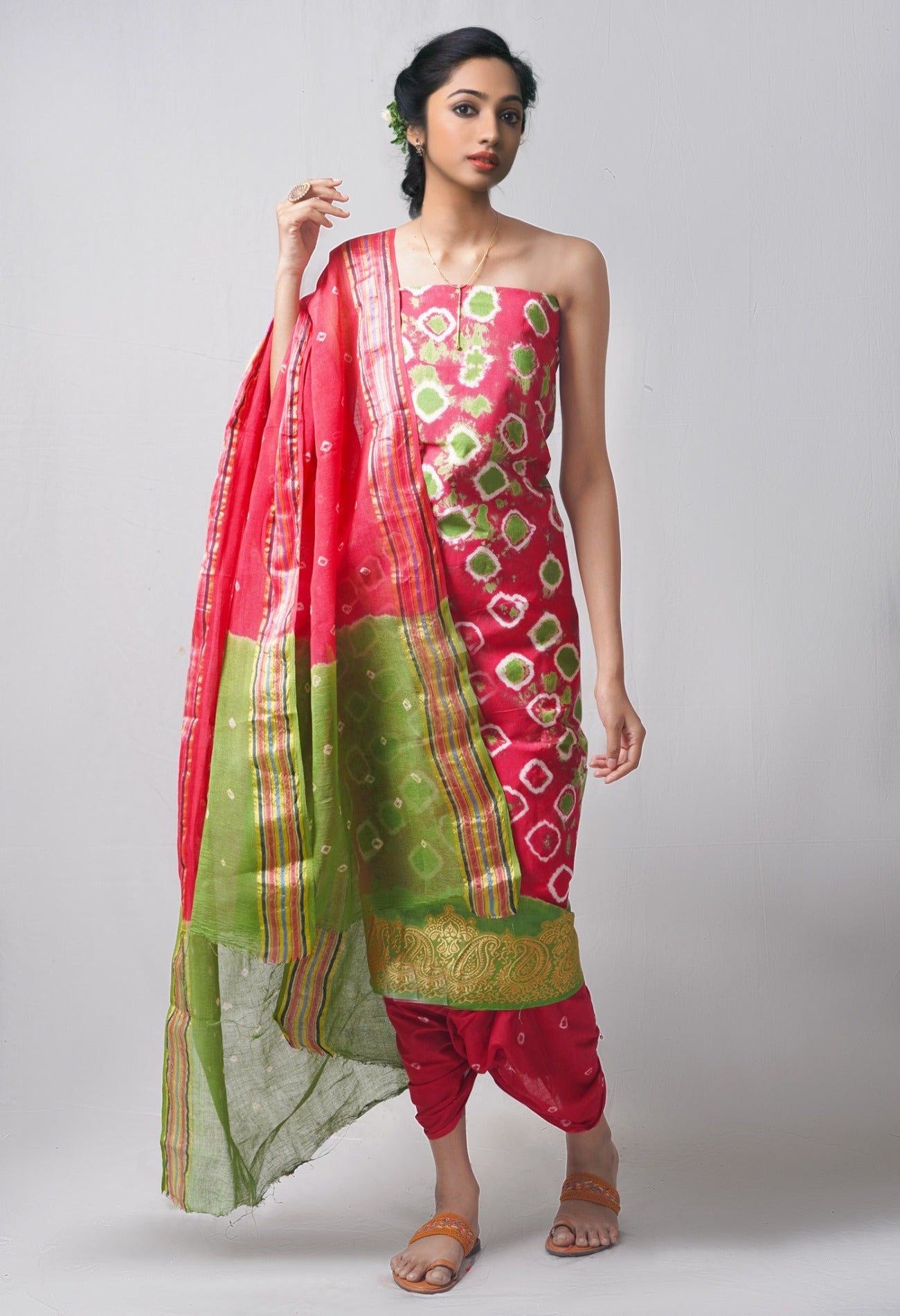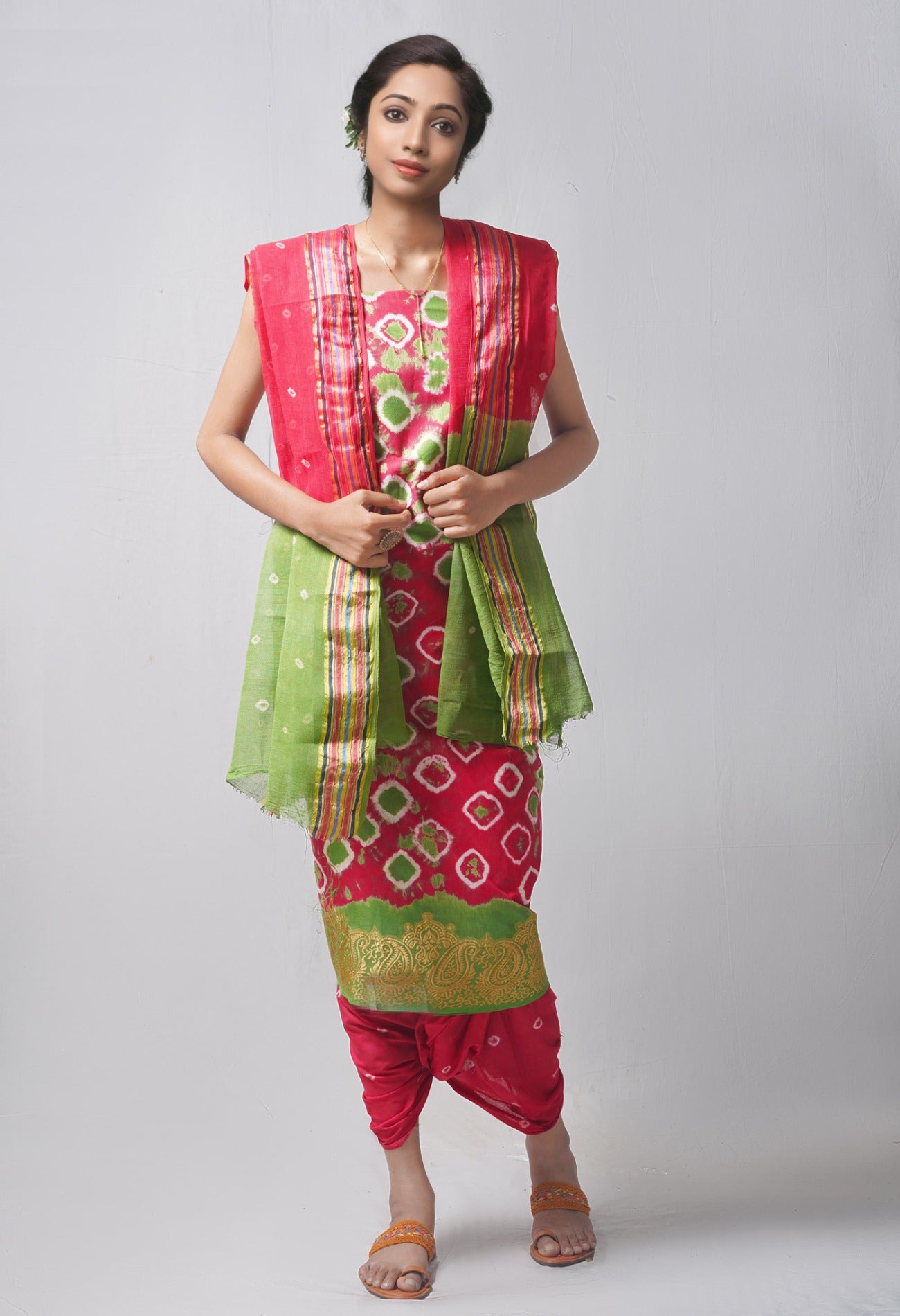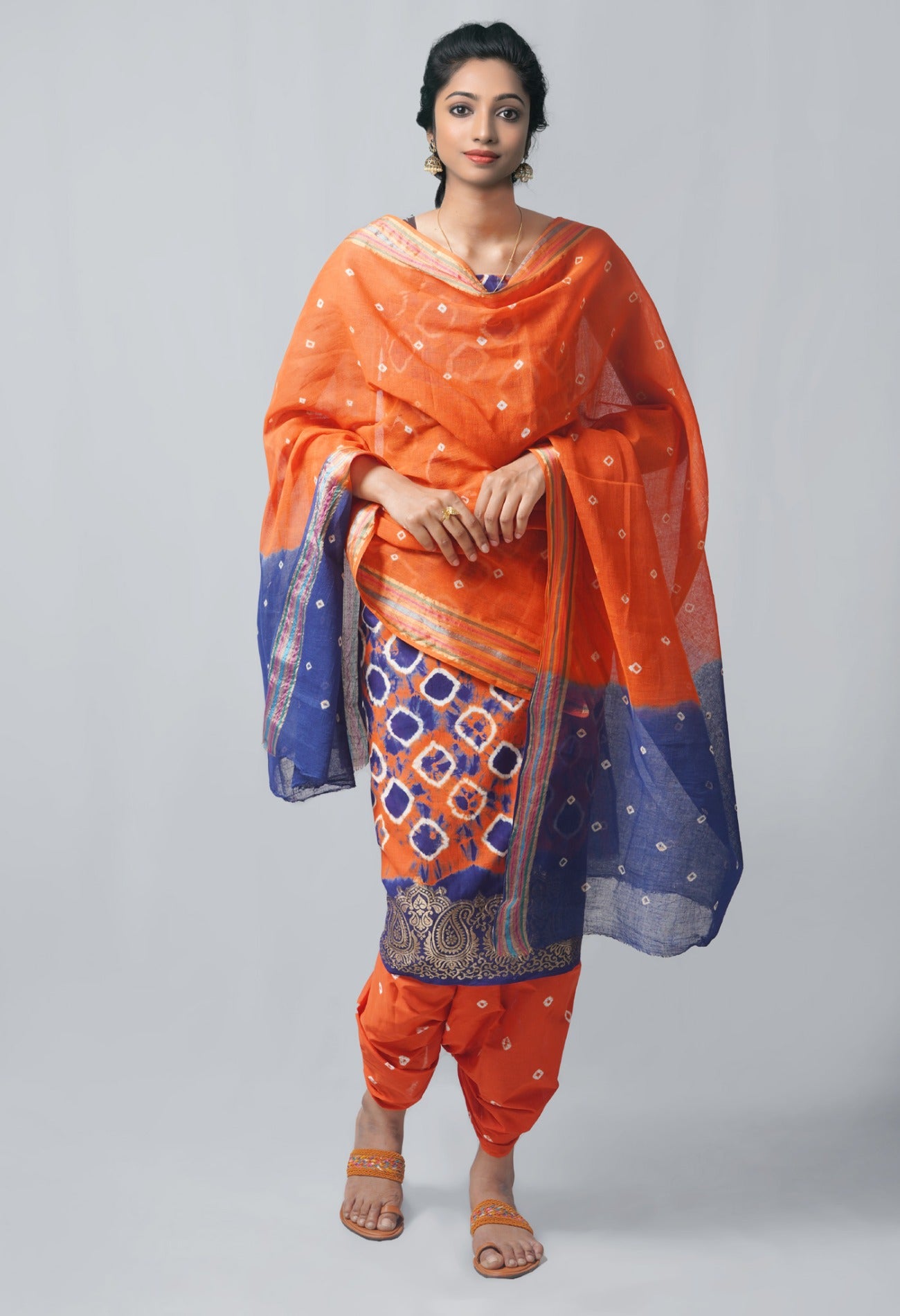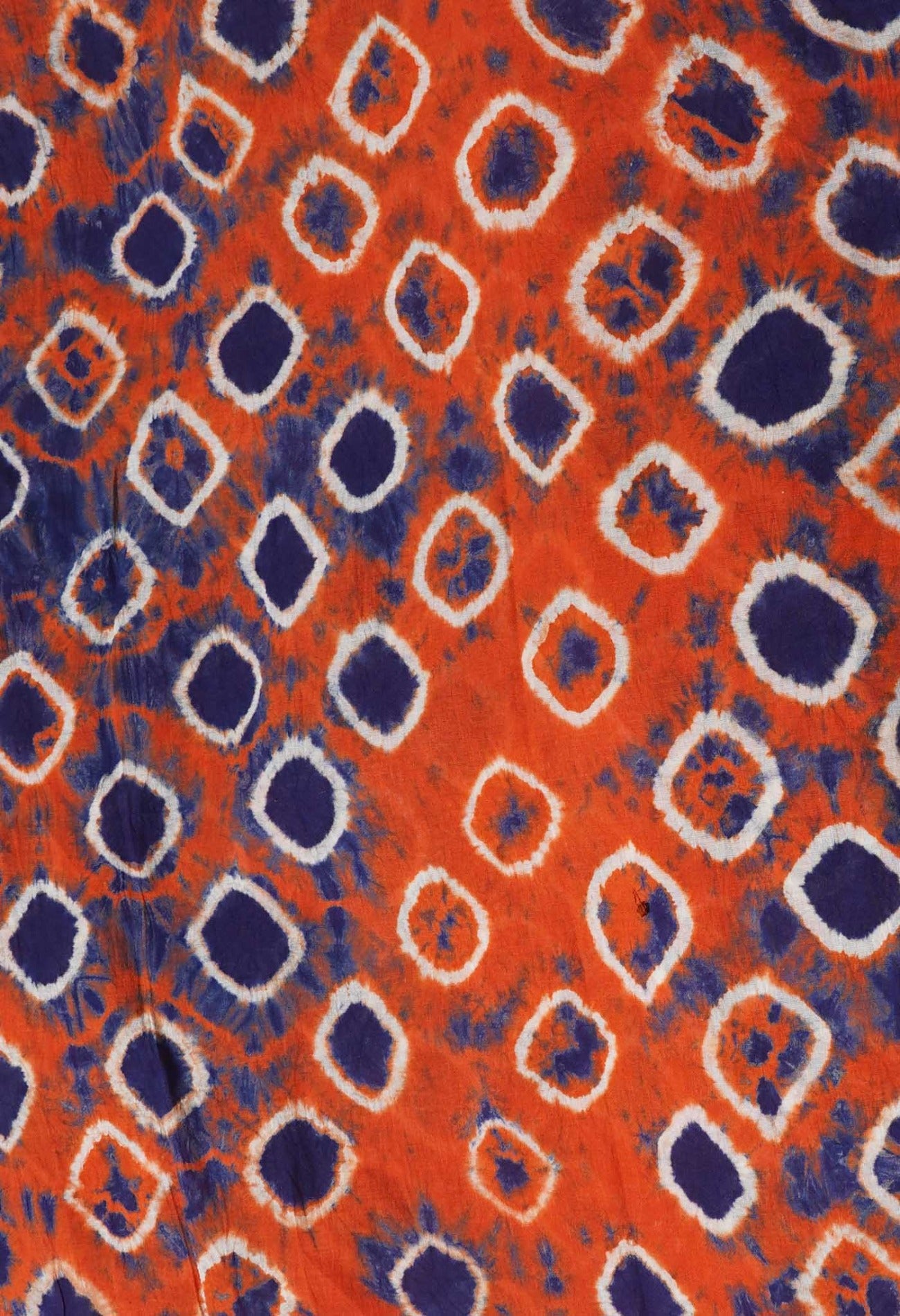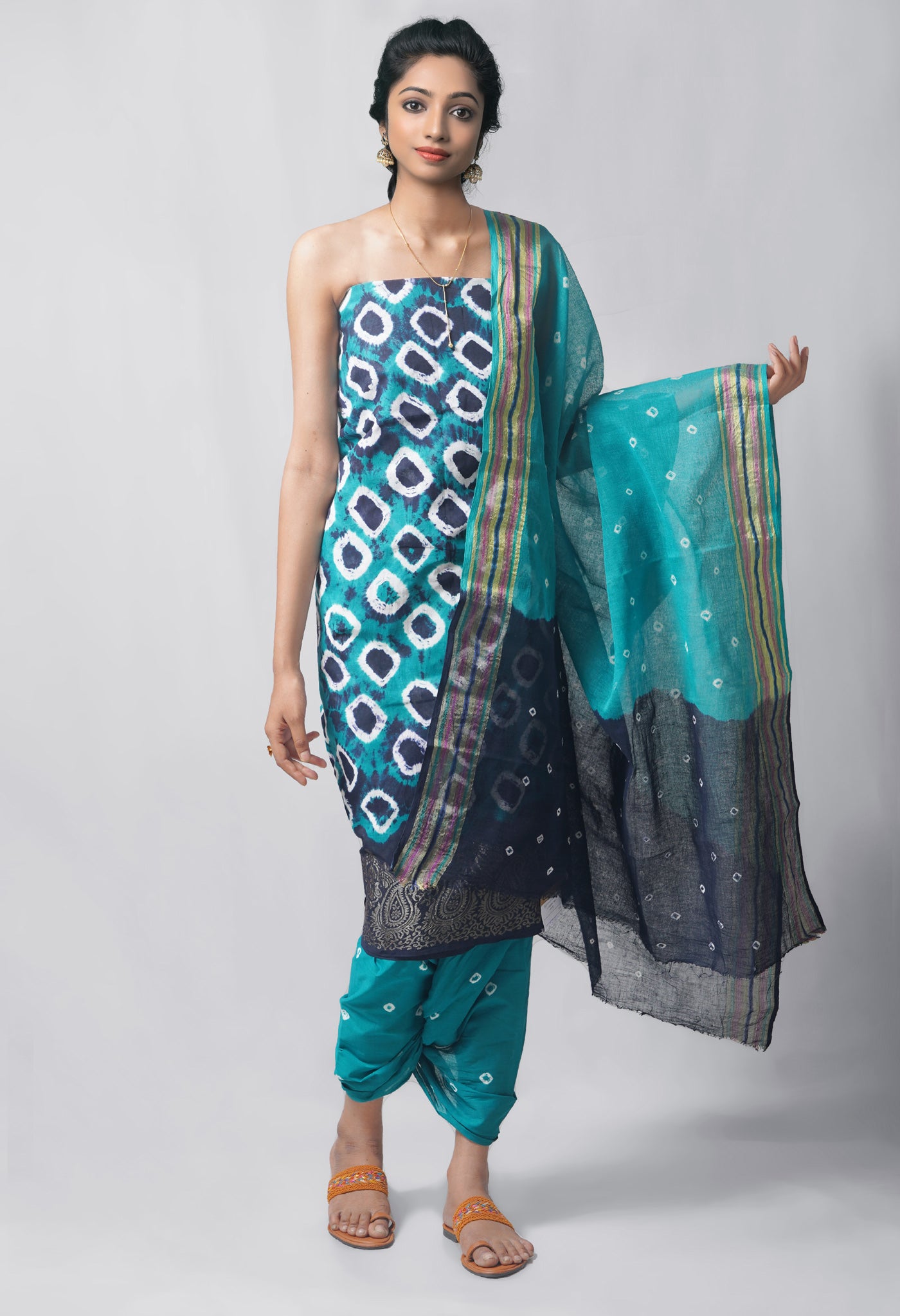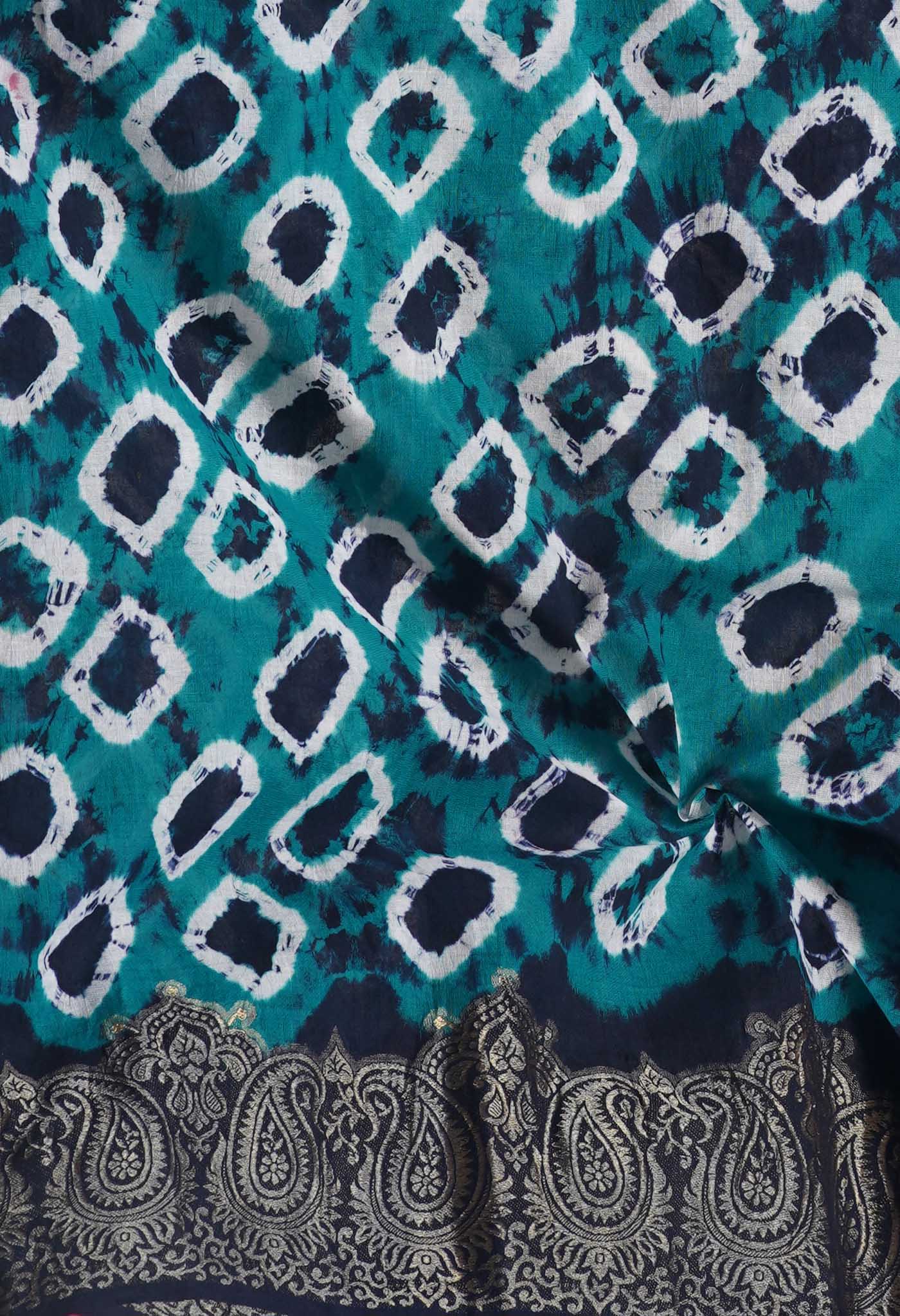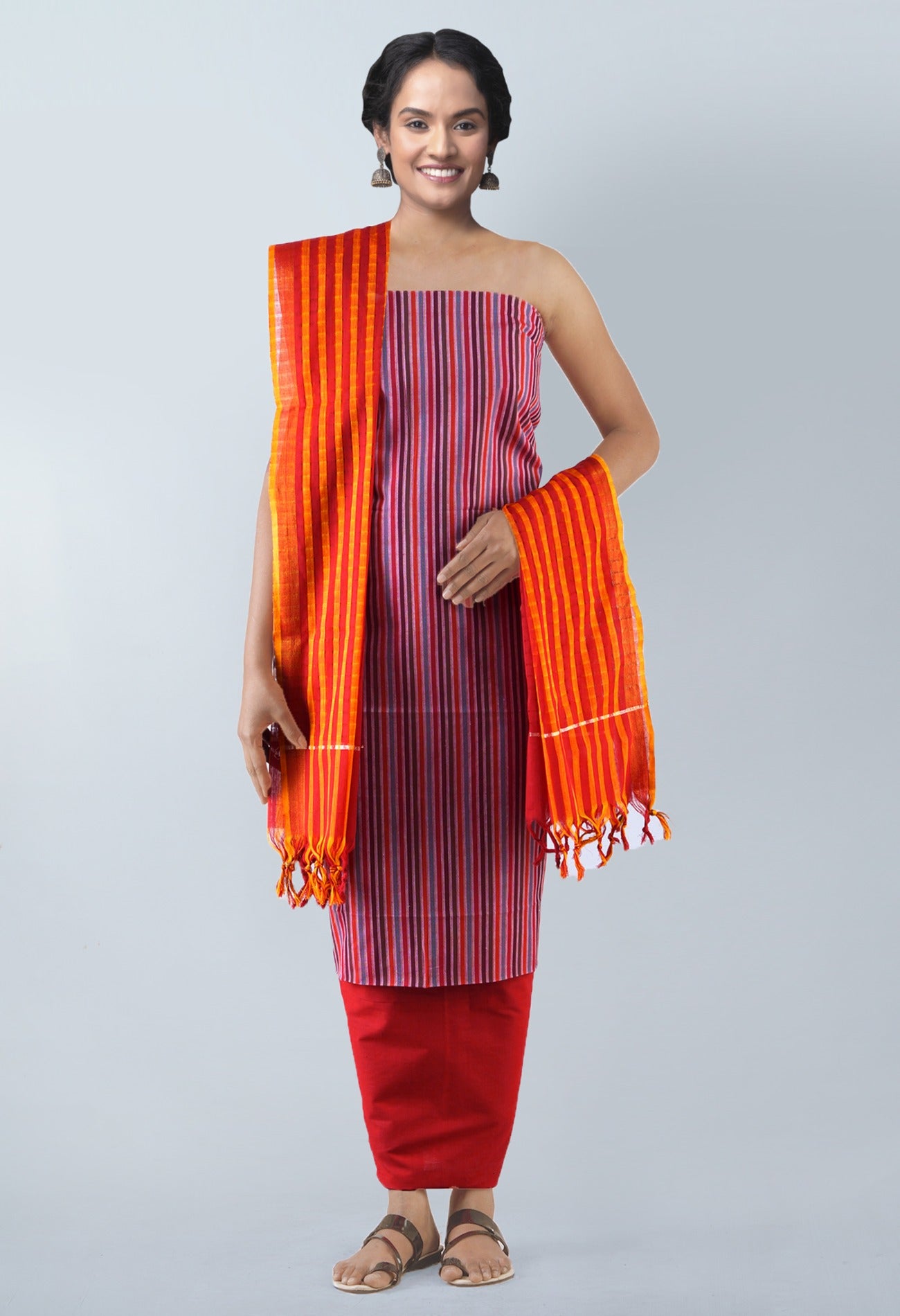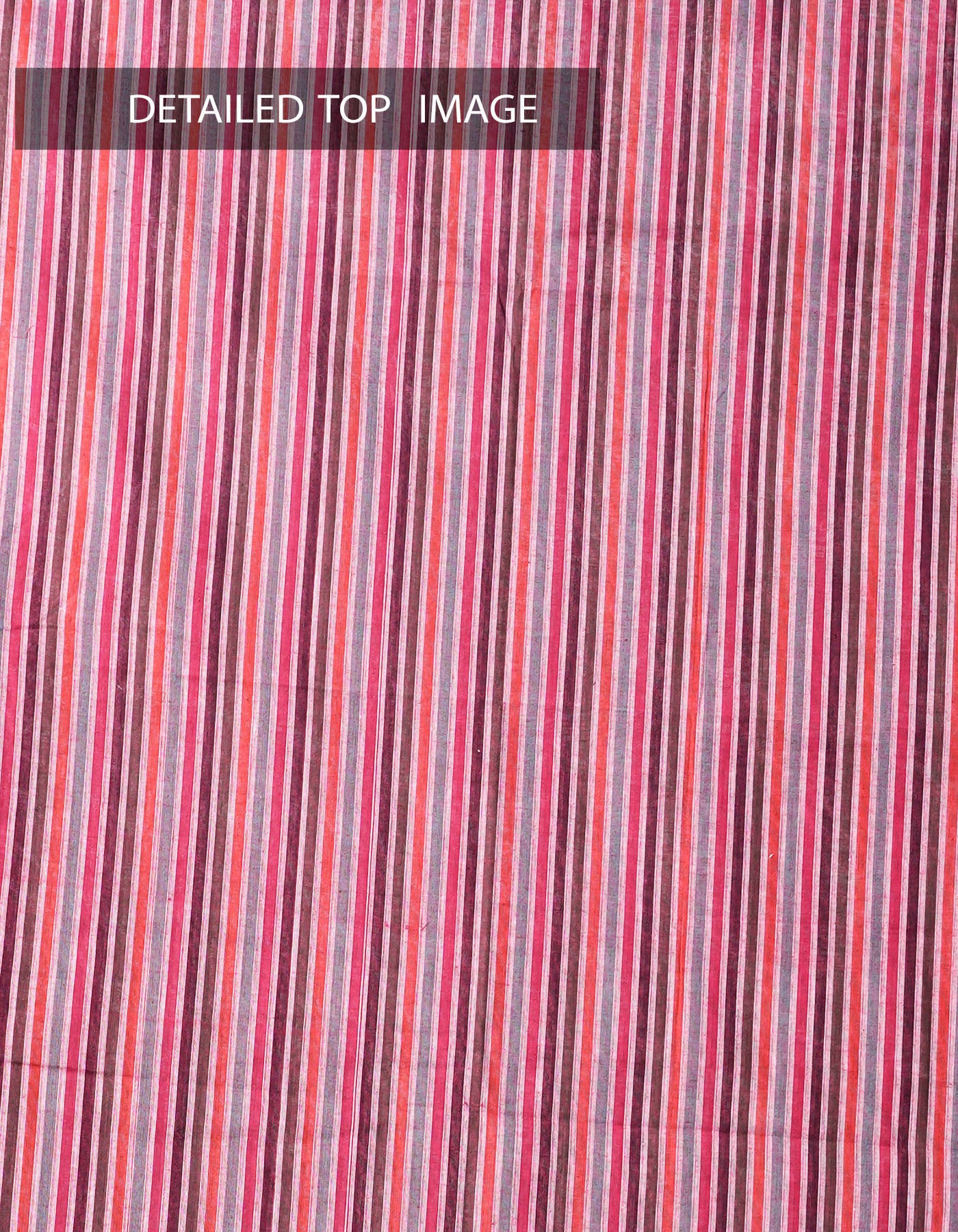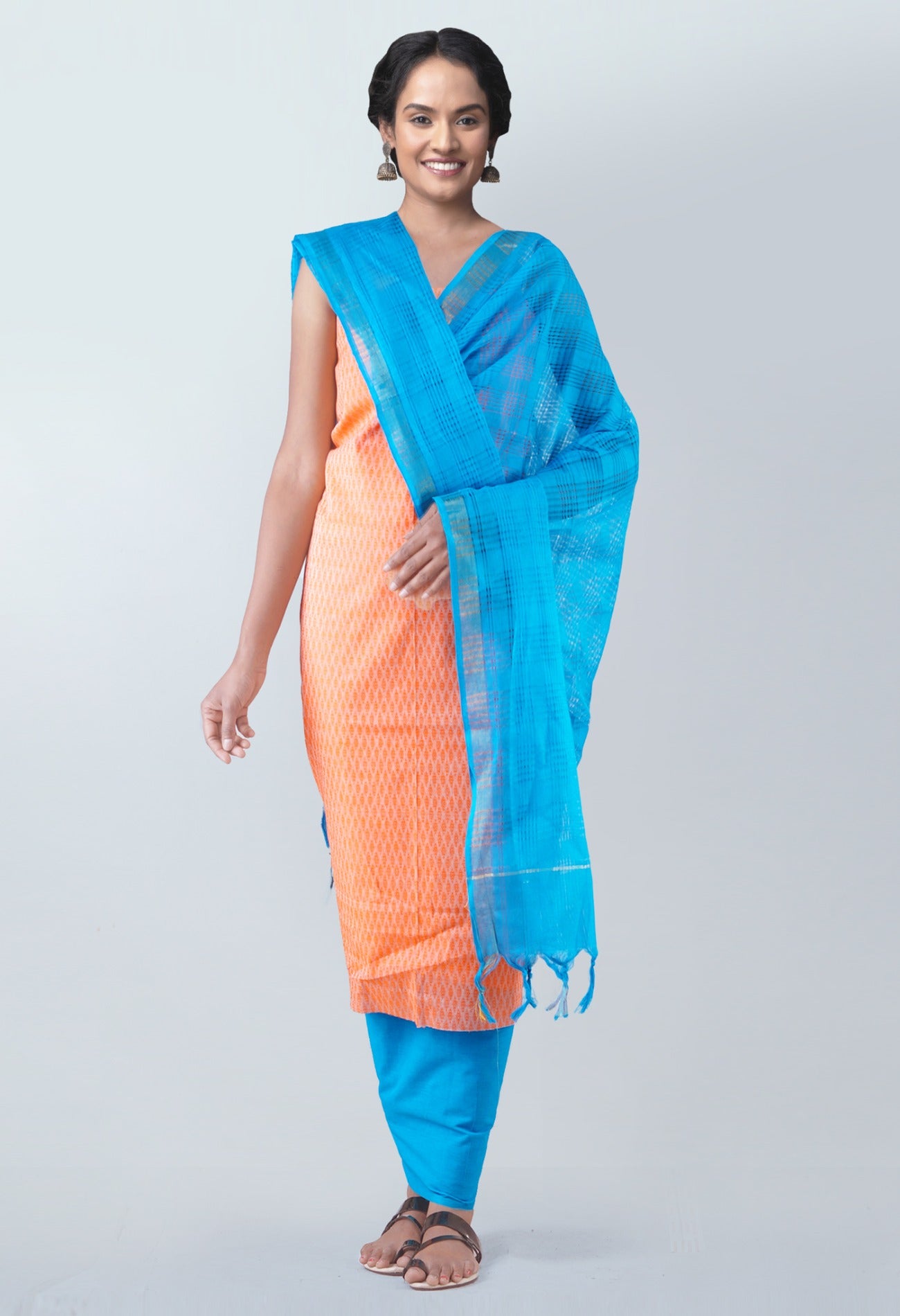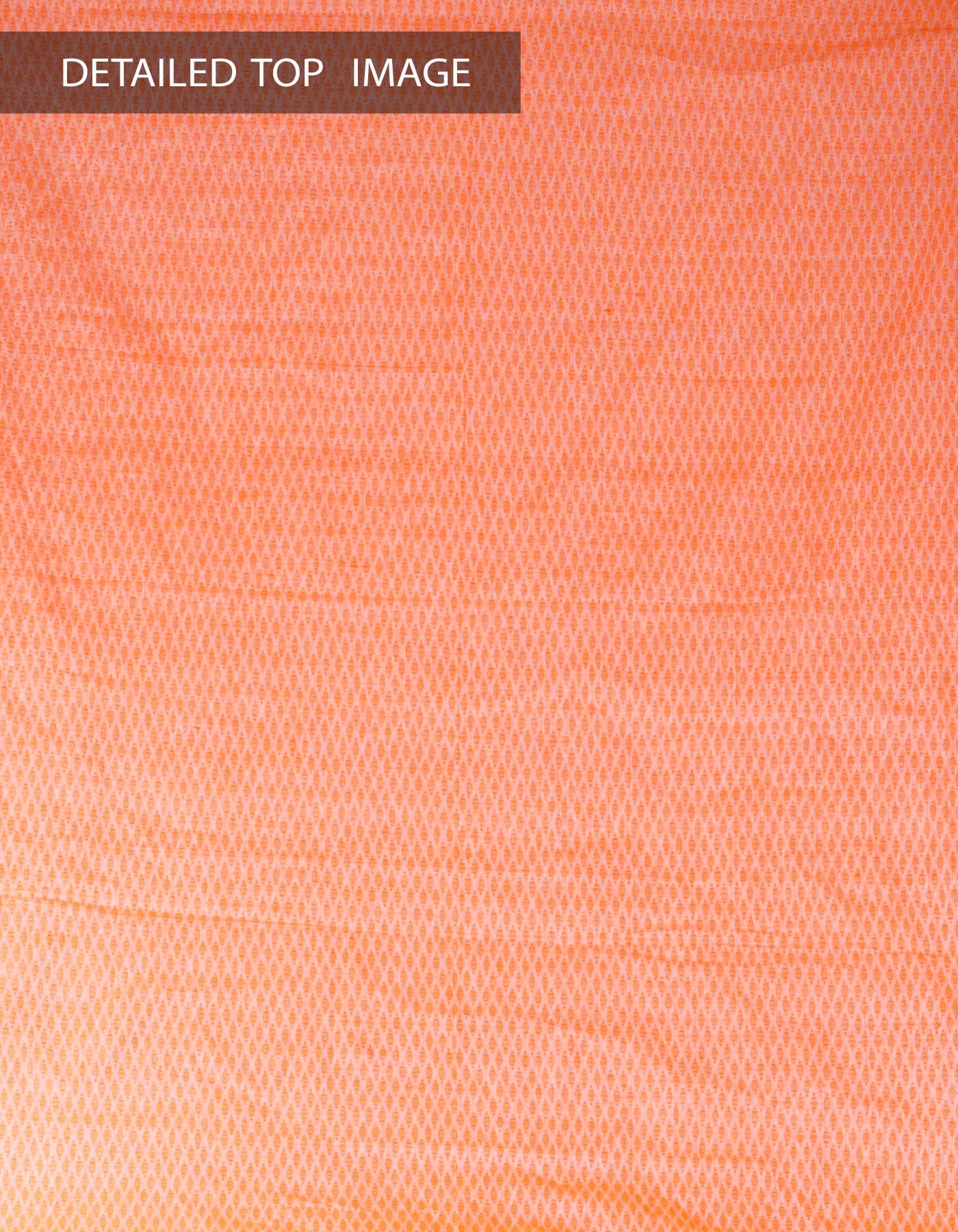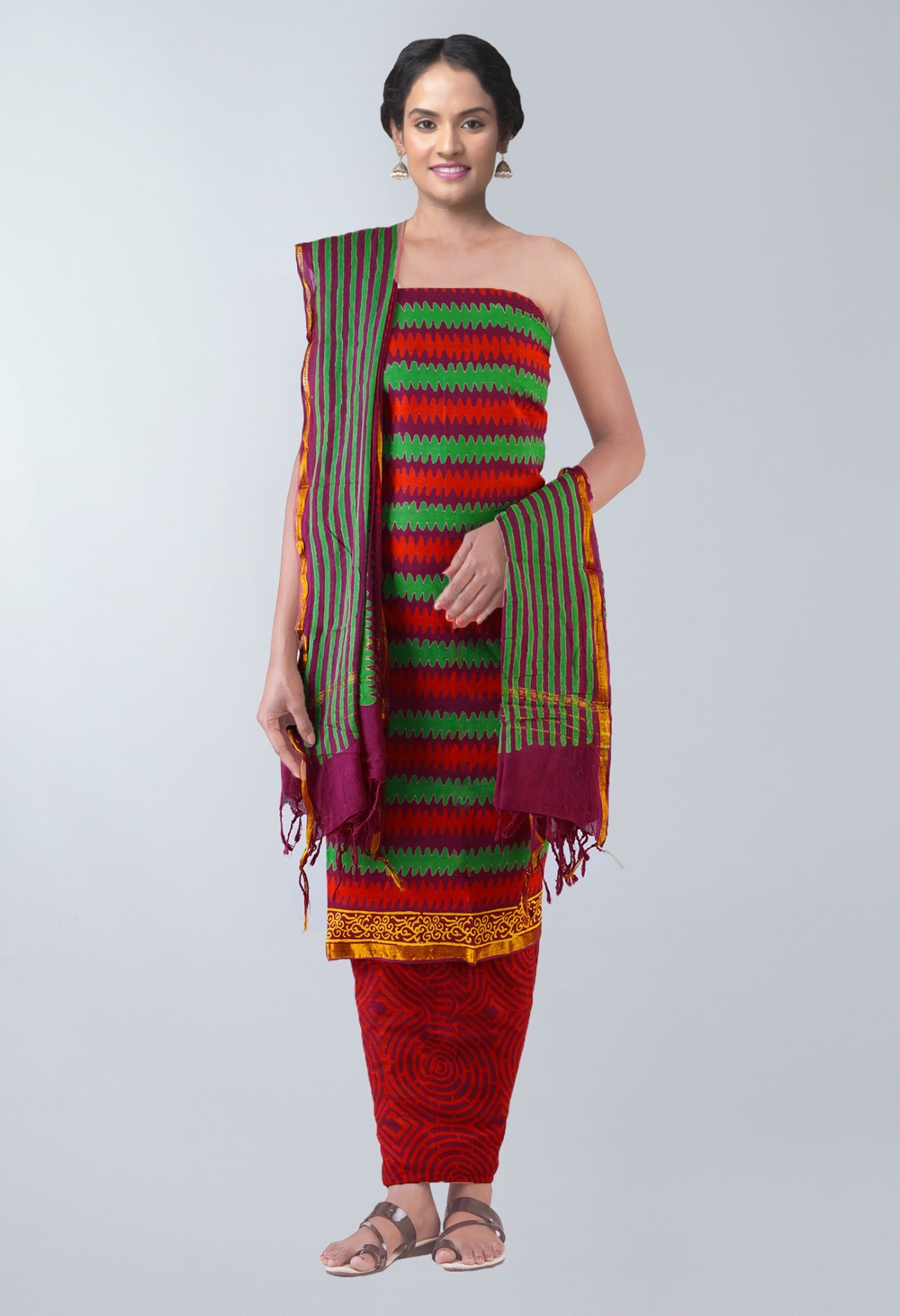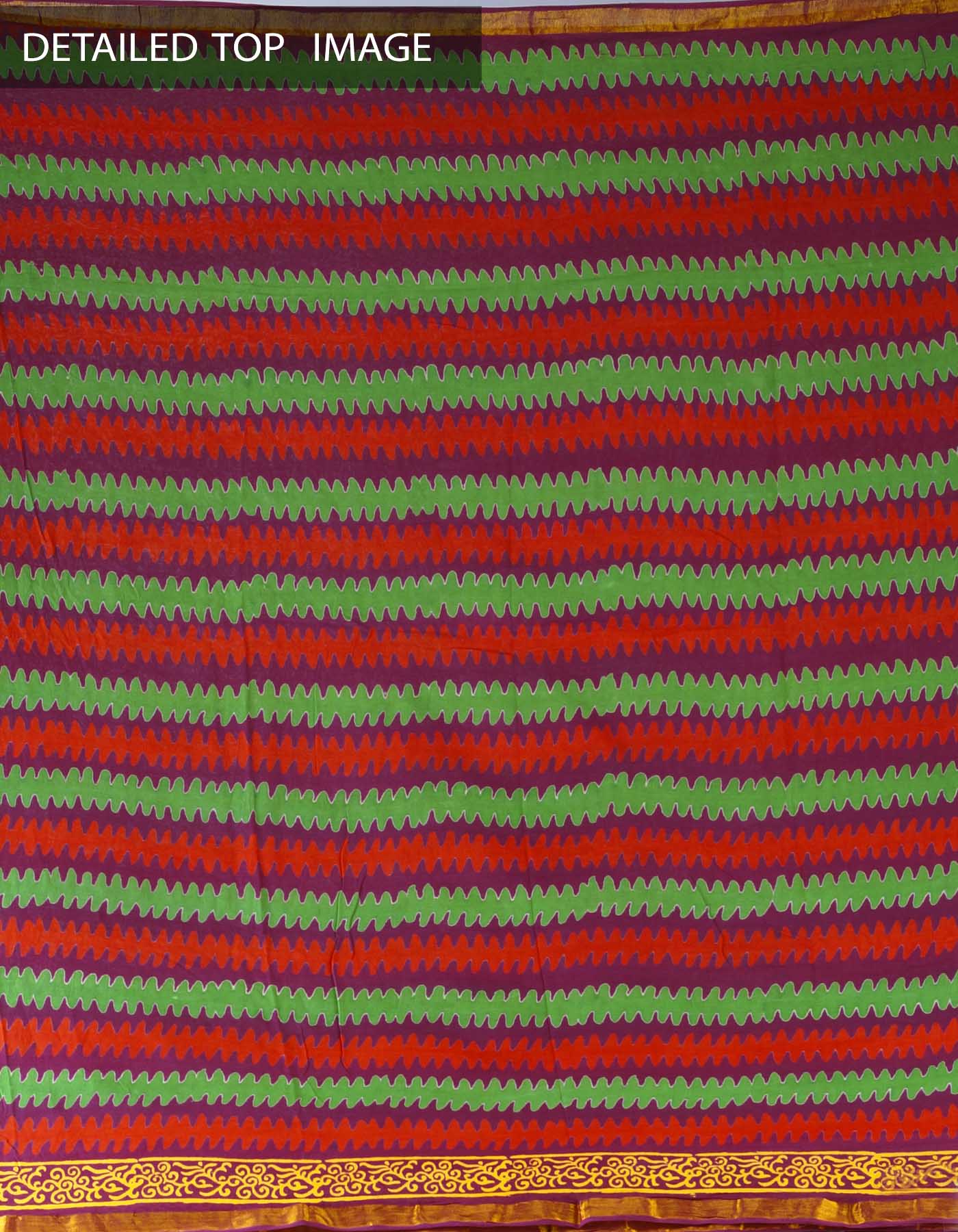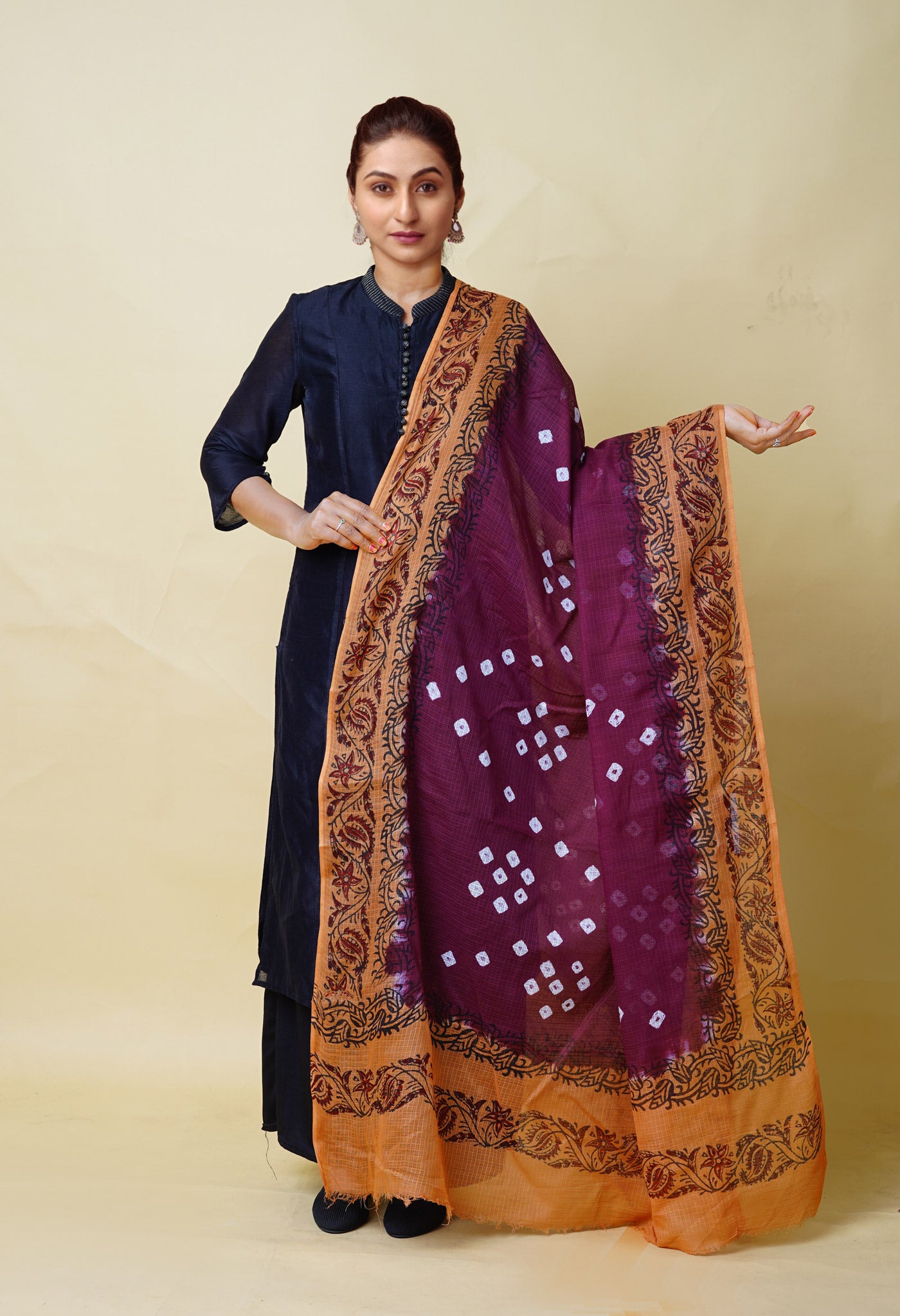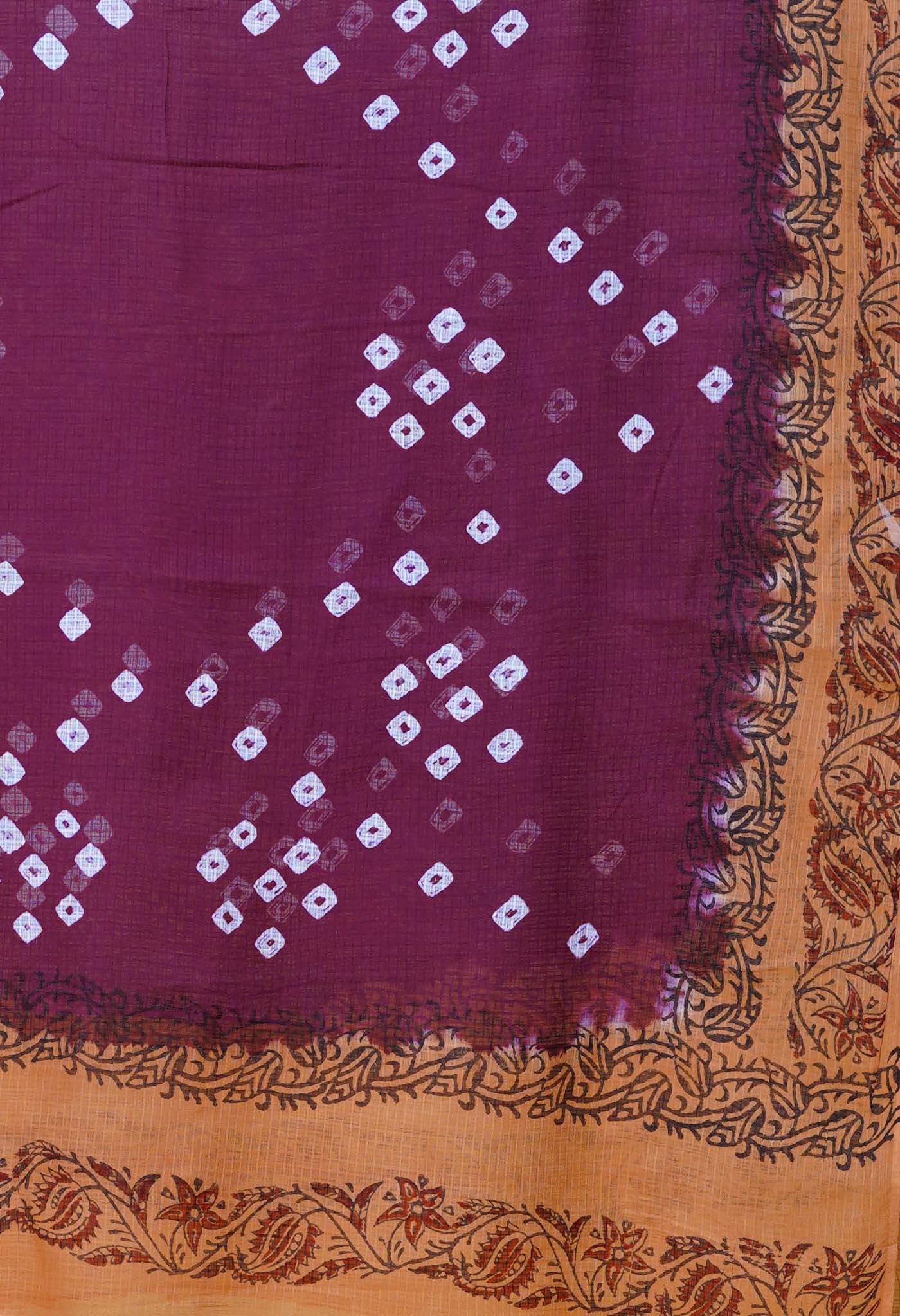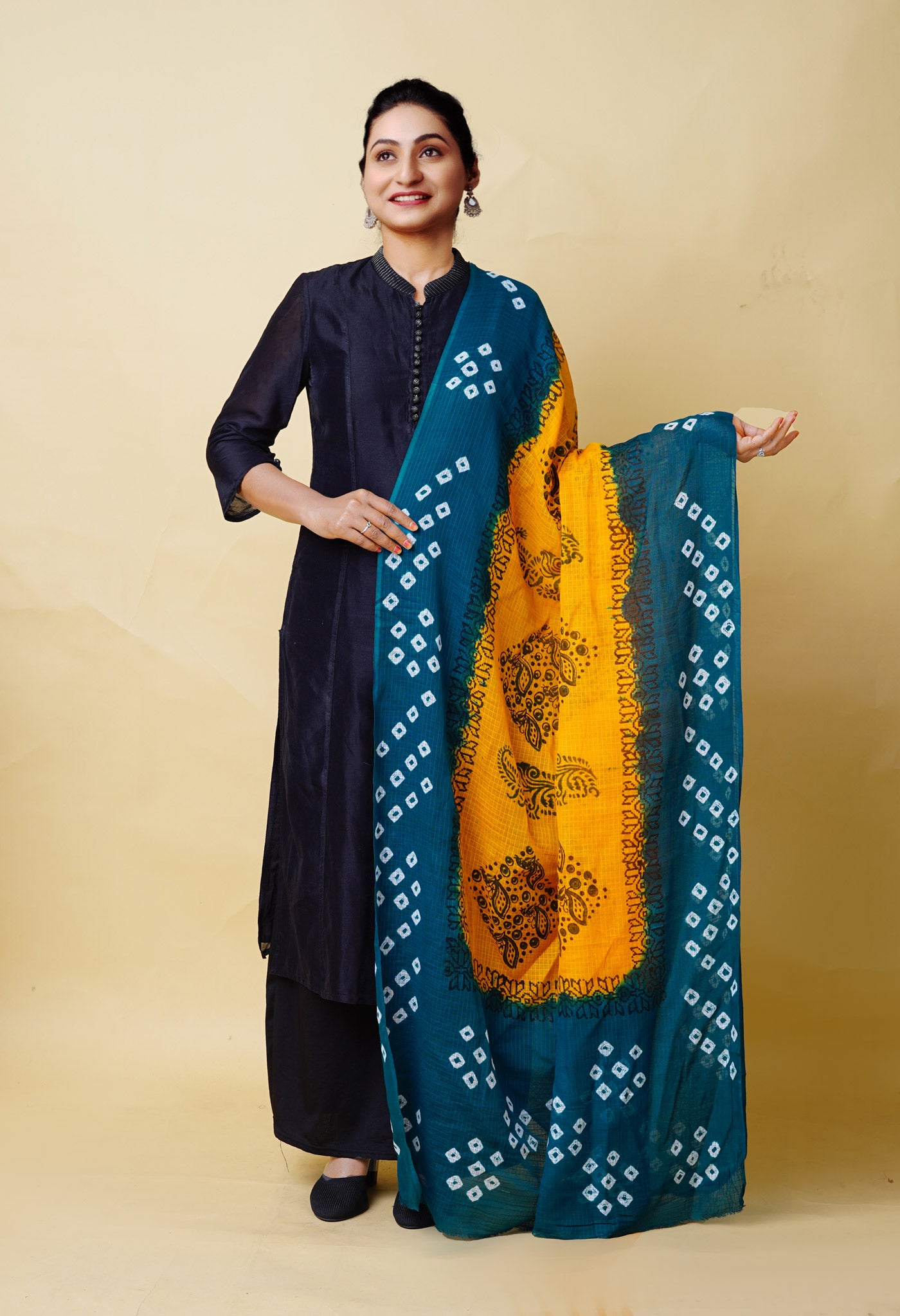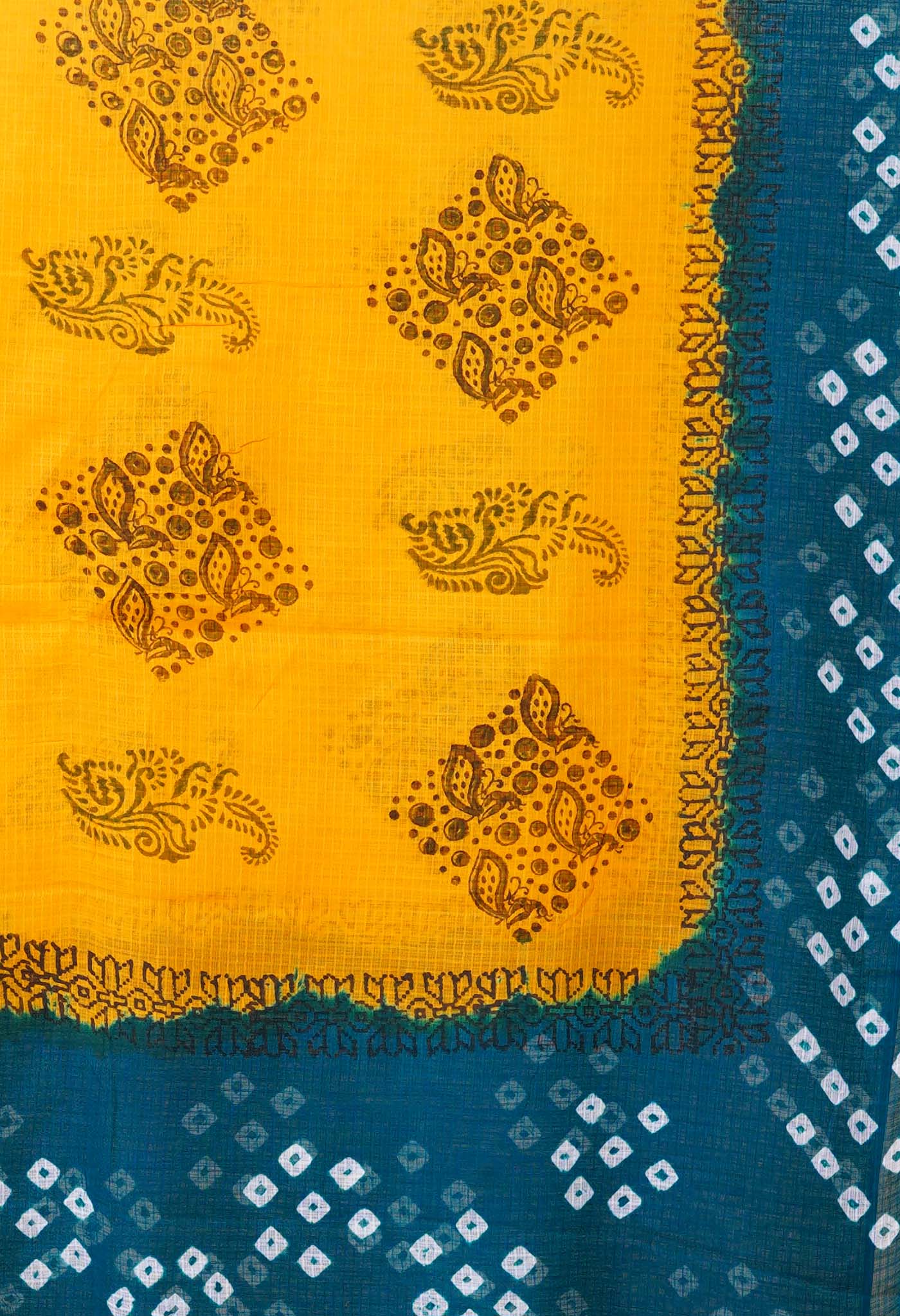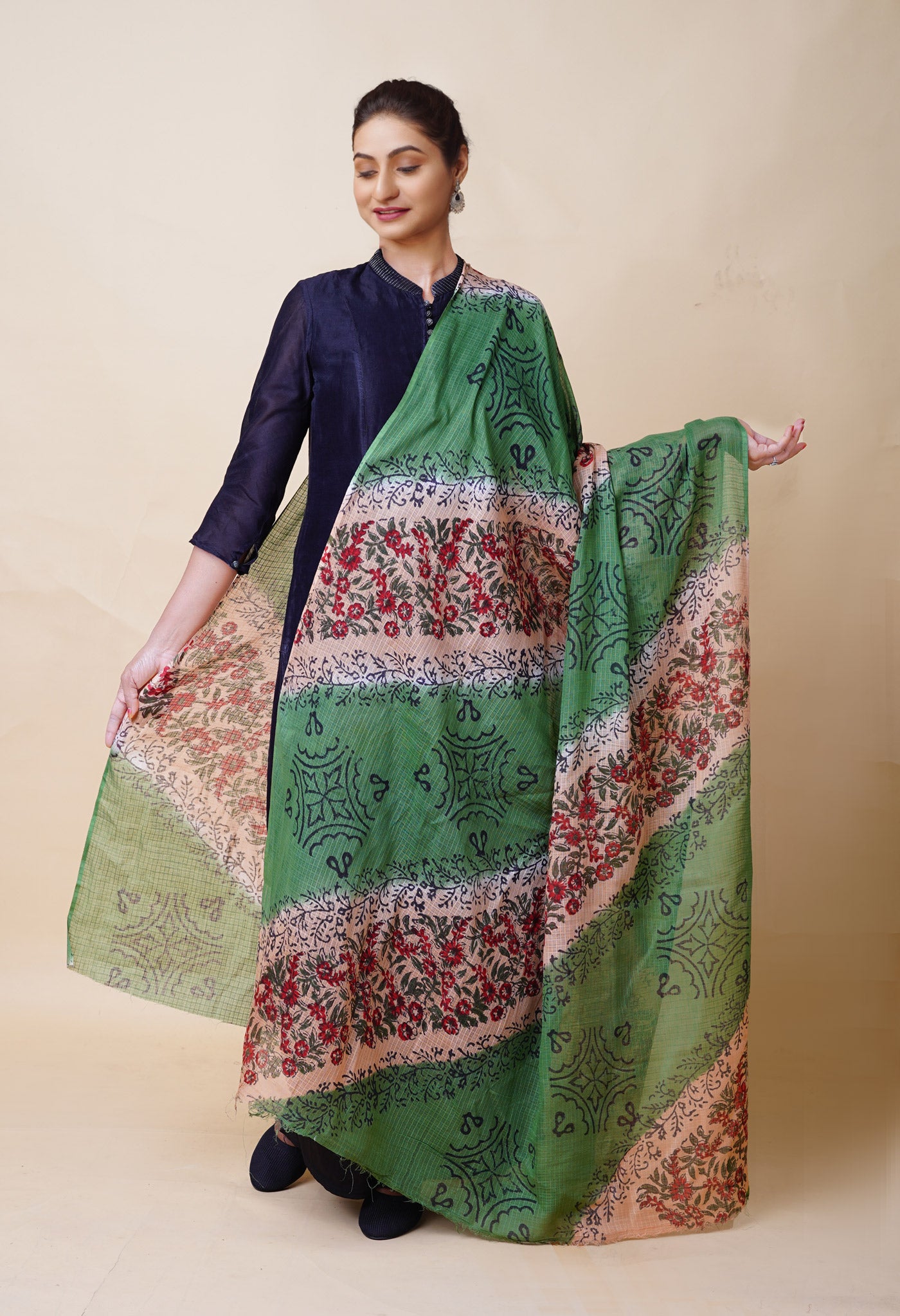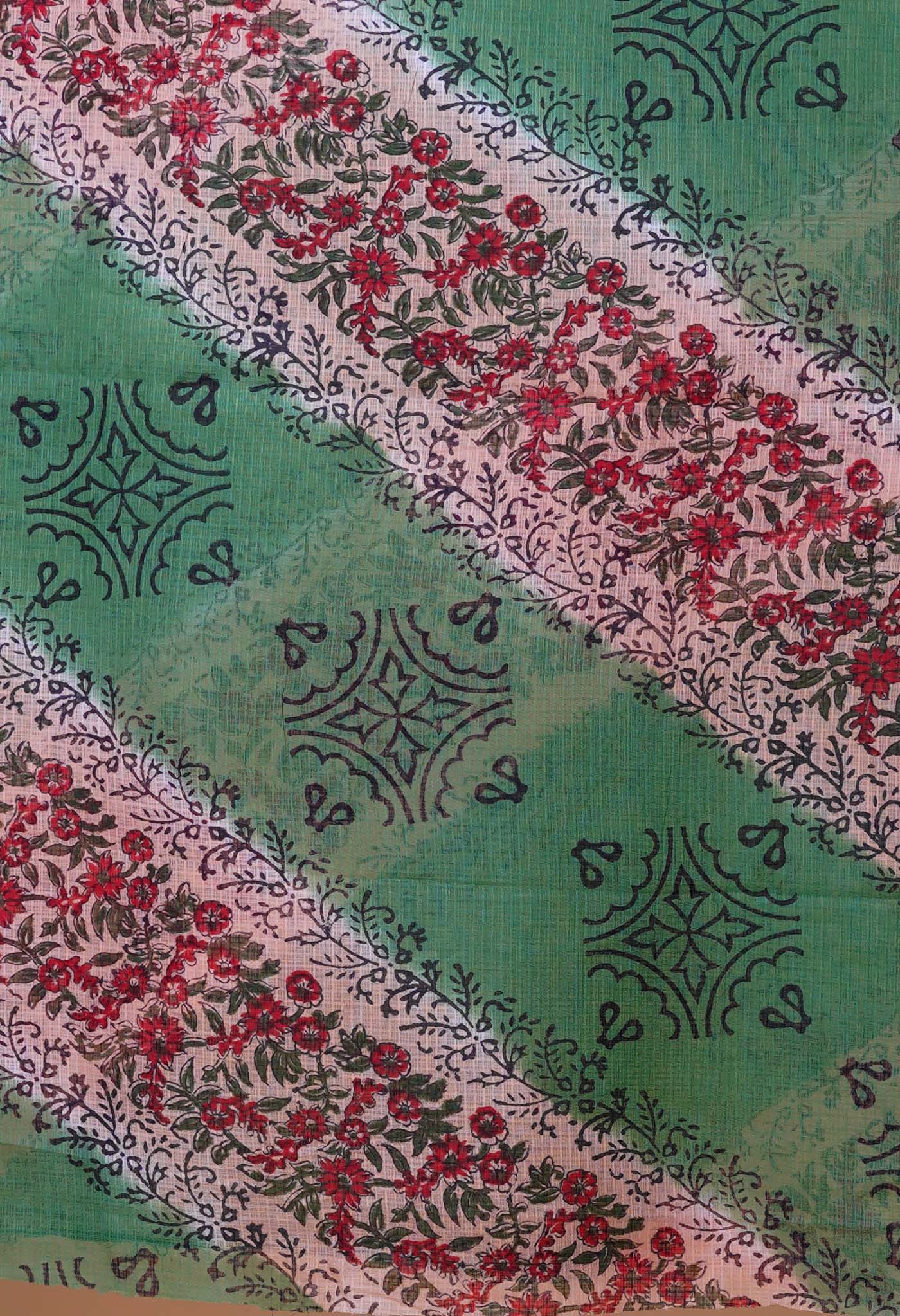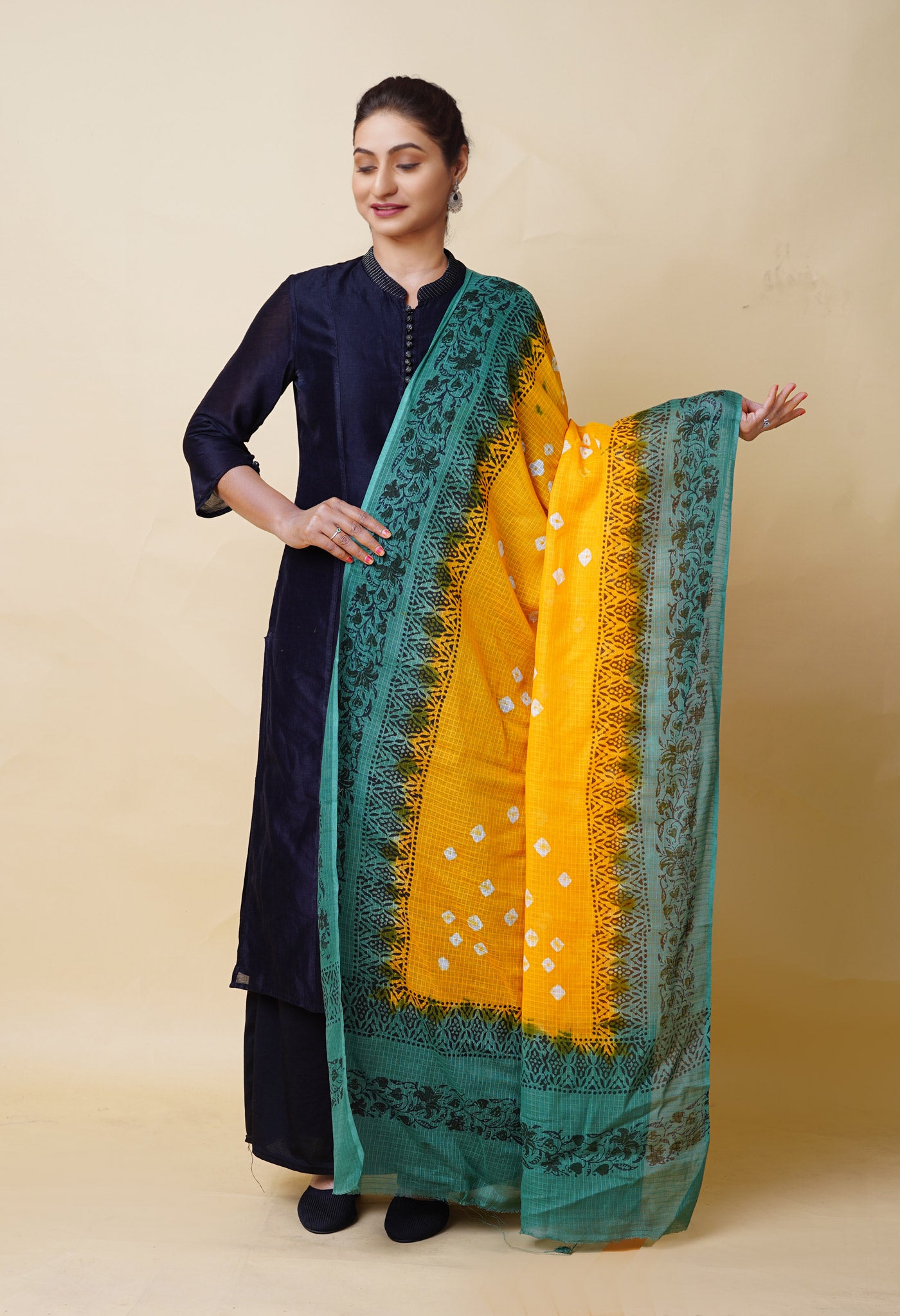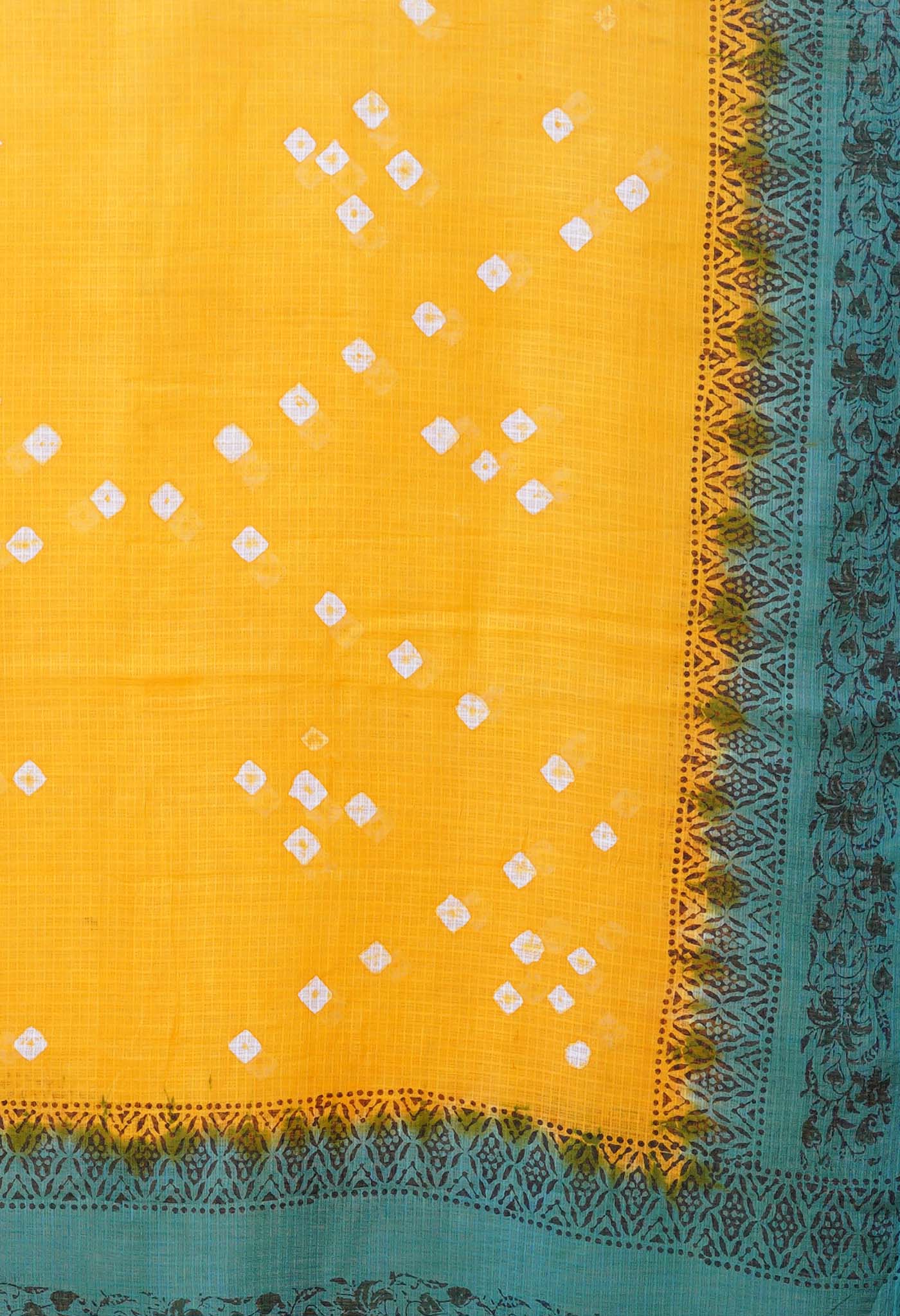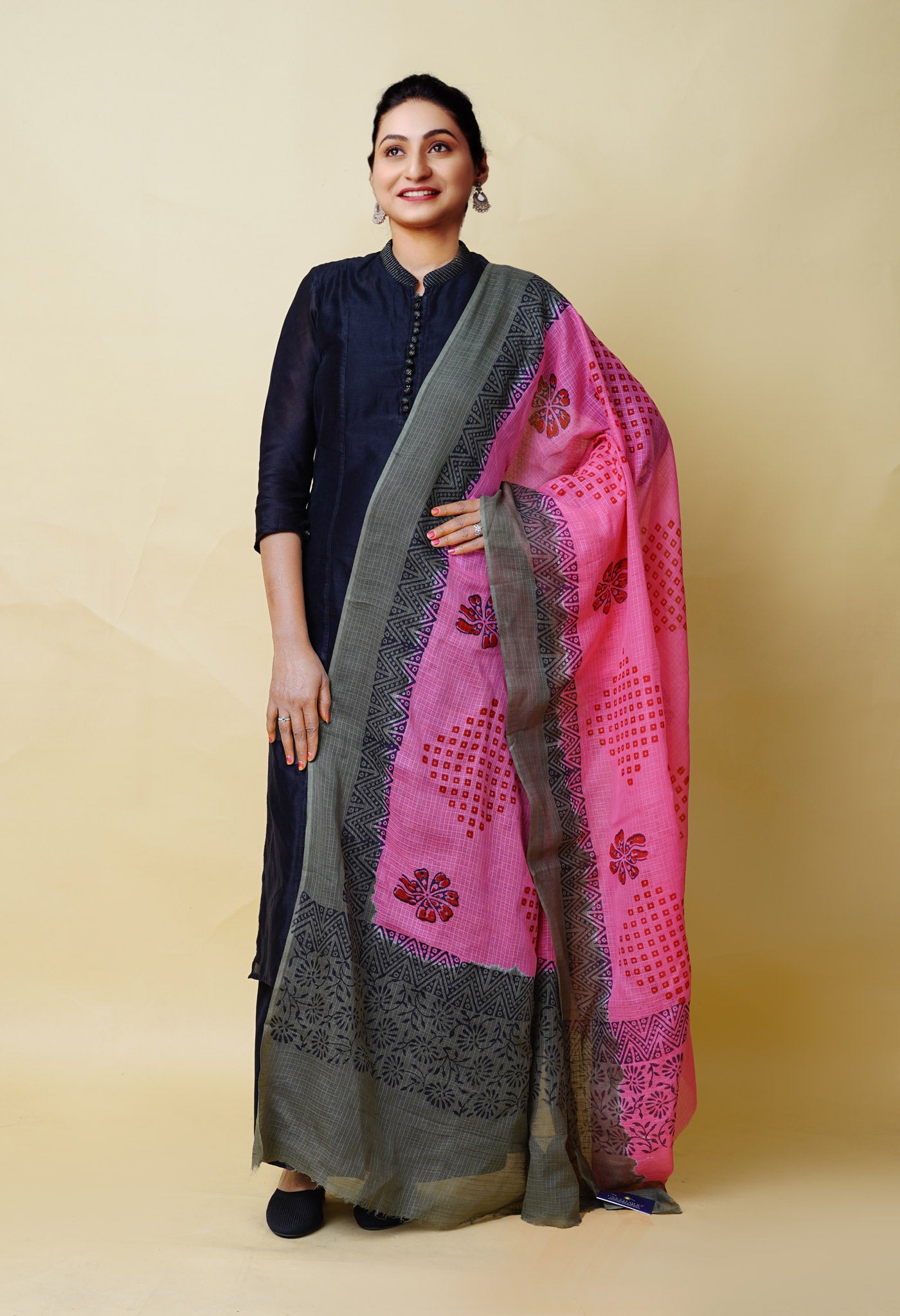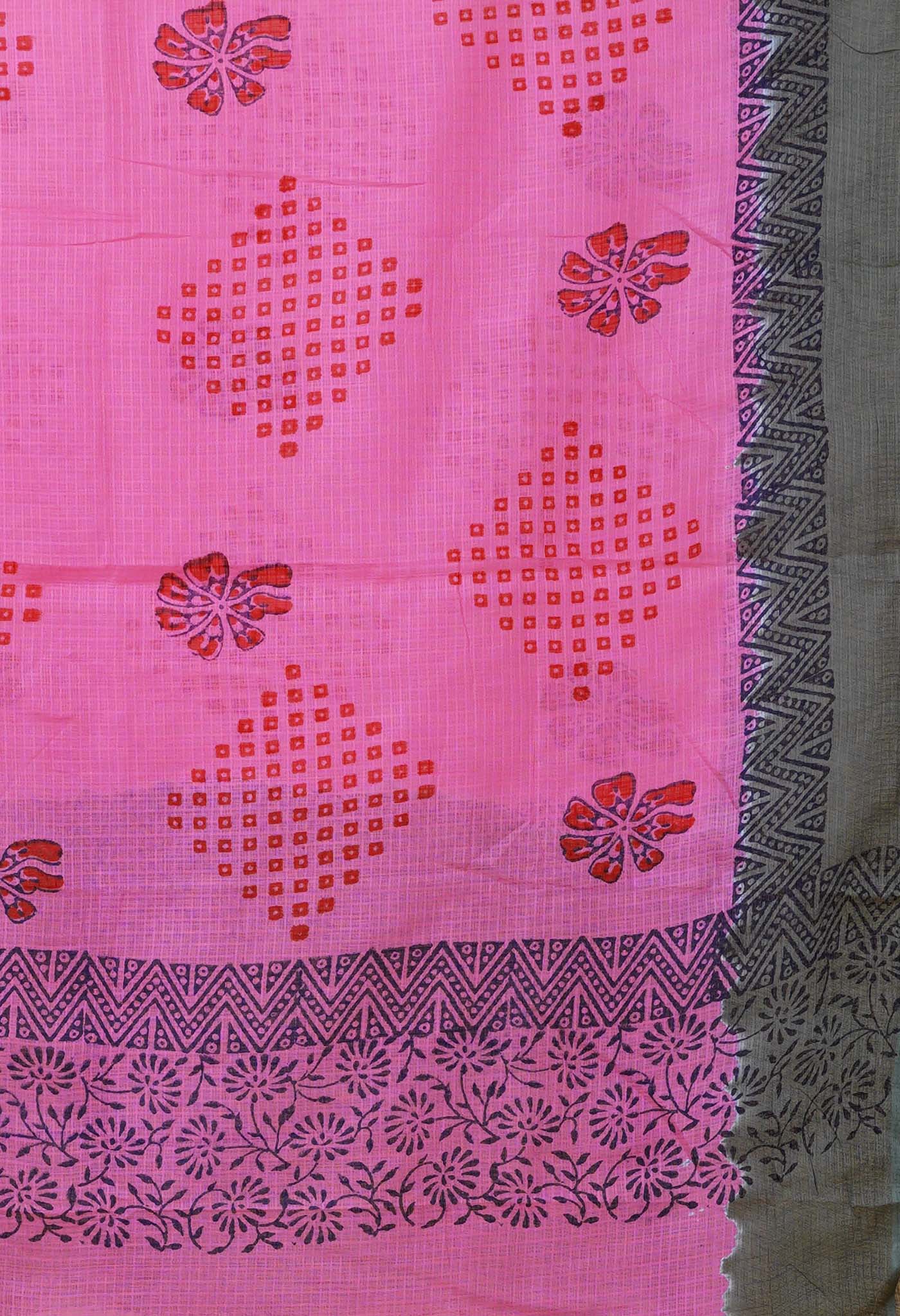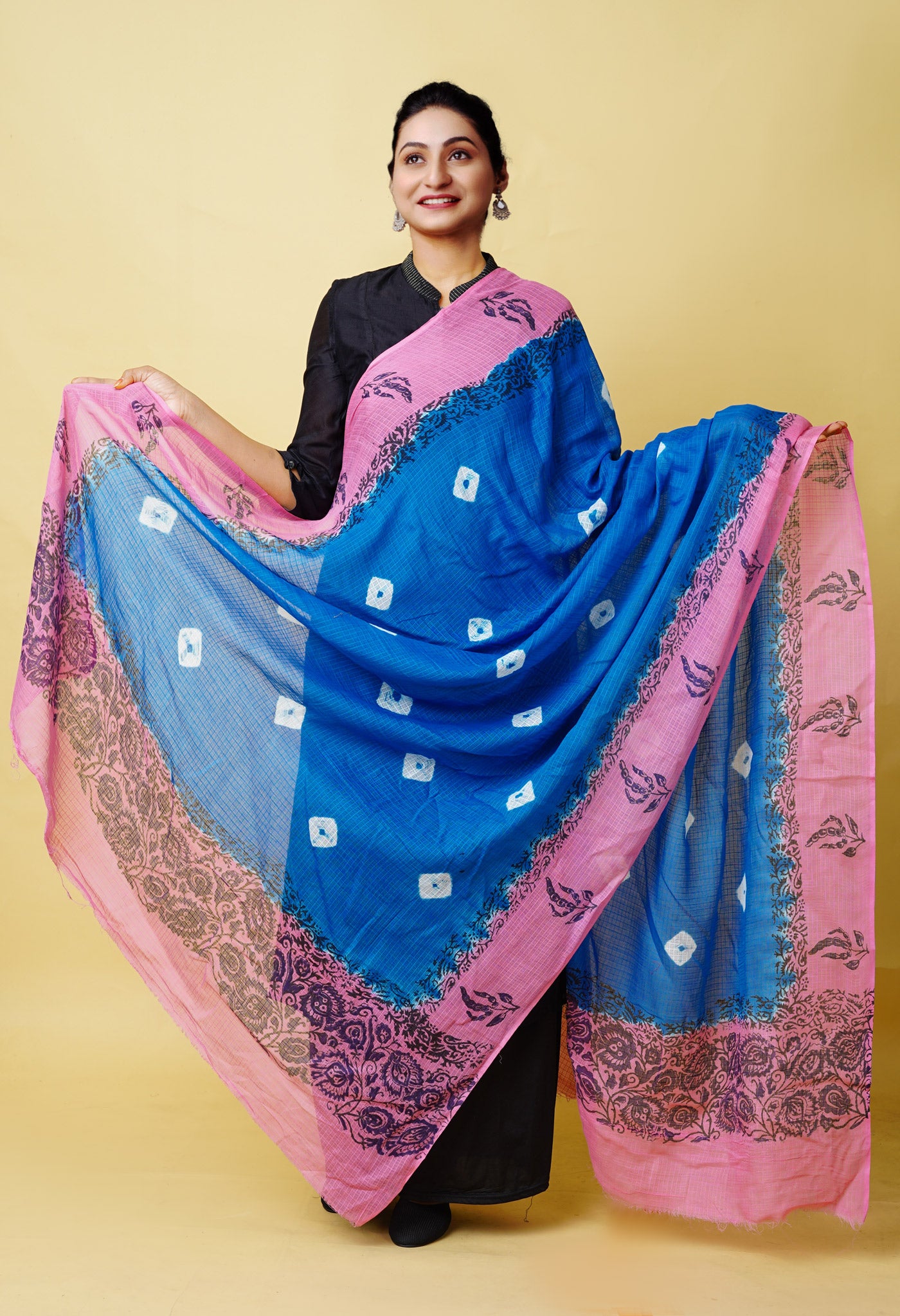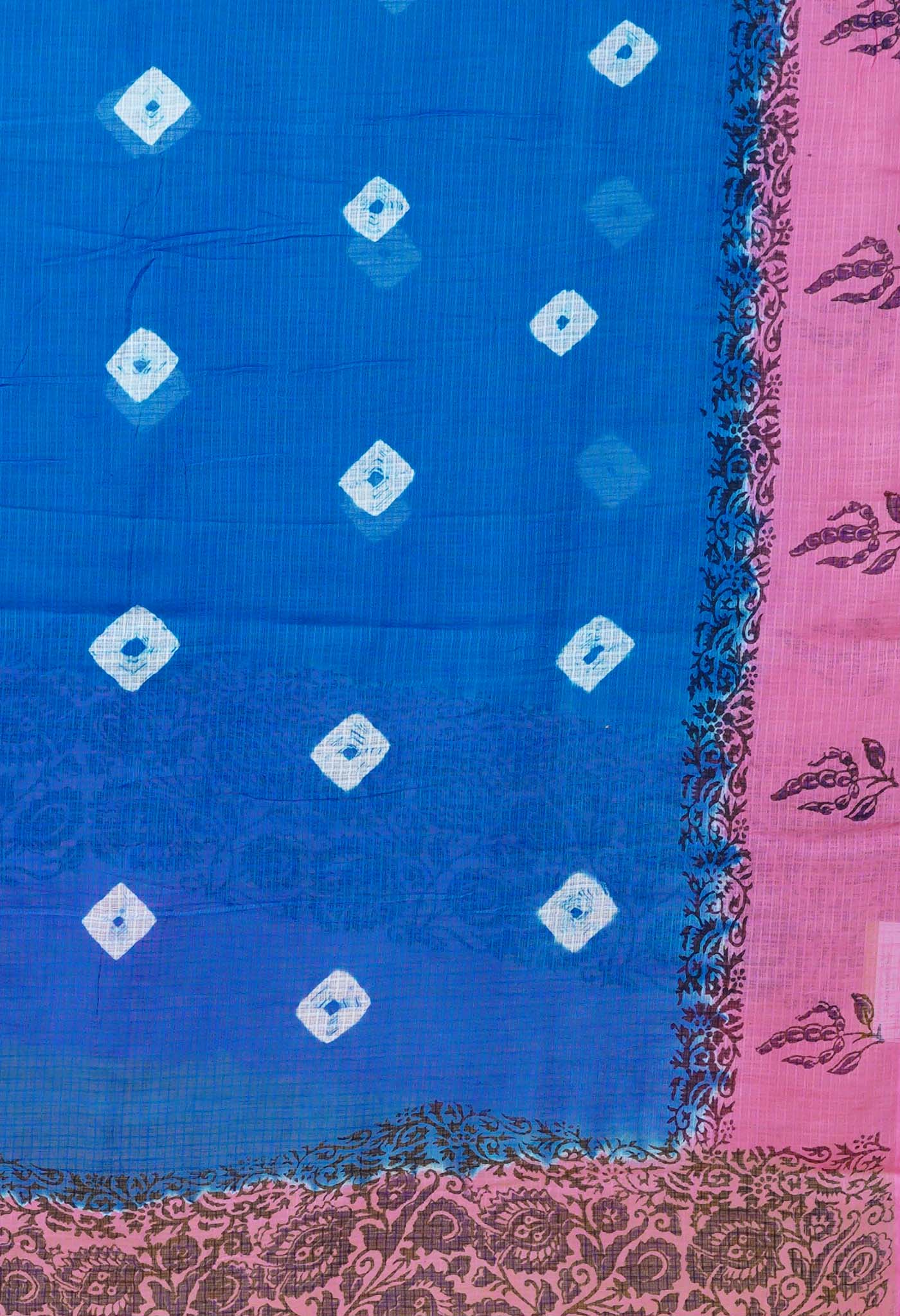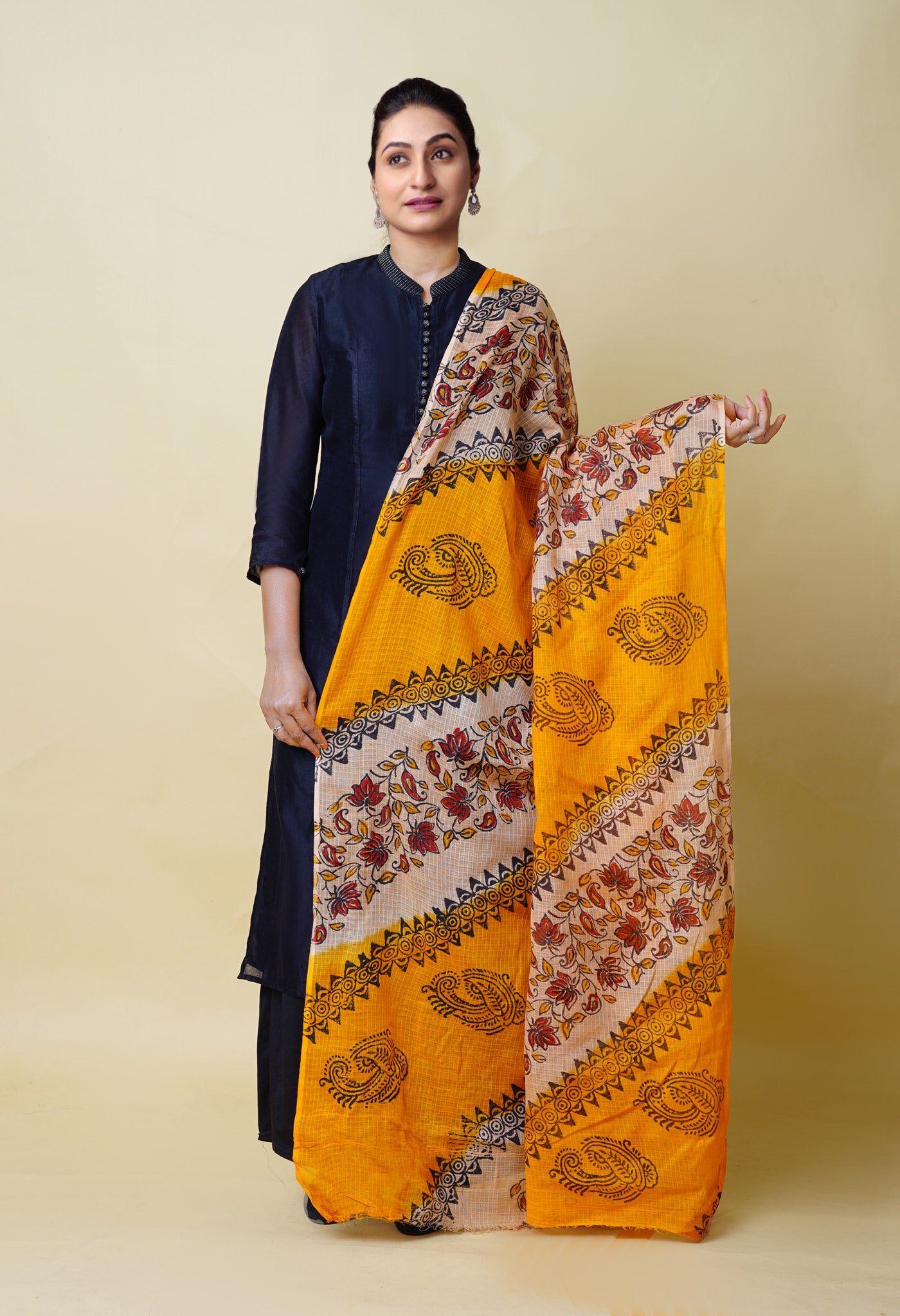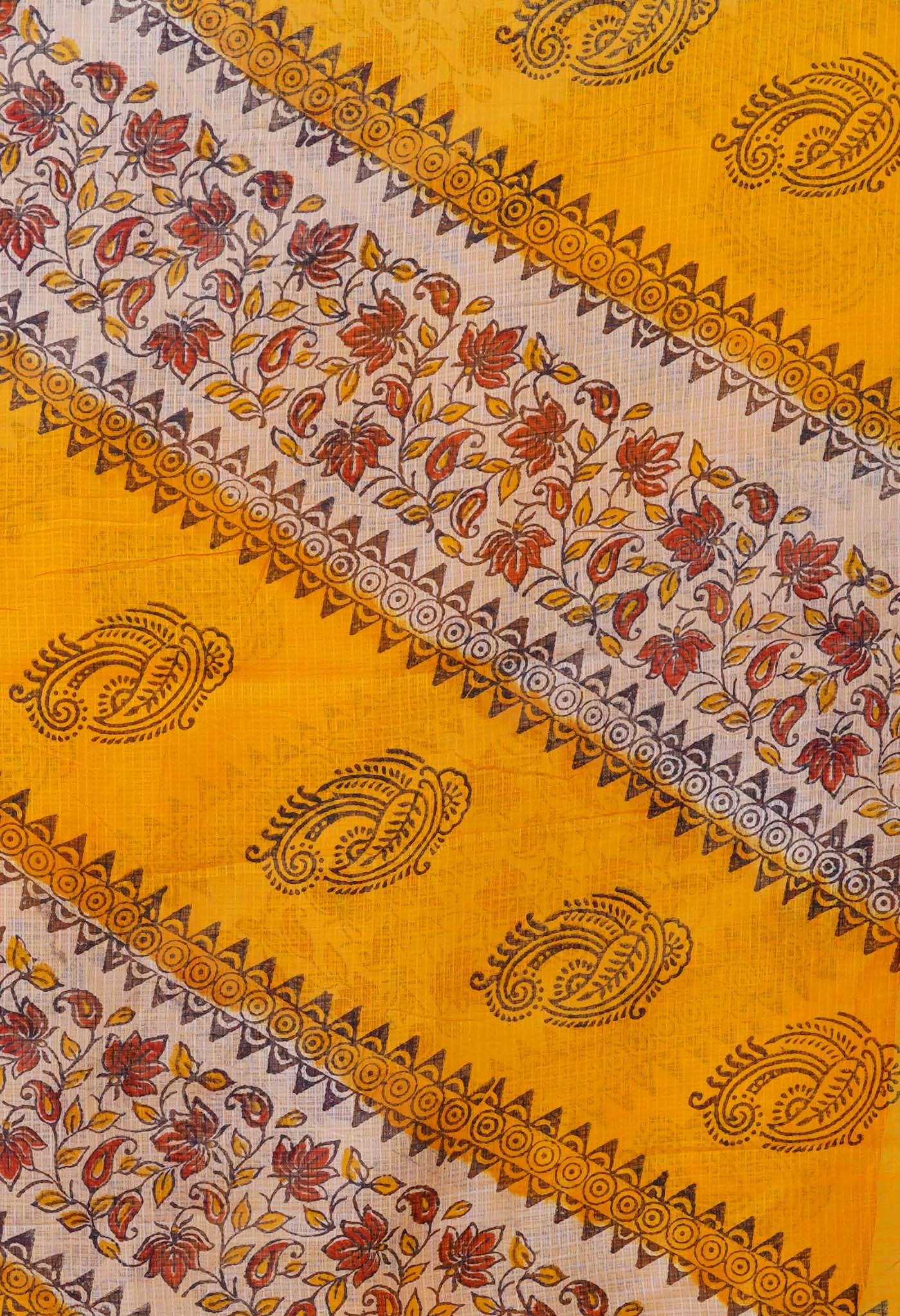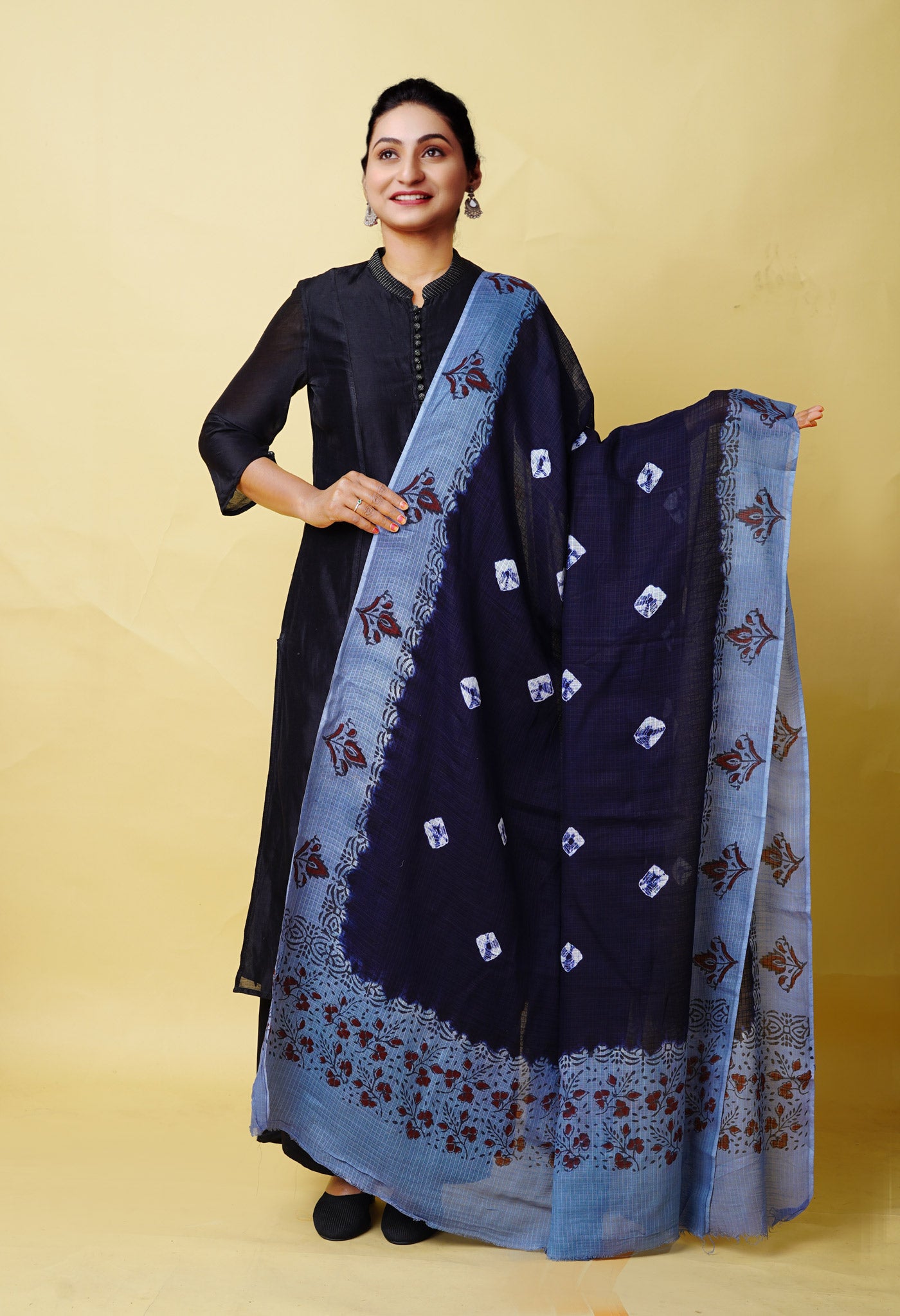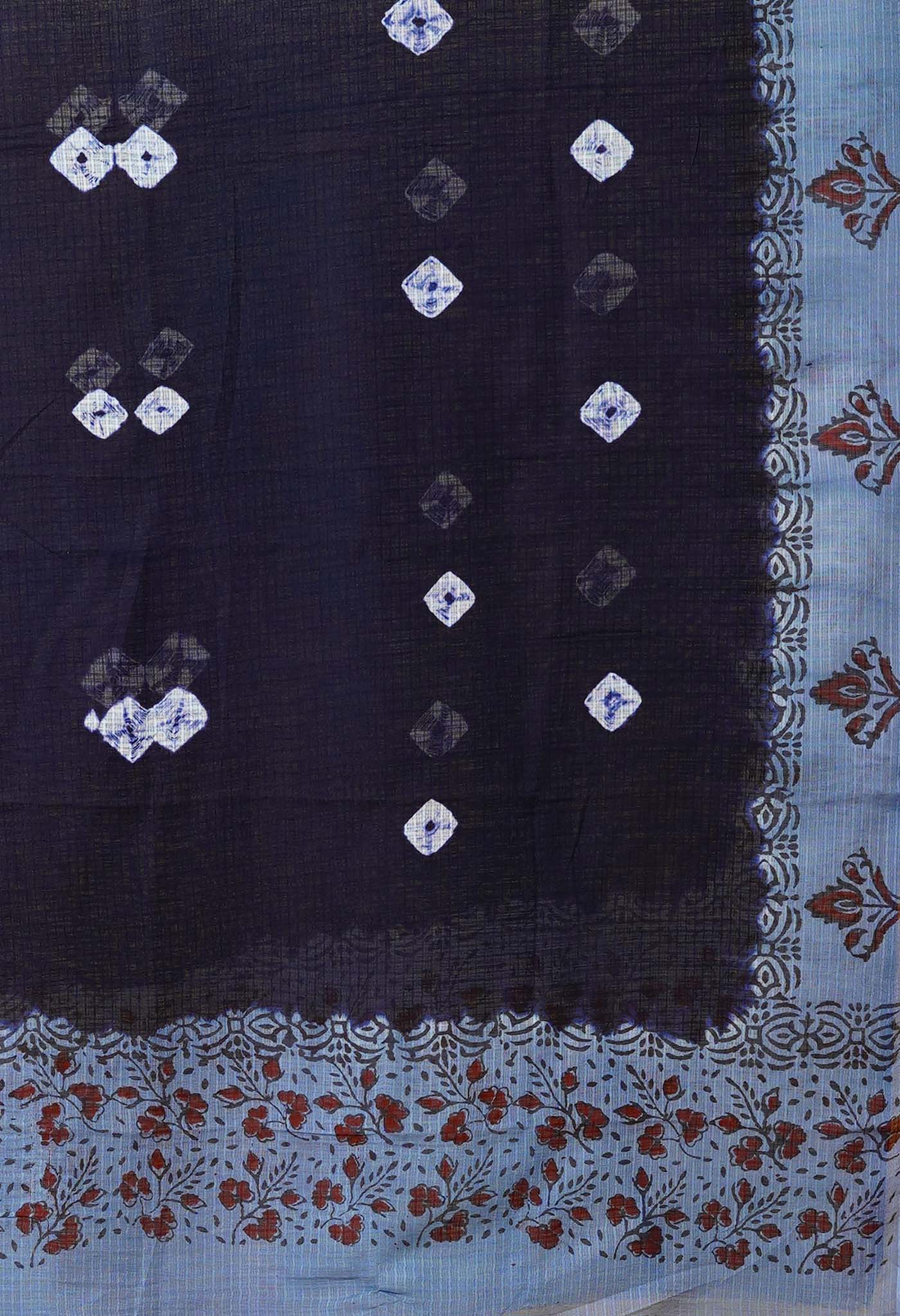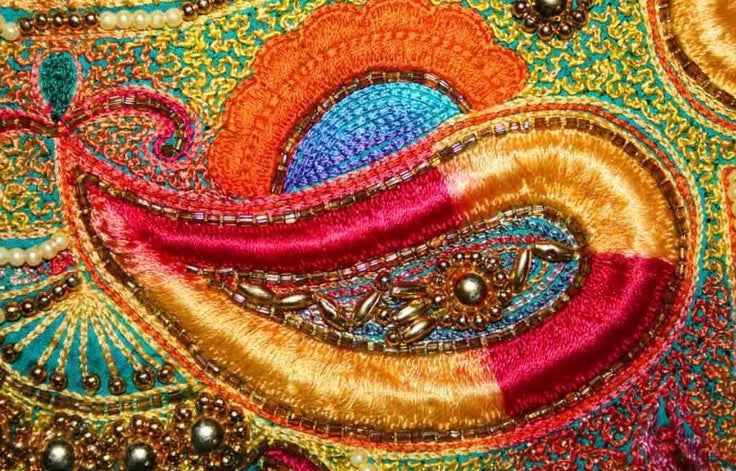
Aari Embroidery – a fine tradition, an exquisite art

For a minute and intricate thread work by hand that has exemplified artistry, encouraged in the times of the Mughals, Aari work has managed to continue since then till date to be one of the finest means of decorating exclusive fabrics. Aari work with suitability for intricate detailing was favored by the royals for the motifs stood out on the fabrics and the workmanship was exceptional.
The people involved in Aari Work
Today Aari work is found to be practiced in certain regions across India. Hyderabad, Lucknow, Rajasthan, Kutch, Uttar Pradesh, Delhi are centres for aari work with their individual styles and nuances.
A very much fine and intricate way of decorating motifs and detailed images, it is surprisingly the Muslim cobbler community that has practiced and brought refinement and elegance to this age old craft.
[/vc_column_text][/vc_column][/vc_row][vc_row][vc_column width="1/3"][vc_single_image image="9736" img_link_target="_self" img_size="500*500"][/vc_column][vc_column width="1/3"][vc_single_image image="9740" img_link_target="_self" img_size="500*500"][/vc_column][vc_column width="1/3"][vc_single_image image="9741" img_link_target="_self" img_size="500*500"][/vc_column][/vc_row][vc_row][vc_column width="1/1"][vc_column_text]
The art or special features of Aari
Designs are mainly from Mughal times and the use of the Aari or hooked needle has given it its name.The designs are of Mughal origin, and the art flourished under the patronage of the Mughal court. The main tool used in this style of embroidery is the aari, a hooked needle, from which the style gets its name. By using unusual styles and subtle gradations of color the figures and motifs in  the designs are highly representational.
the designs are highly representational.
Aari embroidery is primarily known as khatla work. This is because the embroidery is done on a wooden frame that is constructed on the principles of the local khatia or cot. Aari embroidery is said to have originated in Barabanki.
There is a variant of Aari practiced by the Rabari tribe in the Kutch region of Gujarat. This too is with the Aari or hooked awl that is generally used by cobblers. The embroidery is in fine chain stitches.
[/vc_column_text][/vc_column][/vc_row][vc_row][vc_column width="1/4"][vc_gallery type="image_grid" interval="3" images="9747,9746" onclick="link_image" custom_links_target="_self"][/vc_column][vc_column width="3/4"][vc_column_text]
Materials made use of in Aari work
One of the popular and much used materials in aari work is zari or the golden colored metallic thread. Good quality yarn threads in cotton or silk are also used in multiple colors. Accompanying this fine embroidery are the embellishments of Kallavattu, Sitara, Moti or Salma, Dabka, Nakshi, Aara and Gota, beads, sequins etc.
Few tools are required for this special art.
- One is the four cornered frame akin to a cot known as ‘adda’ over which the fabric is tightly stretched and bound tightly at the four corners. This allows several skilled workers to sit at different corners and individually do their portions in the design spread on the ‘adda’. This speeds up the work and allows early completion.
- The second is the Aar / Karchop or the needle. It is similar to the one used in crochet work.
- A pair of scissors to time and again cut the loose hanging threads, after the knots are made.
The arrangement for the embroidery
In the several steps in the process, first comes the tracing. A design that is to come on the fabric is first drawn on fine tracing paper. Next using a drawing pin, small holes are made all along the lines of the design. A mixture of kerosene and robin blue is made and rubbed on all parts of the design, keeping it on the desired portion of the fabric. The mix seeps through the pin holes onto the fabric and the design is now available on the fabric. Those good at free hand are able to do it spontaneously with a light marking pencil on the fabric.
Next the fabric is tightly drawn over the frame and kept taut on all sides. The tension is maintained equally on all sides. Sometimes if the fabric is smaller, then a smaller metal frame could also be used for the tightening of the fabric.
[/vc_column_text][/vc_column][/vc_row][vc_row][vc_column width="5/6"][vc_column_text]
The actual embroidery work on the fabric
-Now a needle with a hooked end with zari (either golden or silver colored) or cotton or silk is pushed through the fabric. The resultant stitch comes across as a chain stitch. Again the needle is pushed through the fabric. The thread is pushed into the hook from behind so that when the needle is pulled up again it comes up with a loop. Again when the needle goes through the loop and comes up with another loop it is through the previous loop. This completes a fine small stitch. The process is repeated till the desired portion or motif is completed.
-Aari work is essentially fine and small or intricate. Beads, sequins, small spirals of gold or silver colored wire may be used additionally to lend sparkle to the dress or fabric.
-Aari work is fast, where individual portions across the stretched portion of fabric can be completed simultaneously. With several people involved the skilled people could take up the detailed motifs while the lesser skilled ones could attempt the simple motifs or the borders.
-After the embroidery is over, the zari threads are beaten down or flattened using a small wooden mallet from the top and a small wooden anvil placed under the fabric. This settles the thread. It gives the worked portion a fuller look.
[/vc_column_text][/vc_column][vc_column width="1/6"][vc_gallery type="image_grid" interval="3" images="9751,9752,9753" onclick="link_image" custom_links_target="_self"][/vc_column][/vc_row][vc_row][vc_column width="1/1"][vc_column_text]
Other decorative features
 Aari work also involves the use of beads and a special needle known as muthia, similar to a crochet needle. Along with the main zari embroidery the muthia is used for trapping kallavattu, sitara (sequins), Moti (pearls), Salma within that. Once that is done the embroiderers are free. The remaining persons involved then complete the finishing work of the garment.
Aari work also involves the use of beads and a special needle known as muthia, similar to a crochet needle. Along with the main zari embroidery the muthia is used for trapping kallavattu, sitara (sequins), Moti (pearls), Salma within that. Once that is done the embroiderers are free. The remaining persons involved then complete the finishing work of the garment.
Aari and Zardozi are both decorative work involving thread work. The difference lies in the way the embroidery is done and the materials used for completing the work. Zardozi work involves dabka ( a special spring type of thread), katori, tikena, sitara which are different from that in aari work. But common to them is the fascinating designs for the embroidery that transport the fabric from beautiful to stunning.
[/vc_column_text][/vc_column][/vc_row][vc_row][vc_column width="1/1"][vc_column_text]Uses of Aari Work
Aari work is decorative work found on bedcovers, cushion covers, purses, handbags, wall hangings and a variety of fashionable fabrics as well.[/vc_column_text][/vc_column][/vc_row][vc_row][vc_column width="1/1"][vc_gallery type="image_grid" interval="3" images="9763,9759,9760,9761,9762" onclick="link_image" custom_links_target="_self"][/vc_column][/vc_row][vc_row][vc_column width="1/1"][vc_column_text]
Changes witnessed over the years
There was a lot of encouragement during the Mughal rule, when the royals encouraged the art. But as time went by the fine work did not receive the appreciation it deserved and there came a gradual decline in the work quality and the designs chosen were very limited. There was a time when aari work decorated both men’s and women’s fabrics but now it is mostly for women’s fabrics alone.
There was a movement in the fashion world some time back towards getting costly fabrics decorated with the fine and intricate work which has slowly caught on. The response to this arty thread work has been a slowly gained hold that is gradually redeeming its lost shine with more and more opportunities to display skill and craftsmanship of yester year period designs.
Unnati Silks and Aari worked sarees
There is a whole new line of lush soft Bhagalpuri Tussar silks in pastel colors with light booti prints (mainly mango) on the field of the saree. Contrast color borders with designs and bootis in aari work look splendid, while the pallu is designer magic with a variety of prints interspersed with aari embroidered motifs in a plethora of colors. You have the lush royal looking Kanchipuram silks that speak of creative wide borders with designer fare and pallus or end pieces with captivating motifs in aari work and sometimes a creative thematic representation from the epics on the pallu that makes the saree look exceptional. A unique, fancy, exclusive collection of Traditional, Wedding, bridal attire, stylish, party, trendy fashion that is worth exploring, worth buying.
[/vc_column_text][/vc_column][/vc_row][vc_row][vc_column width="1/1"][vc_gallery type="image_grid" interval="3" images="9784,9771,9772,9773,9775,9774,9785,9783,9776,9777,9778,9780,9779,9781,9782" onclick="link_image" custom_links_target="_self"][/vc_column][/vc_row][vc_row][vc_column width="1/1"][vc_column_text]
Aari work has once again been put on track, thanks to the world of fashion that has given it a much needed booster shot by exploring the virtues of the art in trendy designs and the modern day thematic pallus. It now only needs the encouragement of the market if it has to keep doing good in what holds promise but requires the opportunity to display.
[/vc_column_text][/vc_column][/vc_row][vc_row][vc_column width="1/1"][vc_cta_button call_text="For Unique Collection of Aari work embroidery collection" title="Shop Now" target="_blank" color="btn-success" icon="none" size="wpb_regularsize" position="cta_align_right" href="http://www.unnatisilks.com/sarees-online/by-work-sarees/online-aari-work-saree.html"][/vc_column][/vc_row]


